Thompson Common
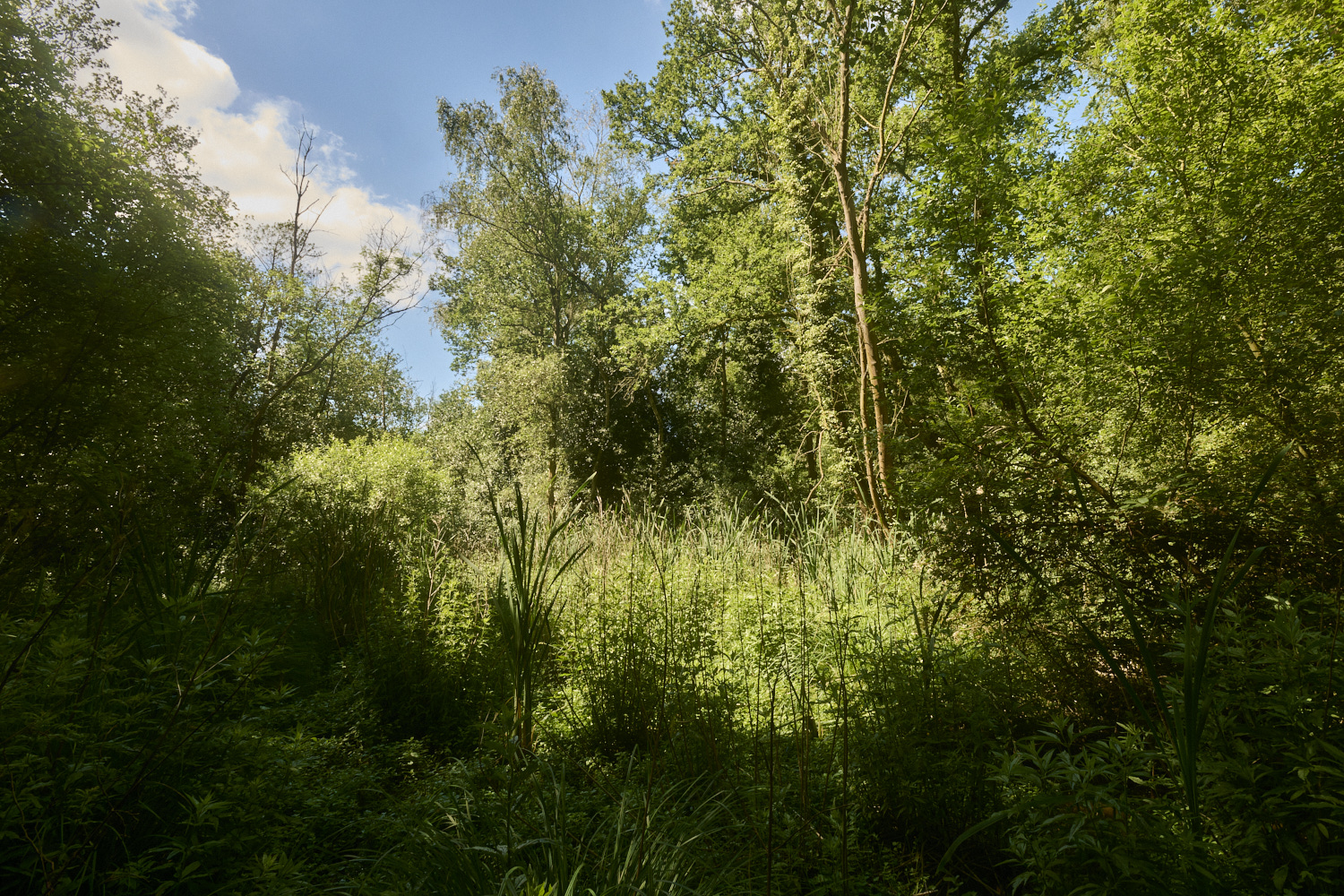
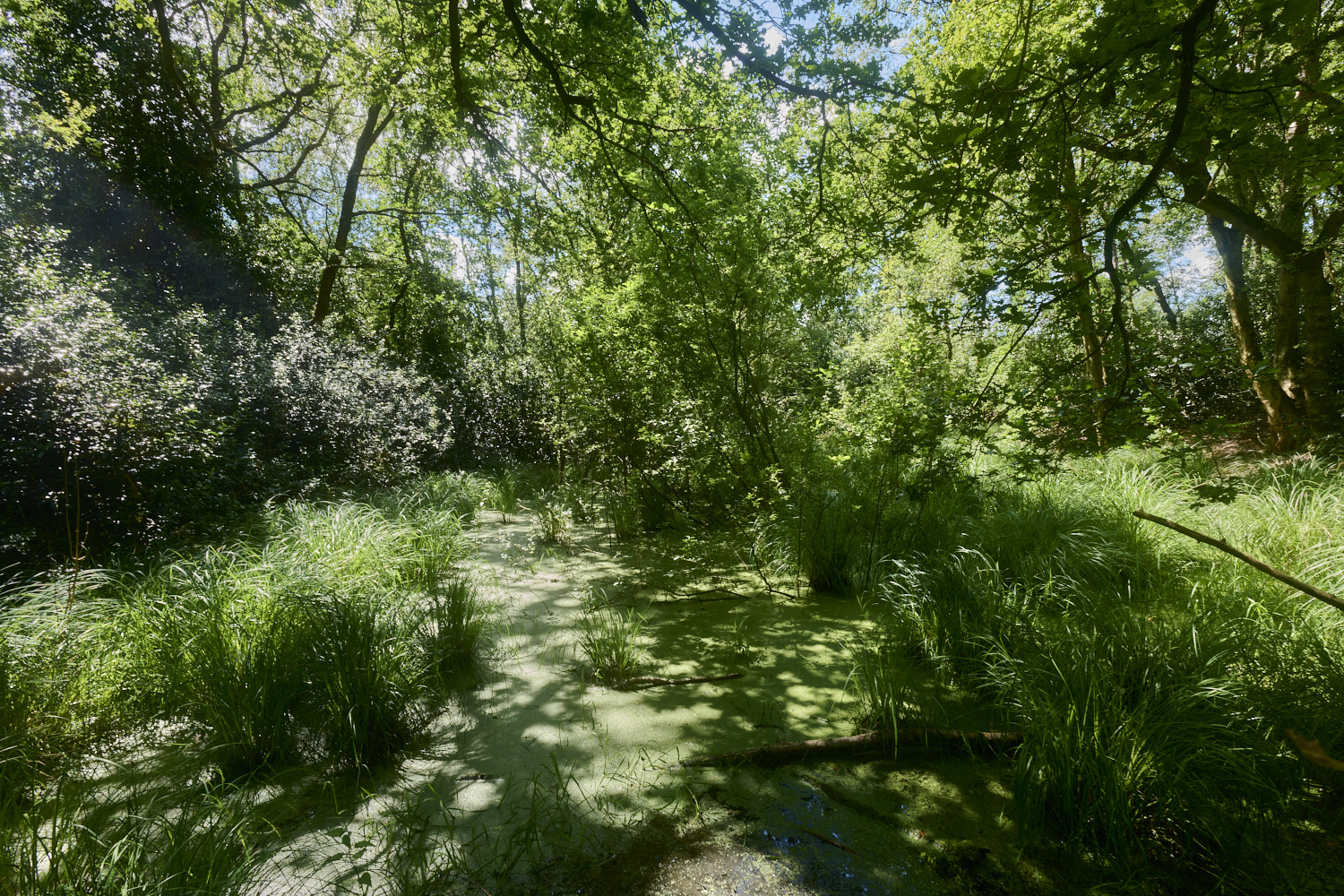
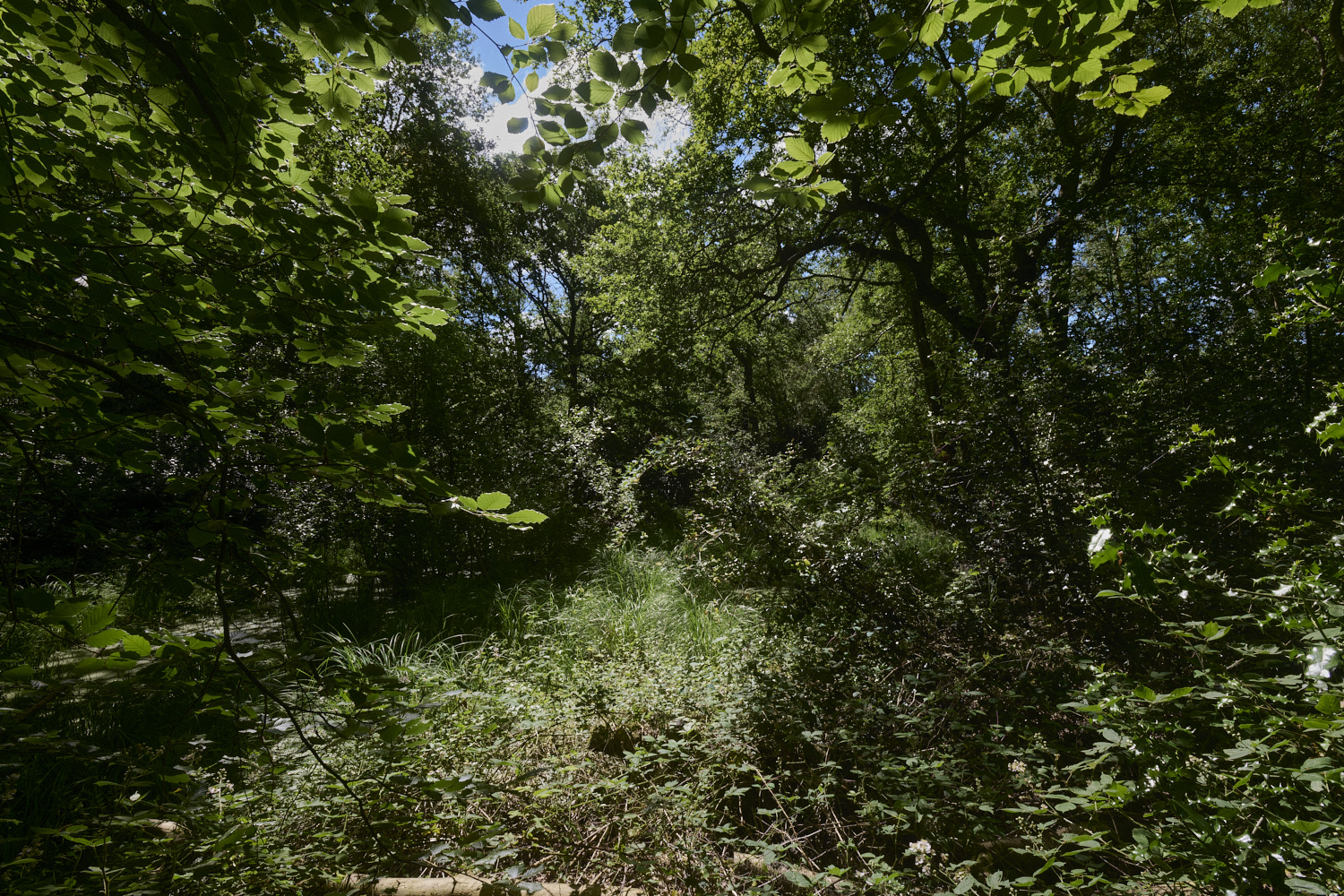
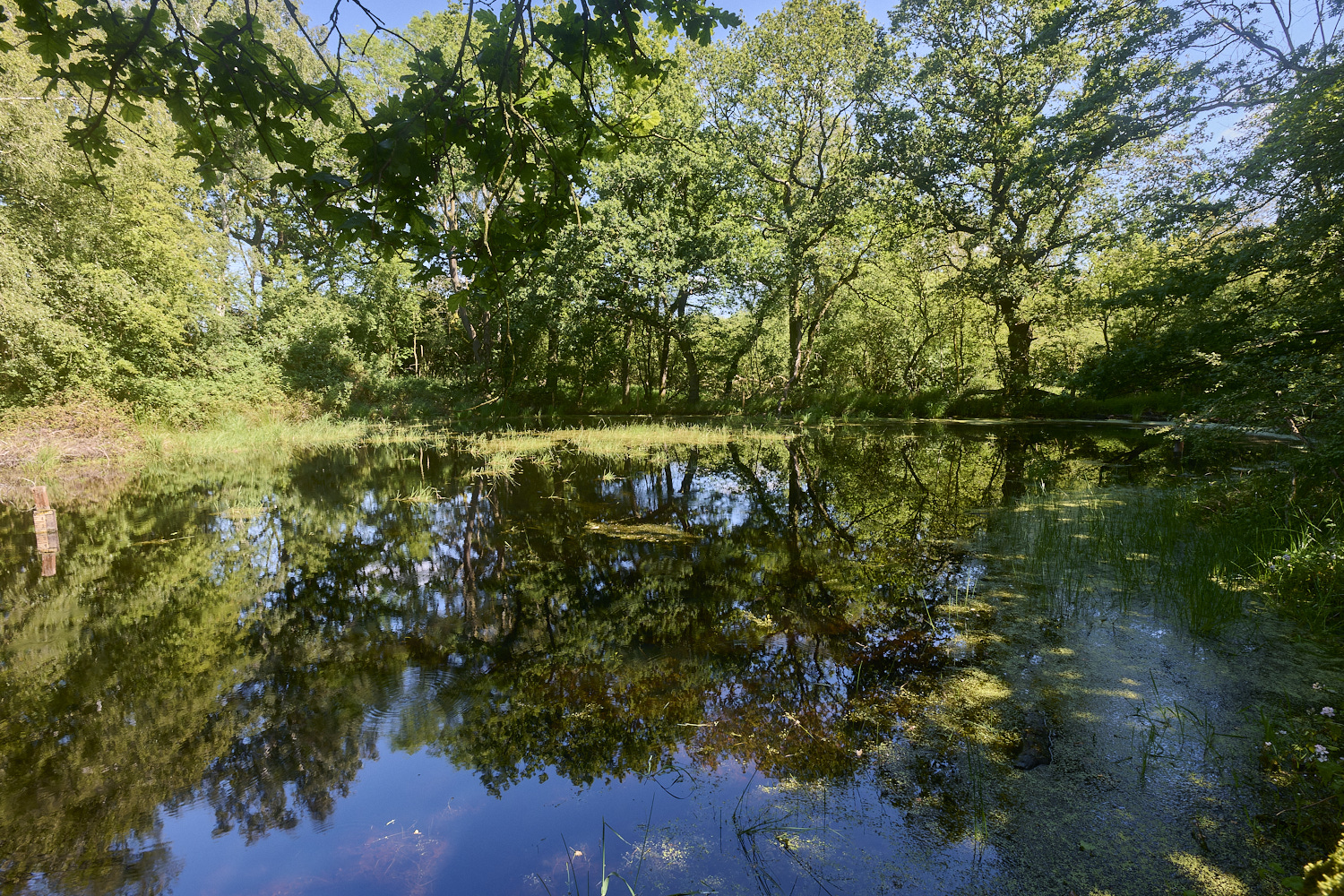
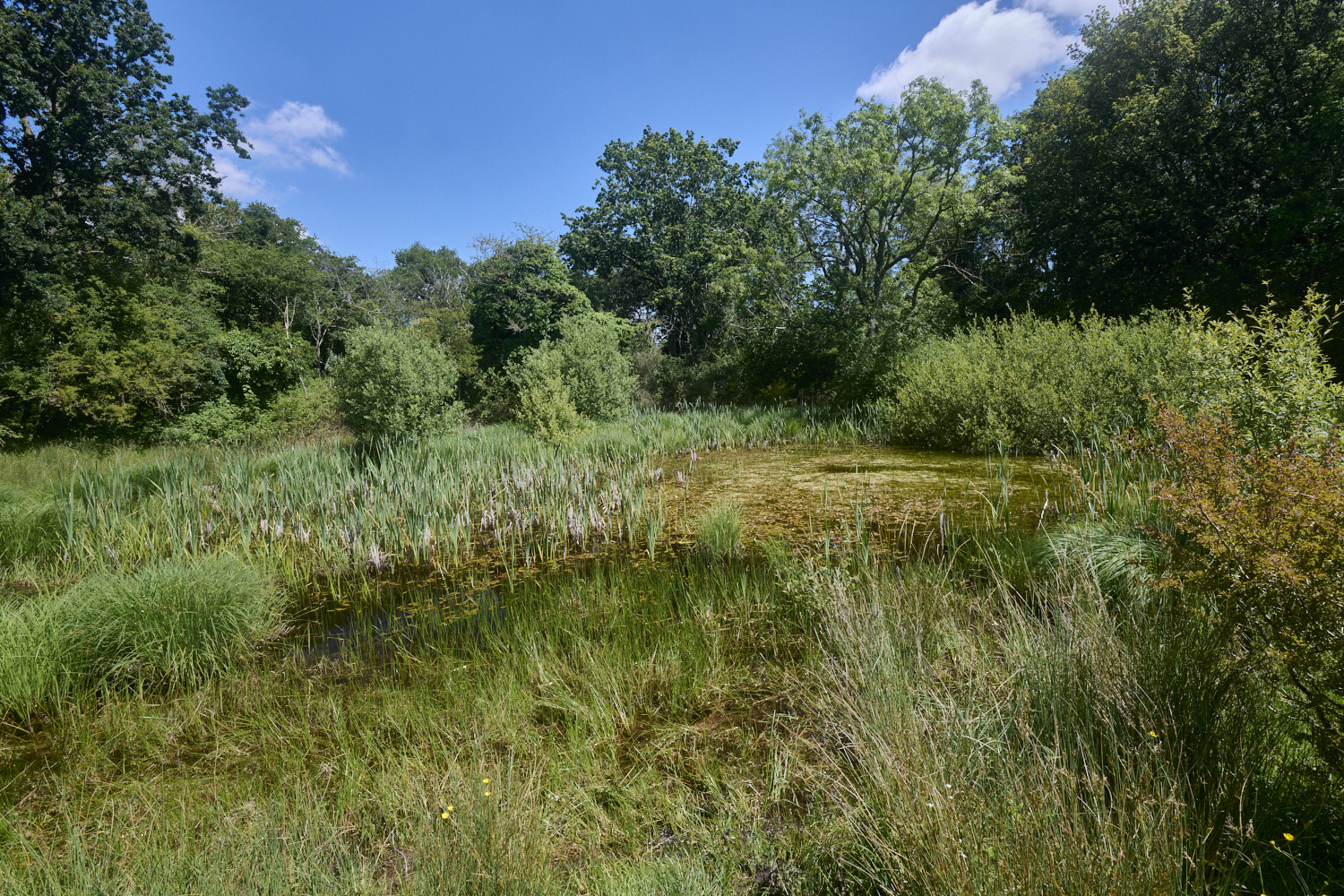
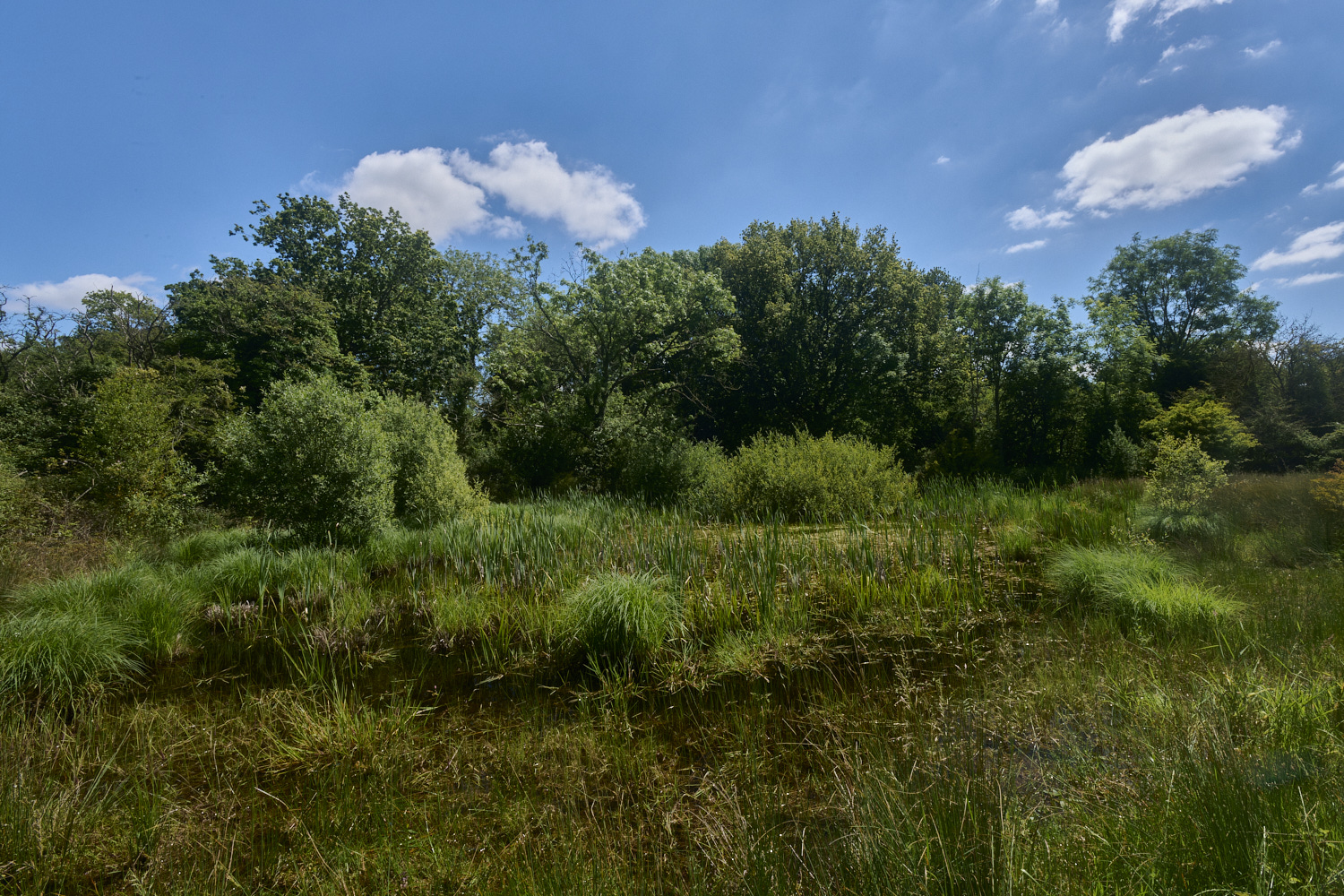
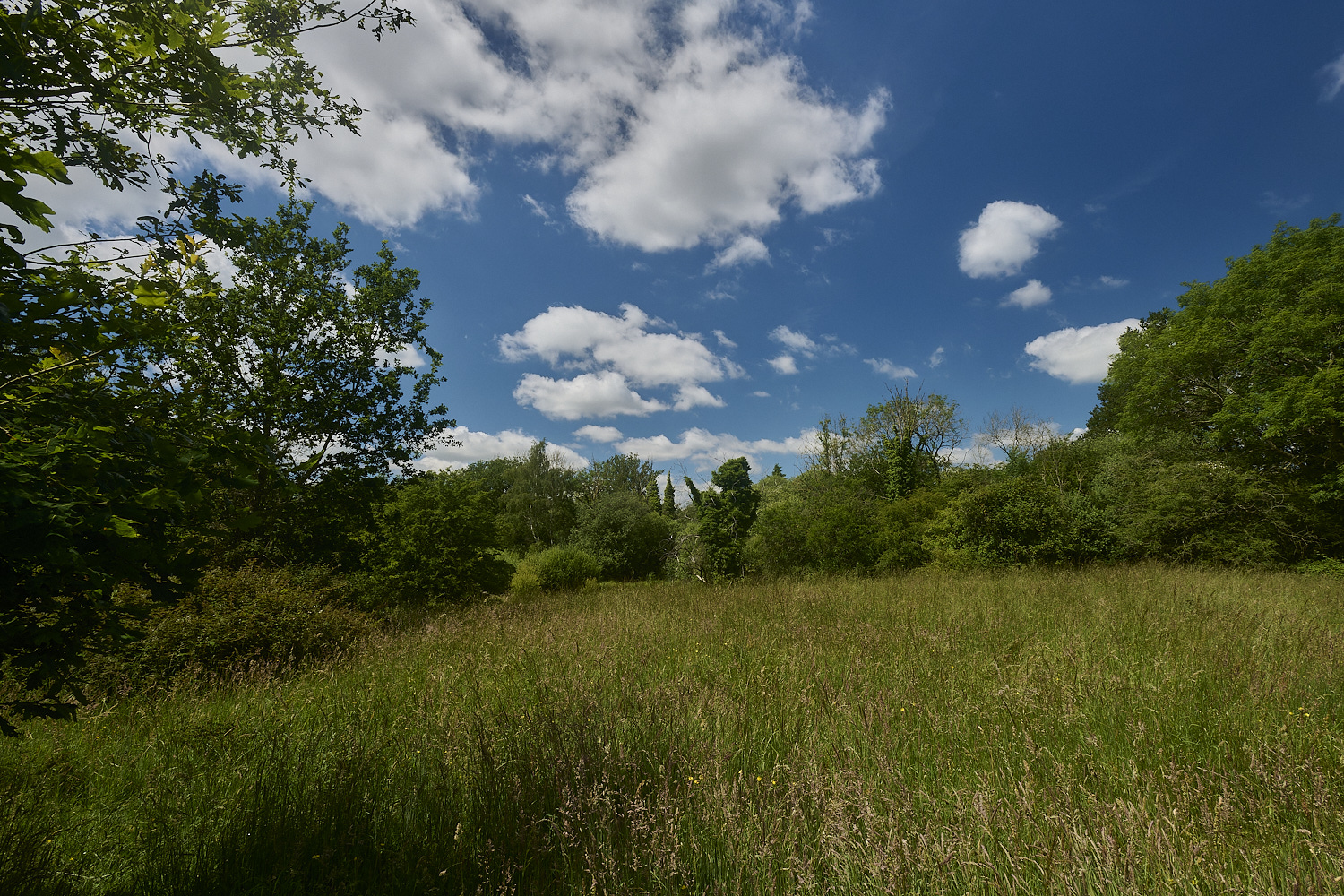
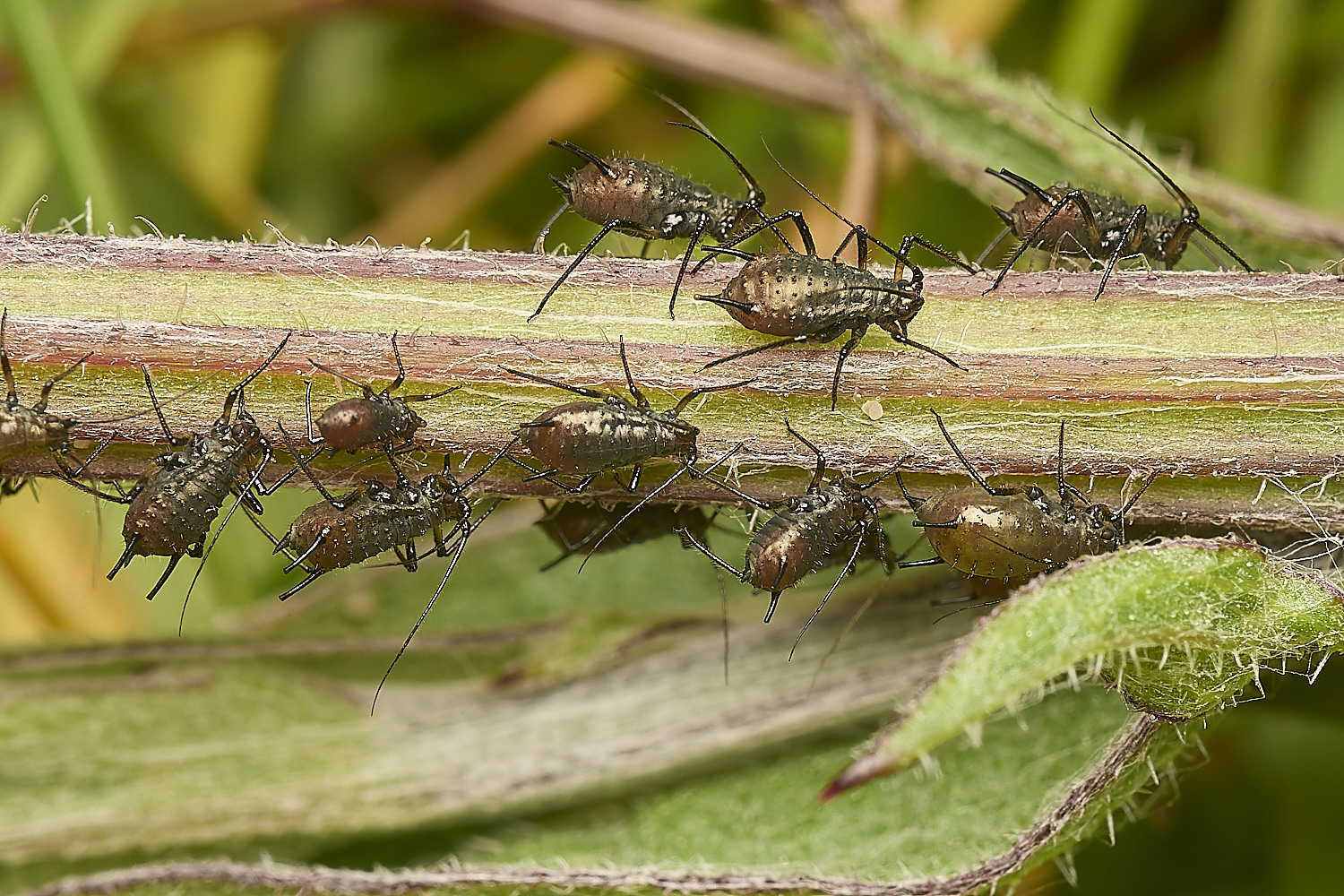
Large Knapweed Aphid (Uroleucon jacae)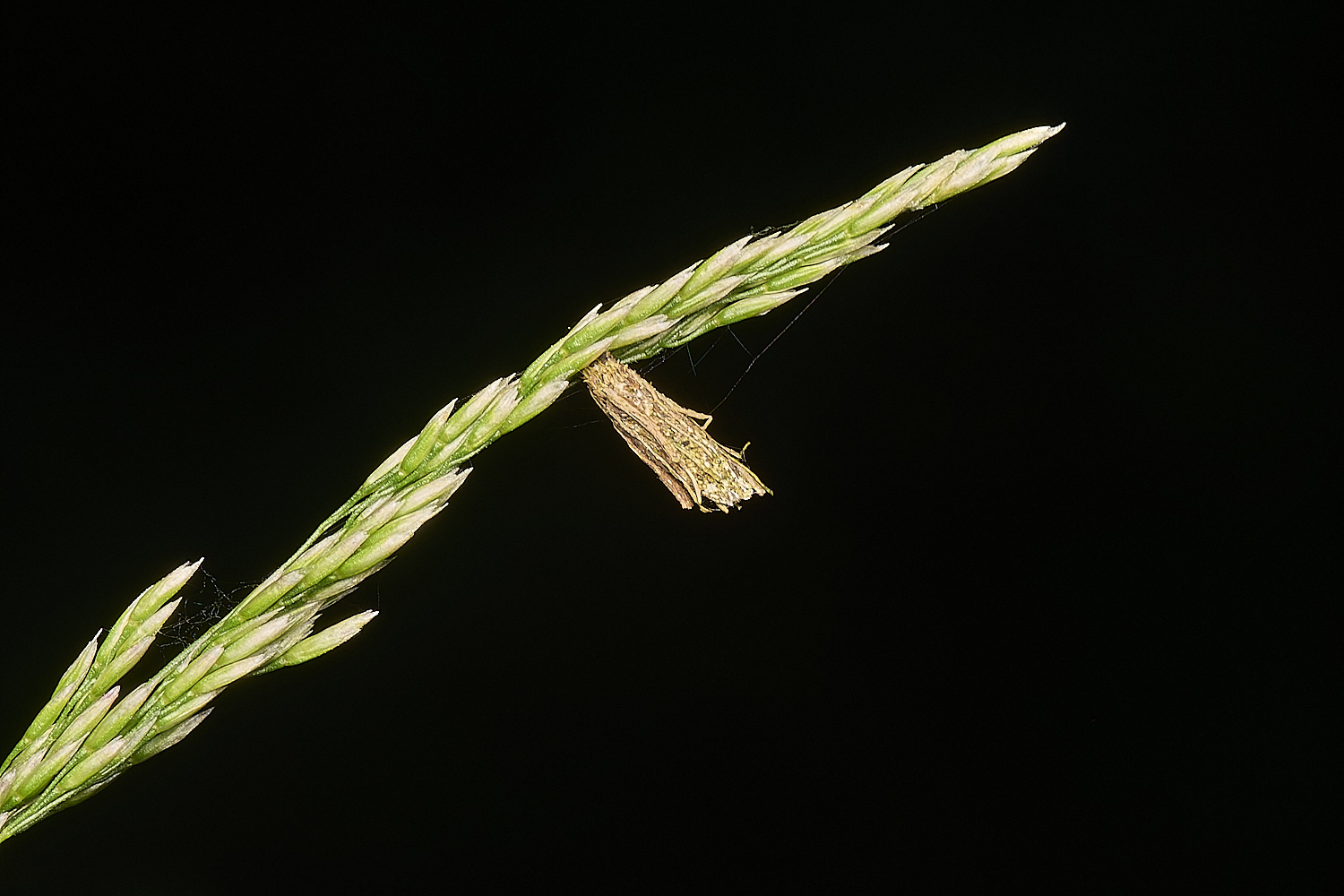
Bagworm Moth Case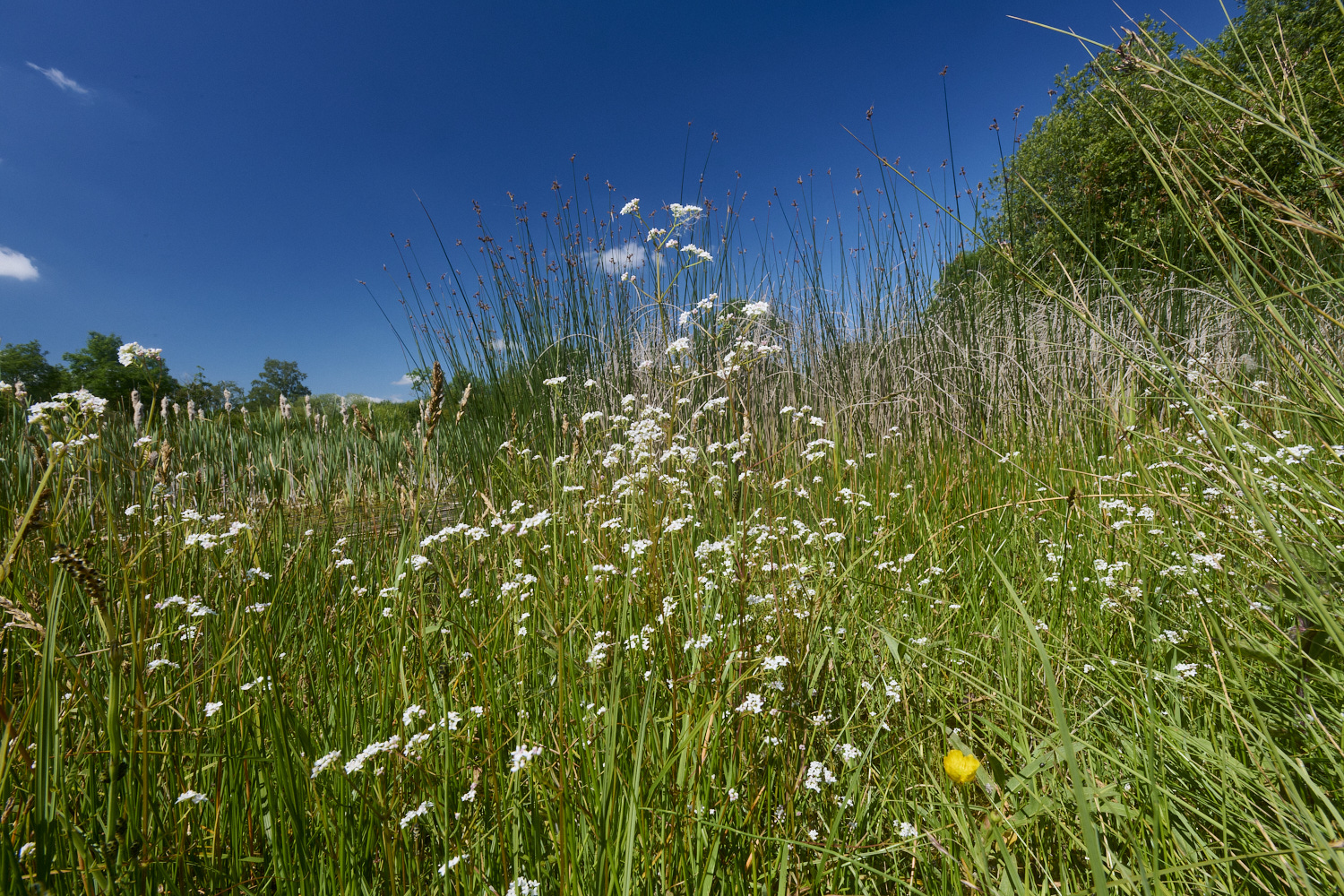
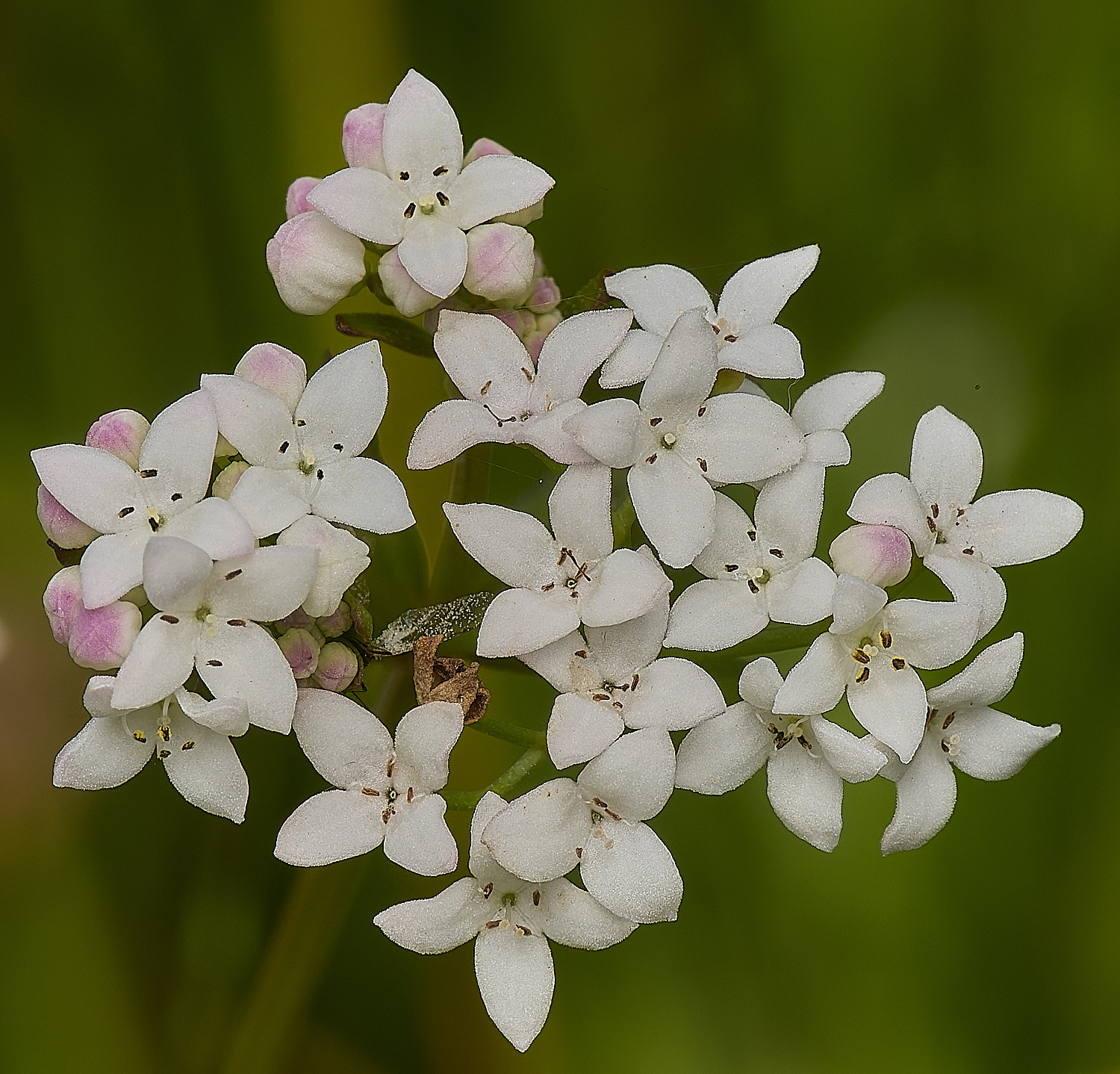
Fen Bedstraw
Prickles on the stem corners & leaf edges.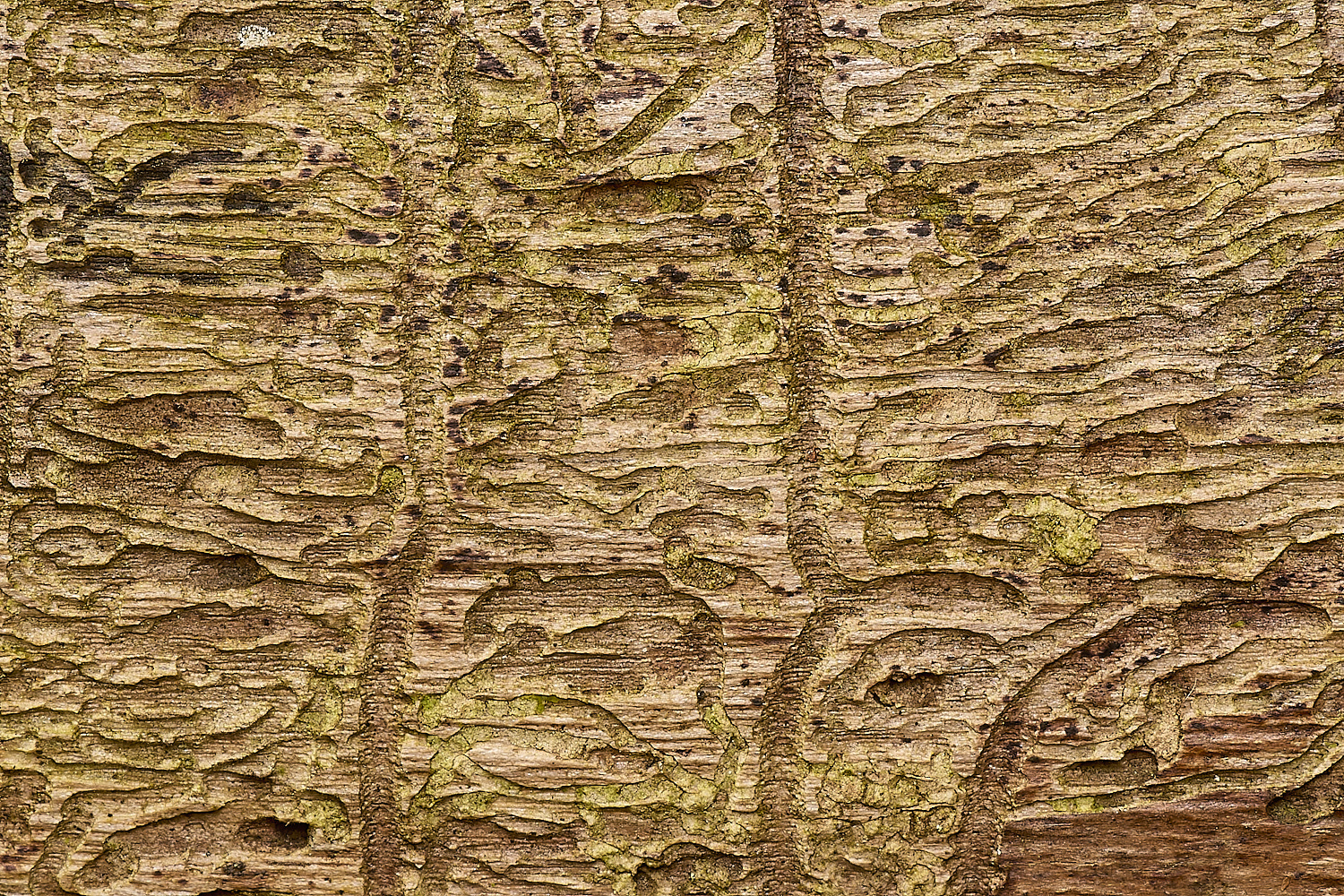
Ash Bark beetle channels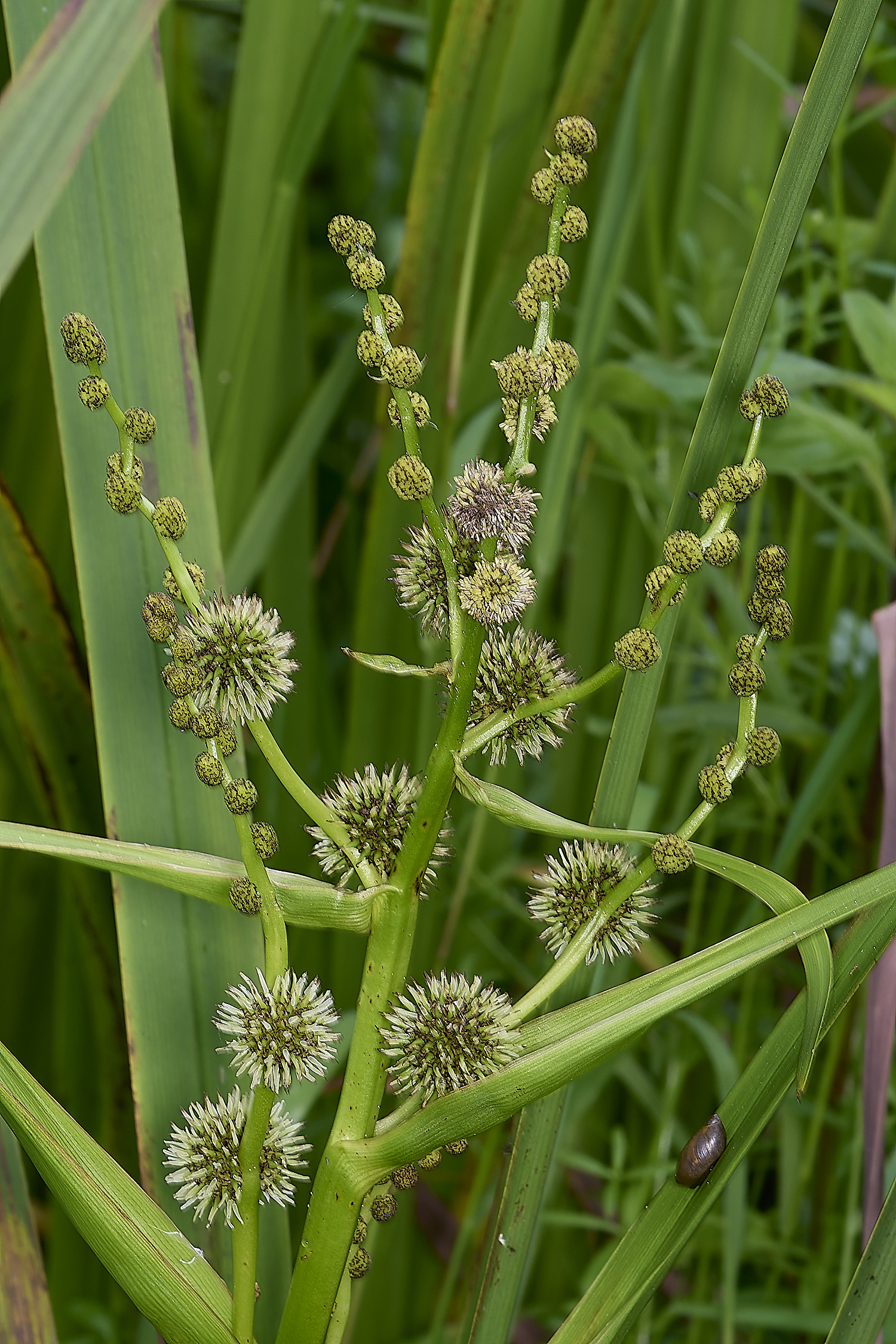
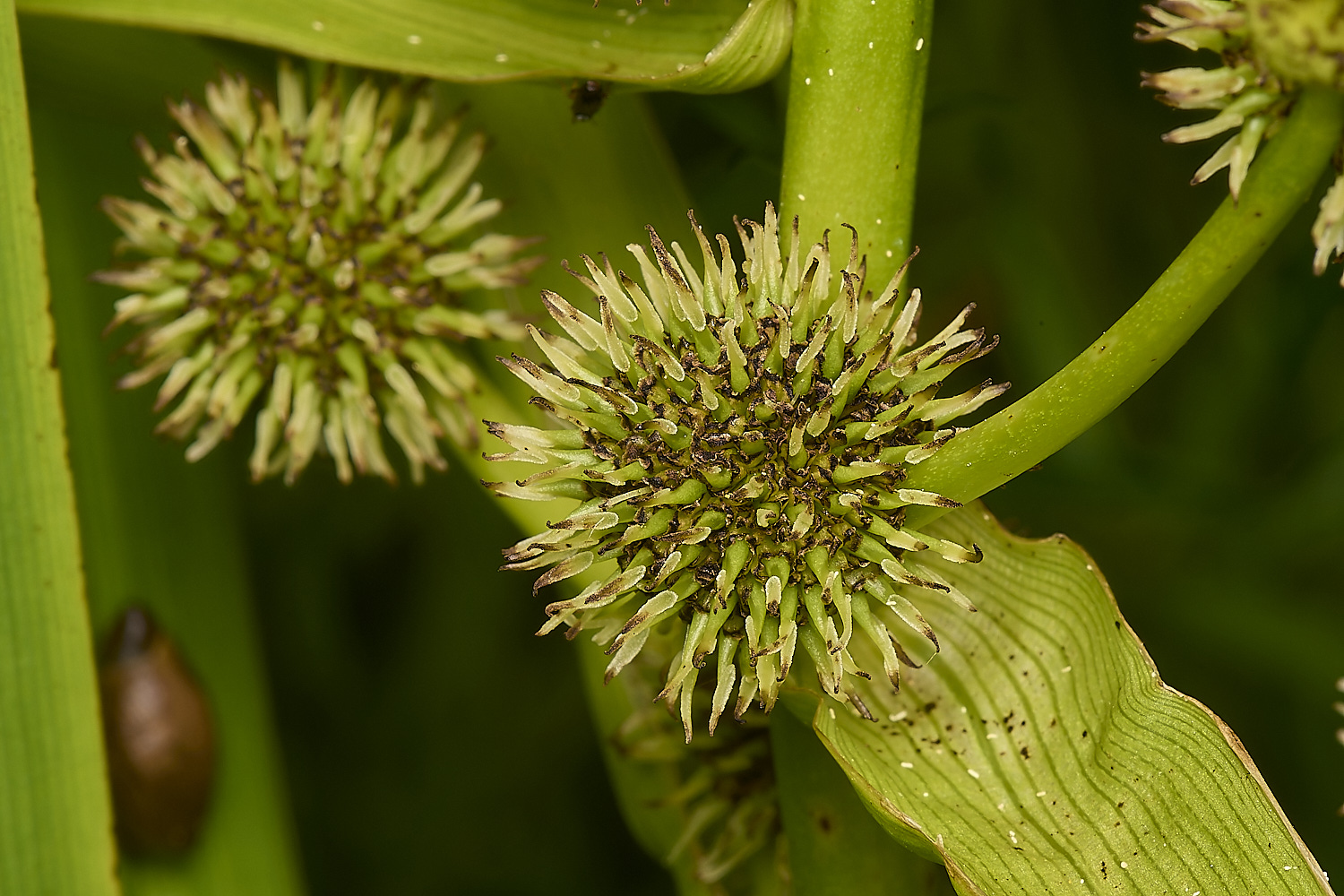
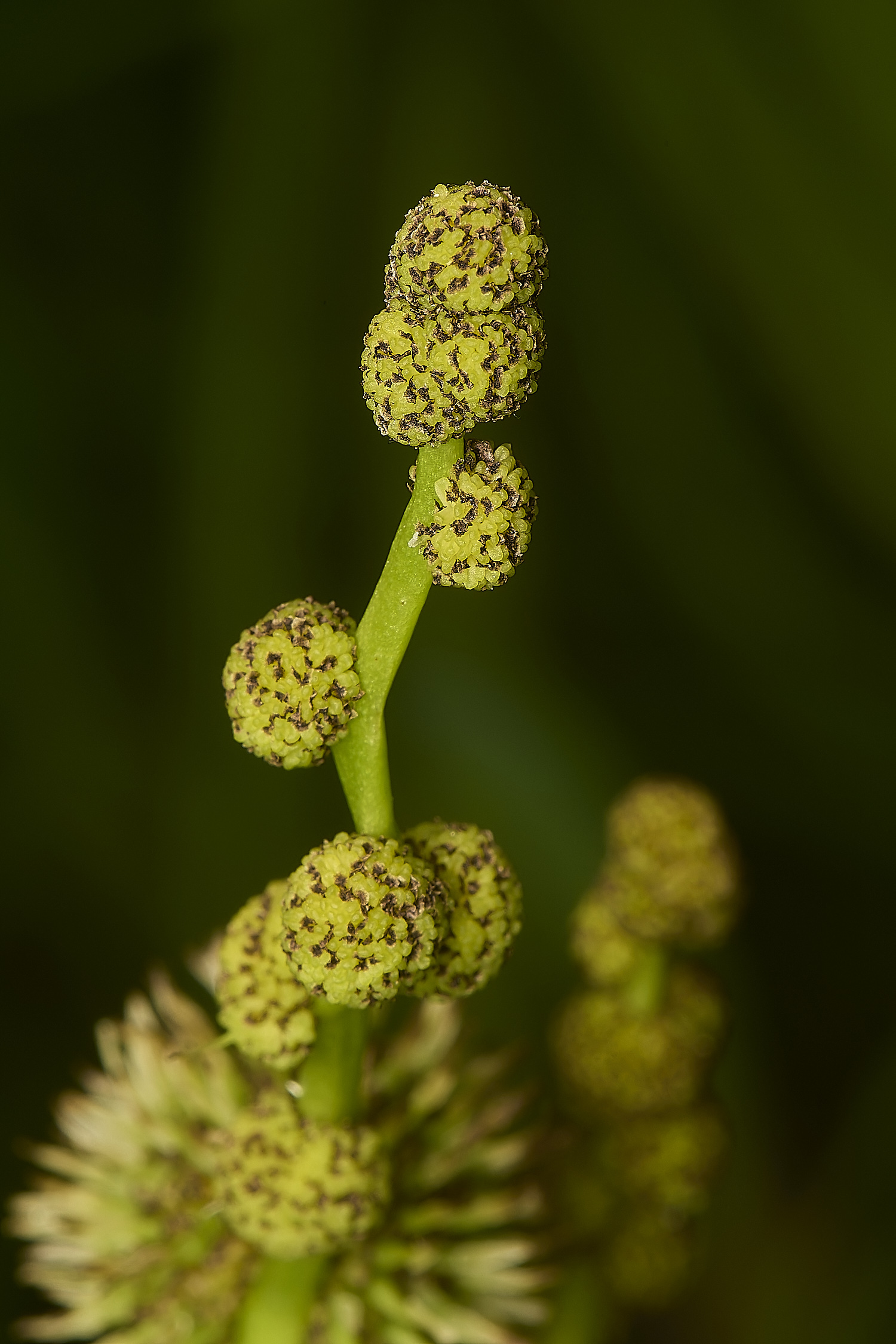
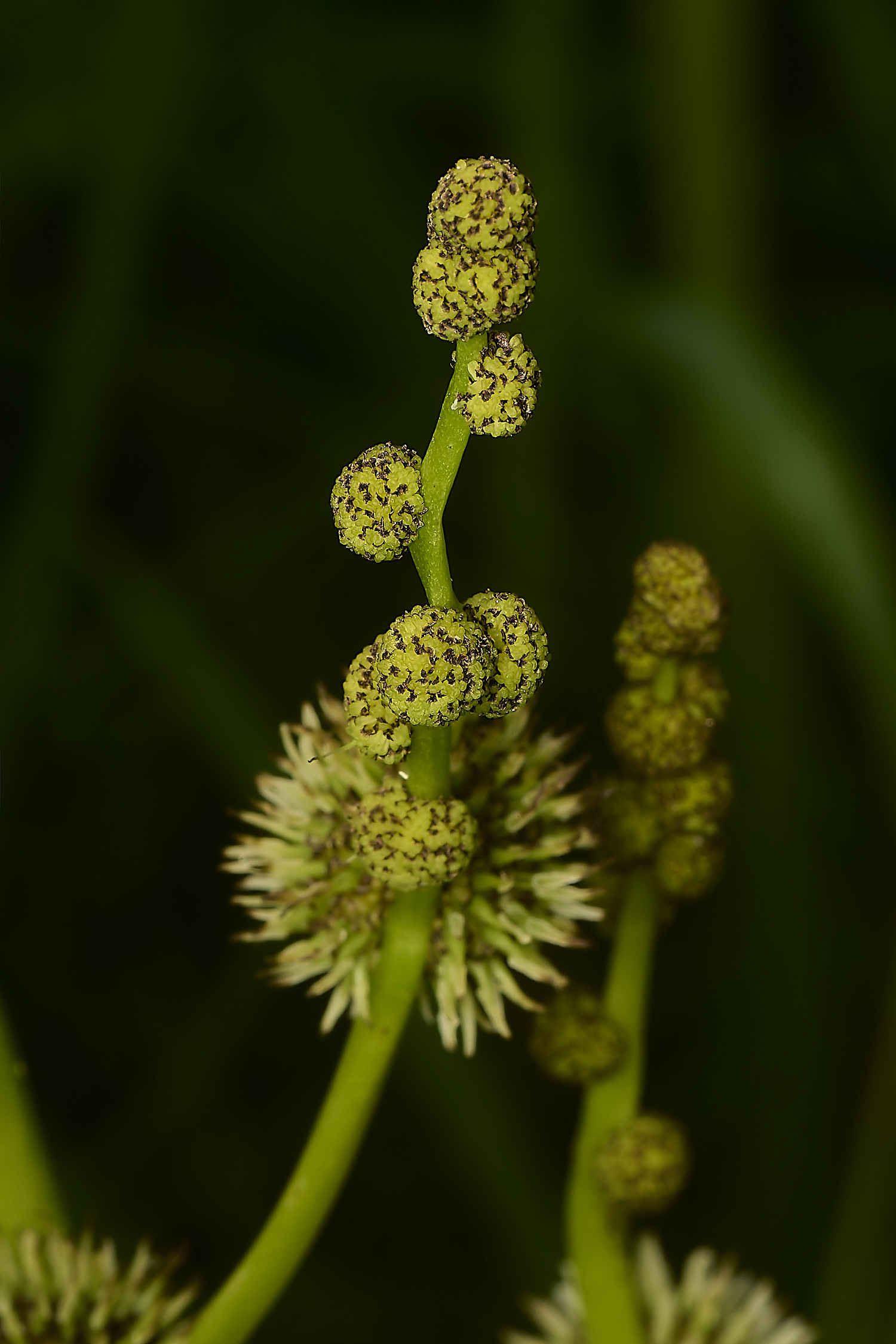
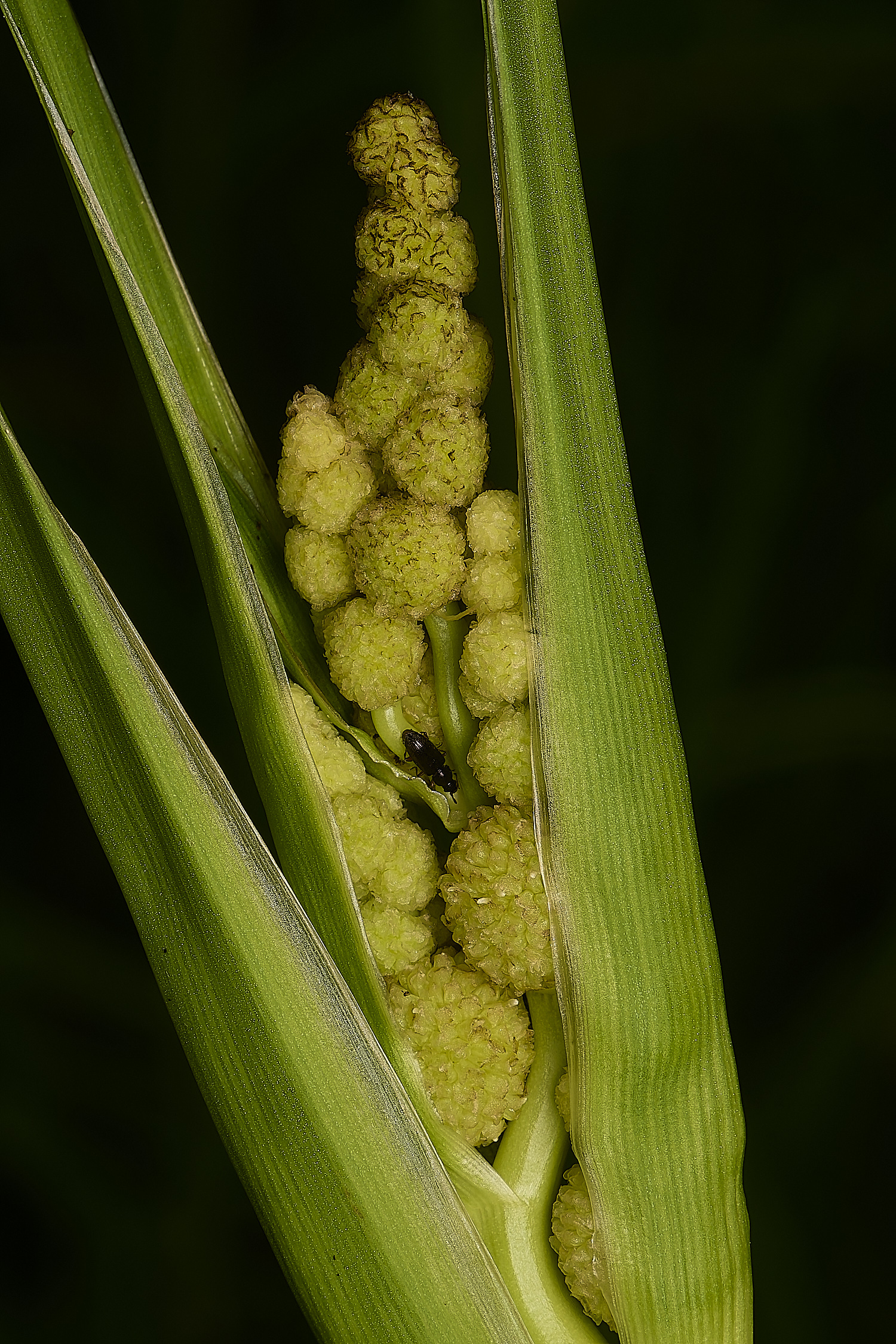
Branched Bur Reed (Sparganium erectum)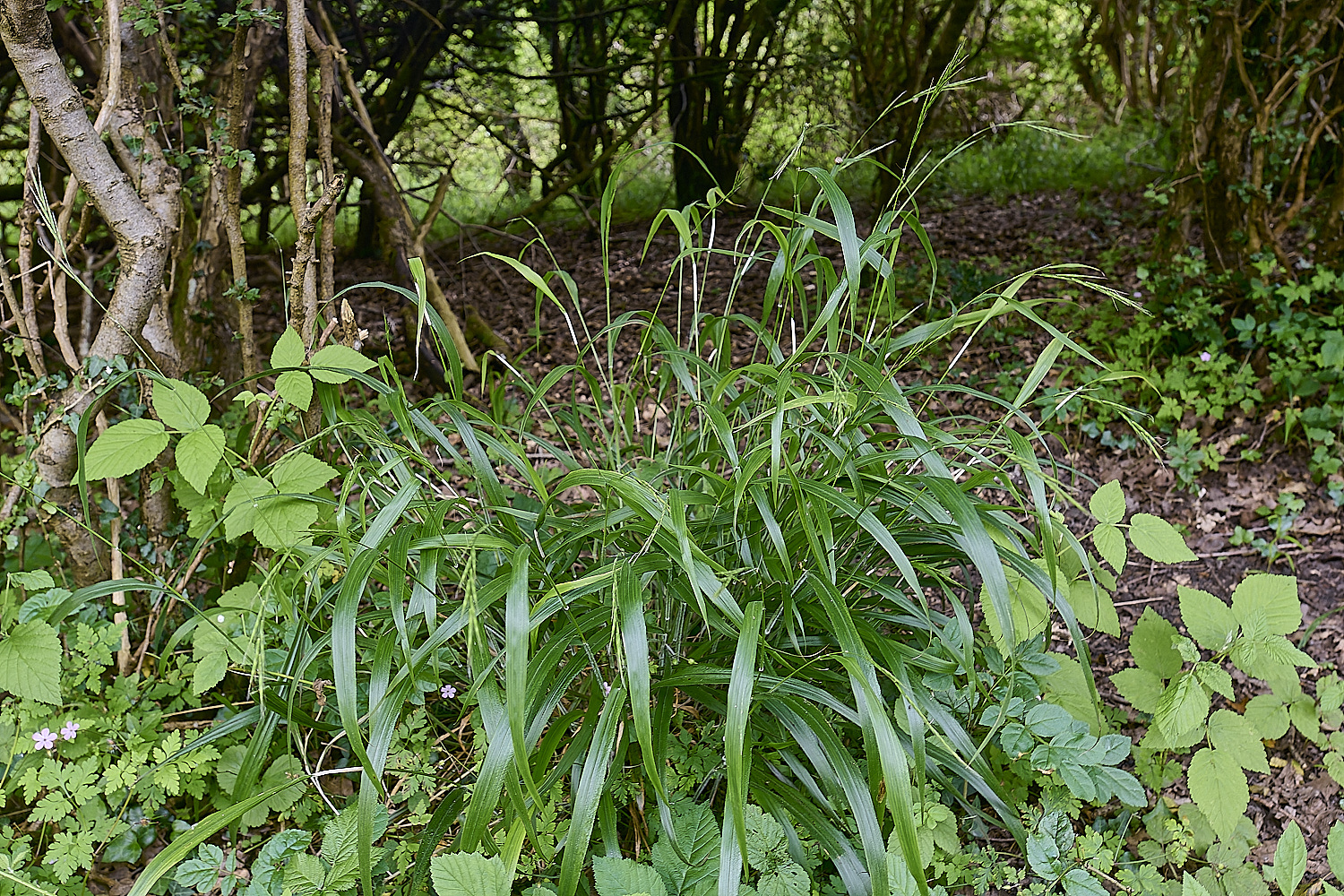
Slender False Brome (Brachypodium sylvaticum) infected with the 'Choke' disease Epichoe sylvaticum
Infected stems will not flower.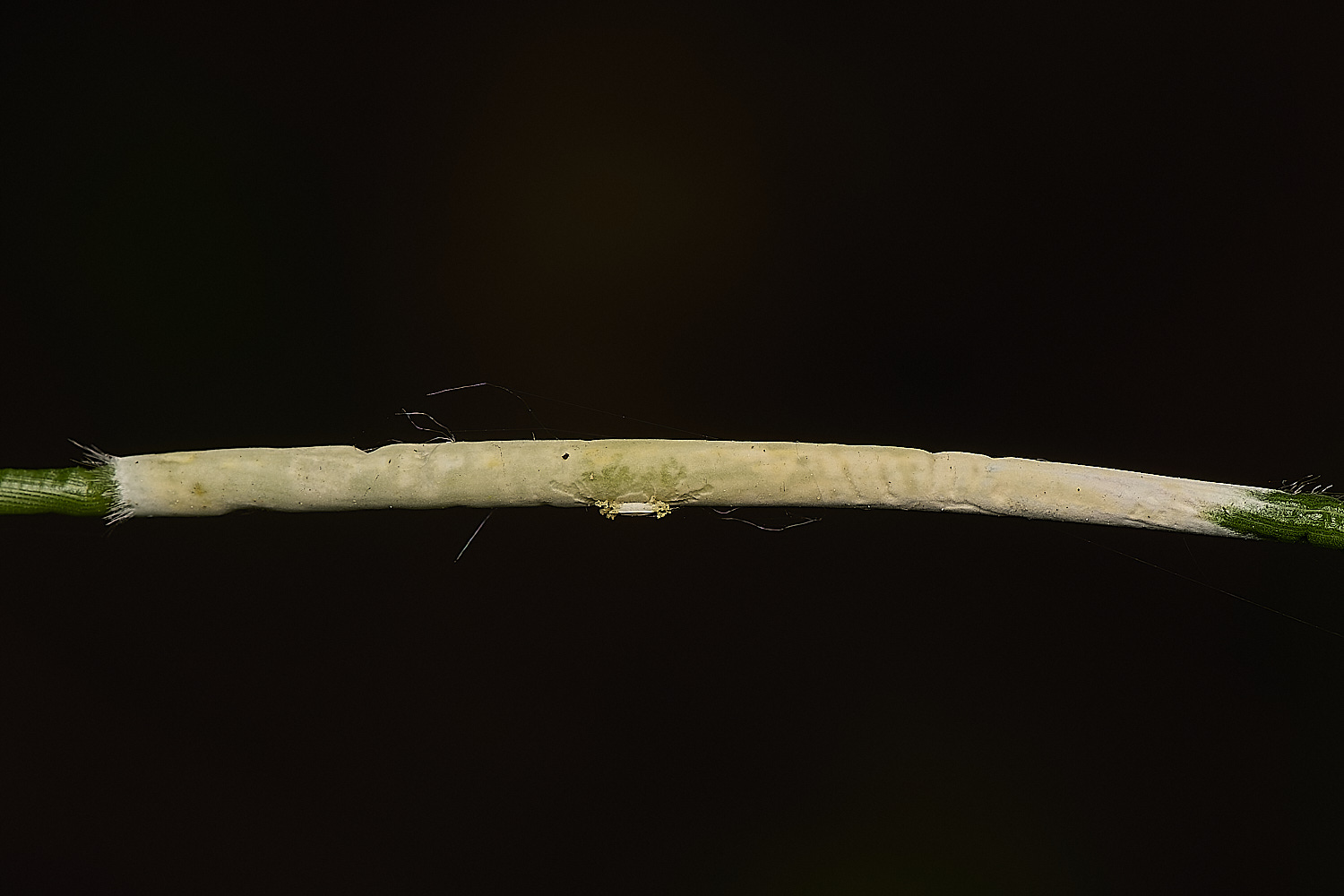
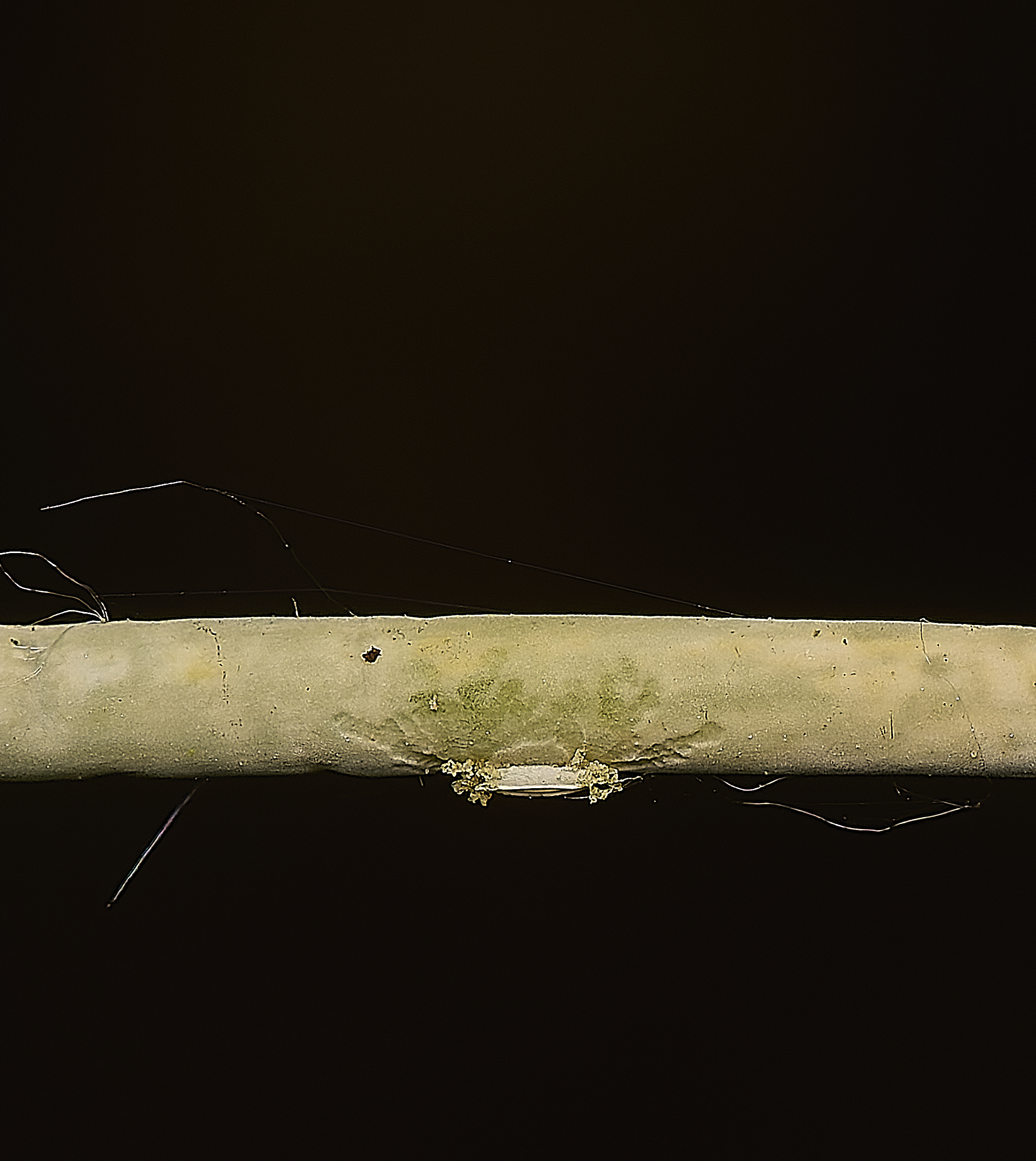
It's just possible this is the larva of a fly from the genus Botanophila.
The fly feeds on the young 'male & female' fungal fruit bodies, ingesting the pollinating substances. It then deposits the mixture
on another fungus when it lays its eggs. This pollinates that fungus enabling it to produce spores and also provide food for the
fly larvae.
You can see detritus at either end of the larva and the area around it where it has been browsing.
Information borrowed from
The Naturalists' Notebook
June 2013
Epichloe sylvaticum.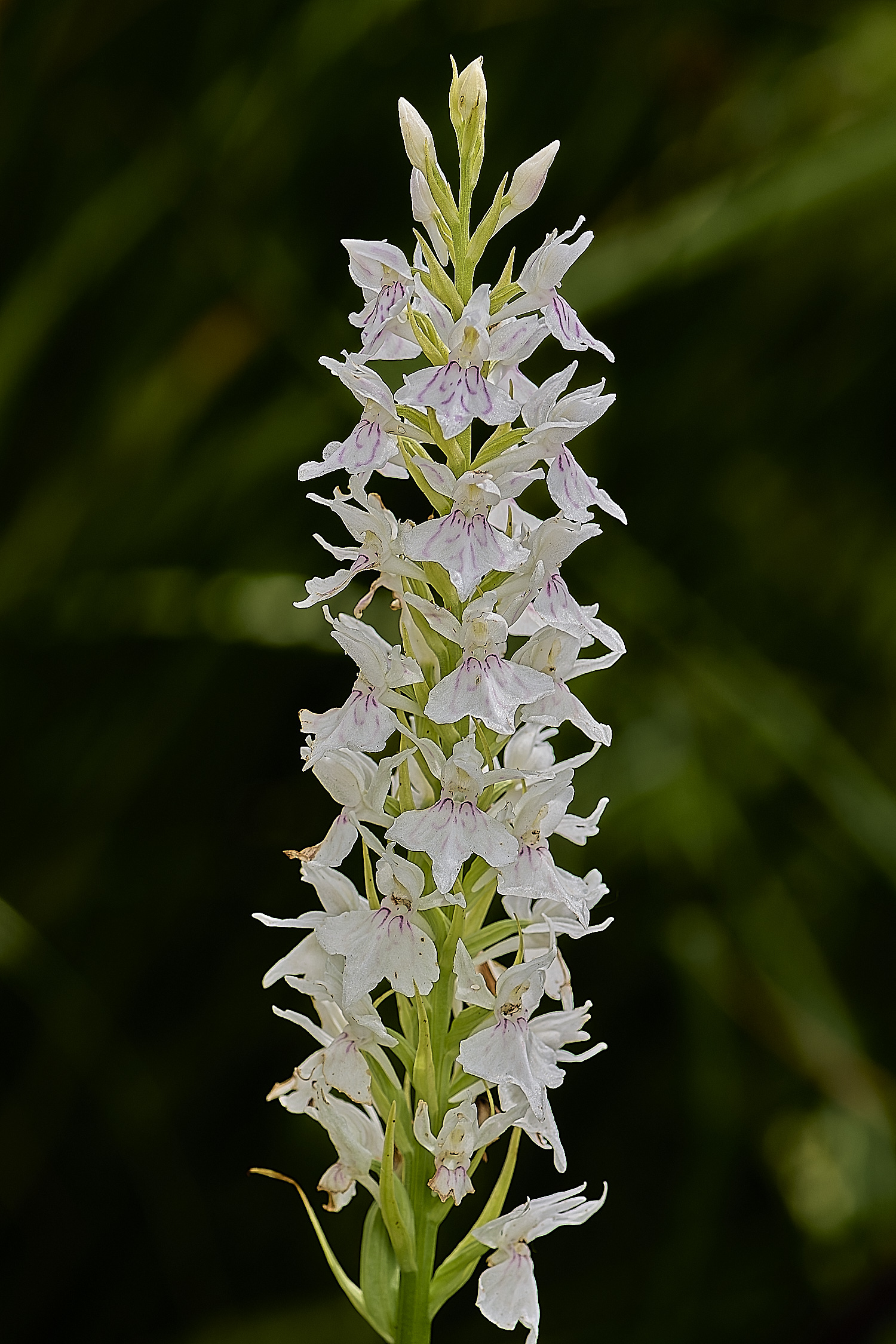
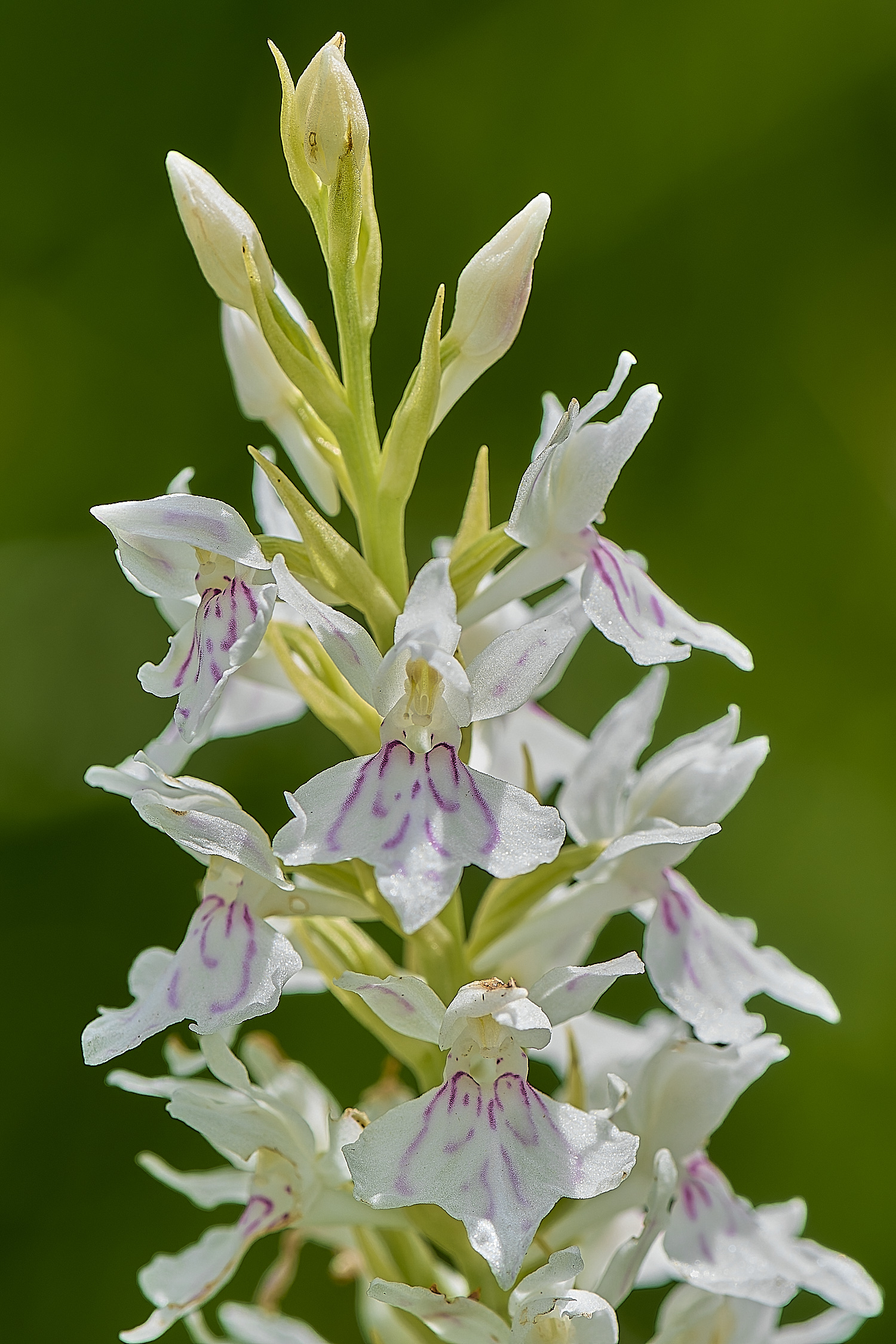
Common Spotted Orchid (Dacylorhiza fuschii)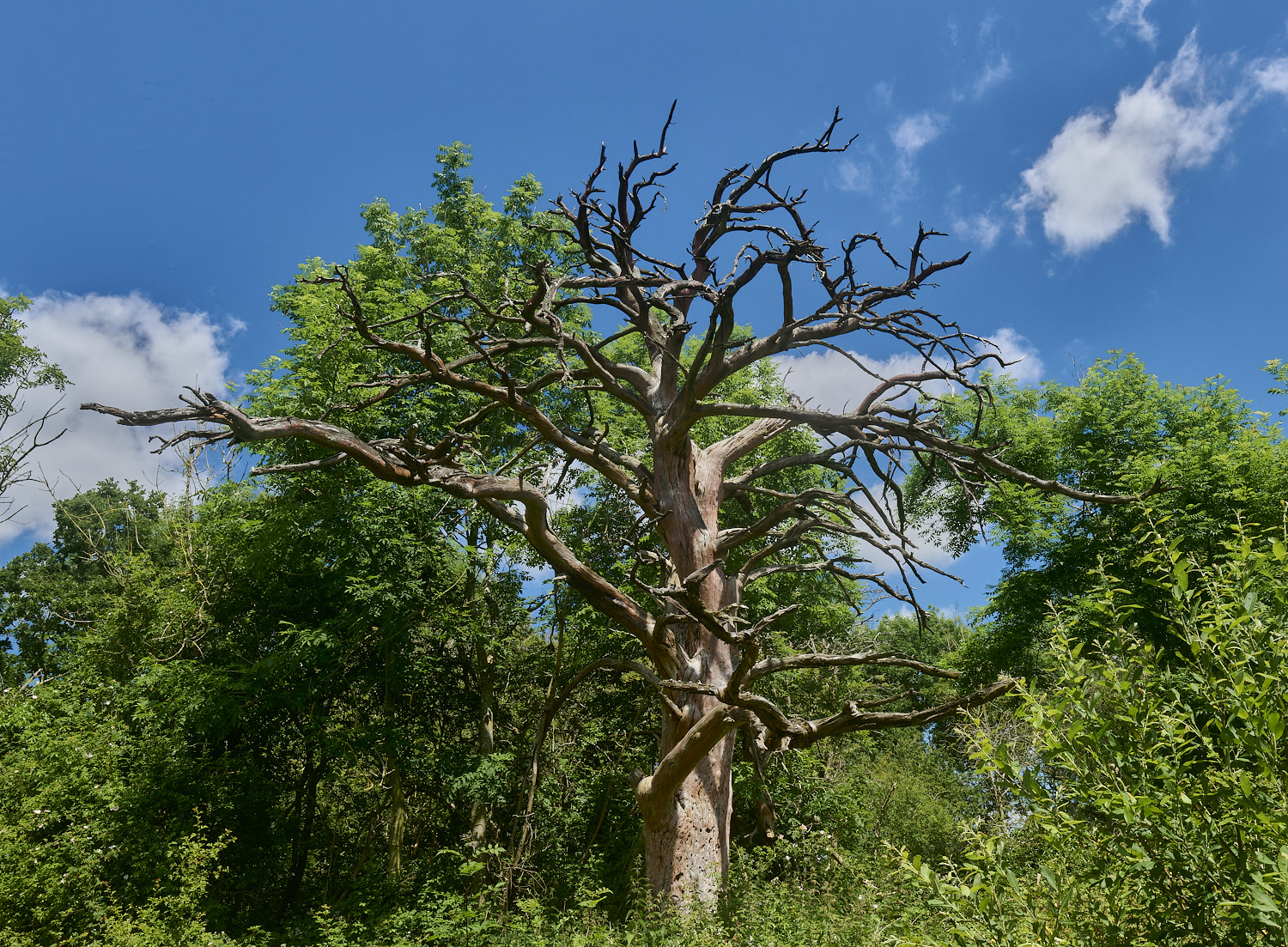
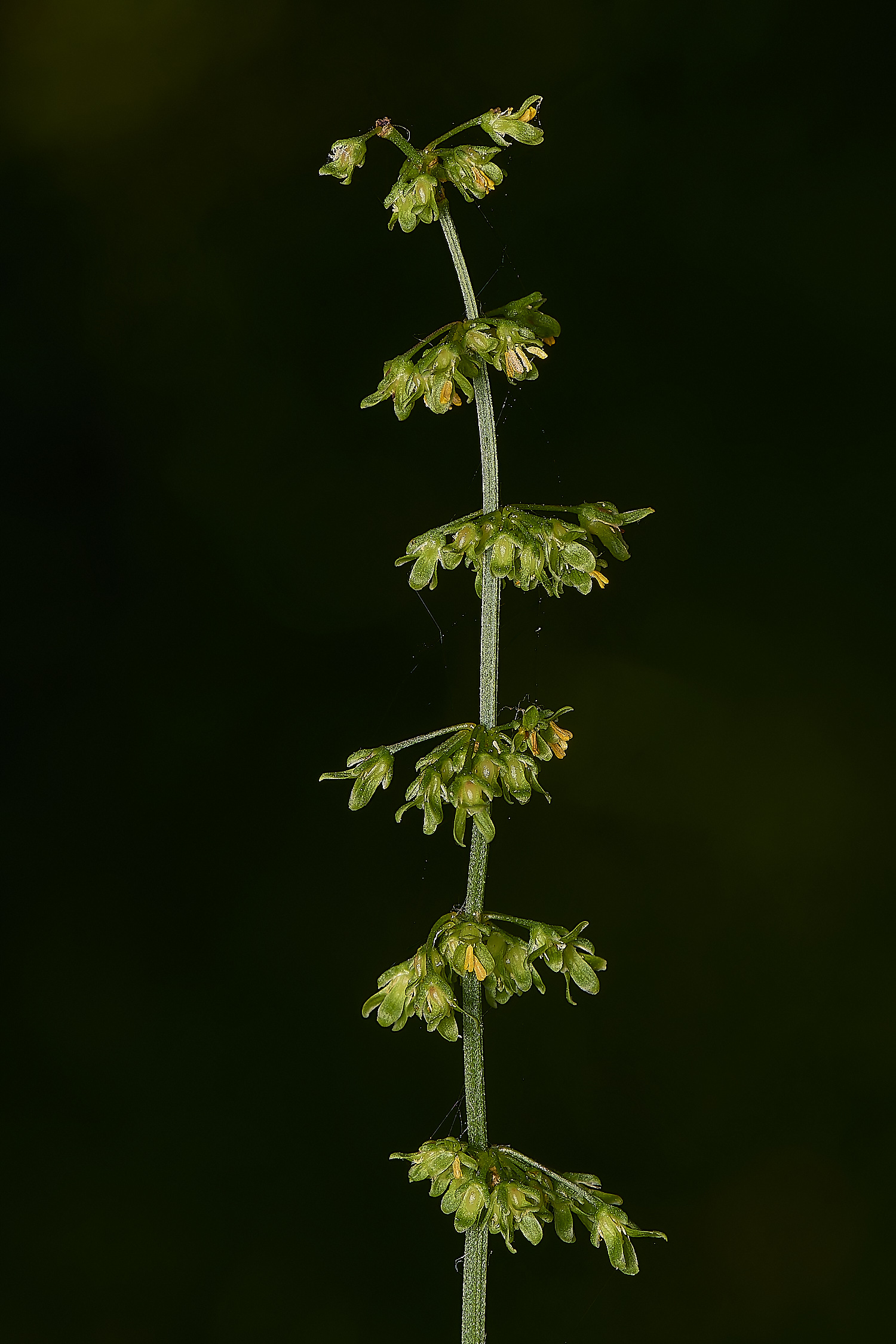
Sorrel (Rumex acetosae) inflorescence.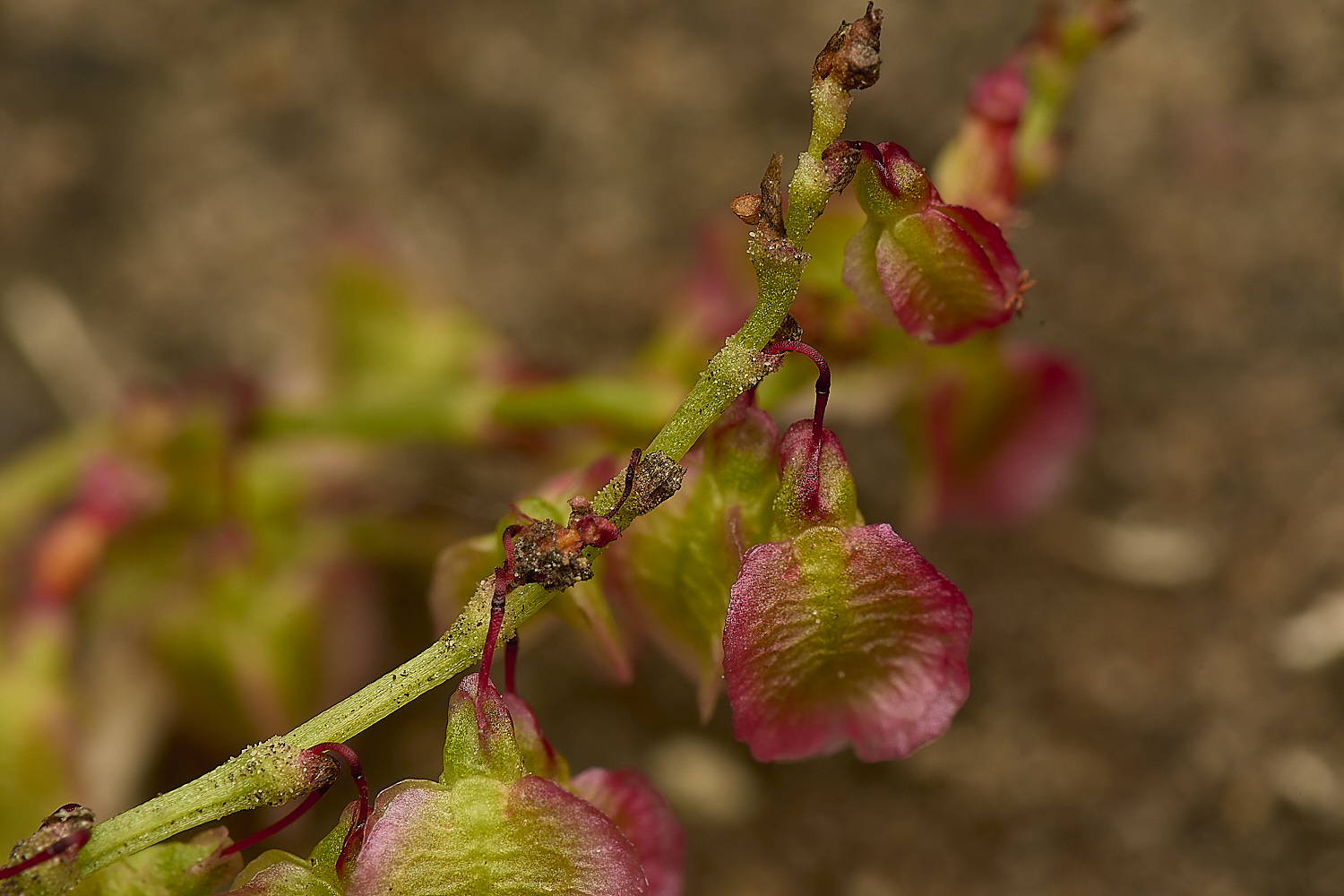
Microbotryium stygium on Sorrel (Rumex acetosae)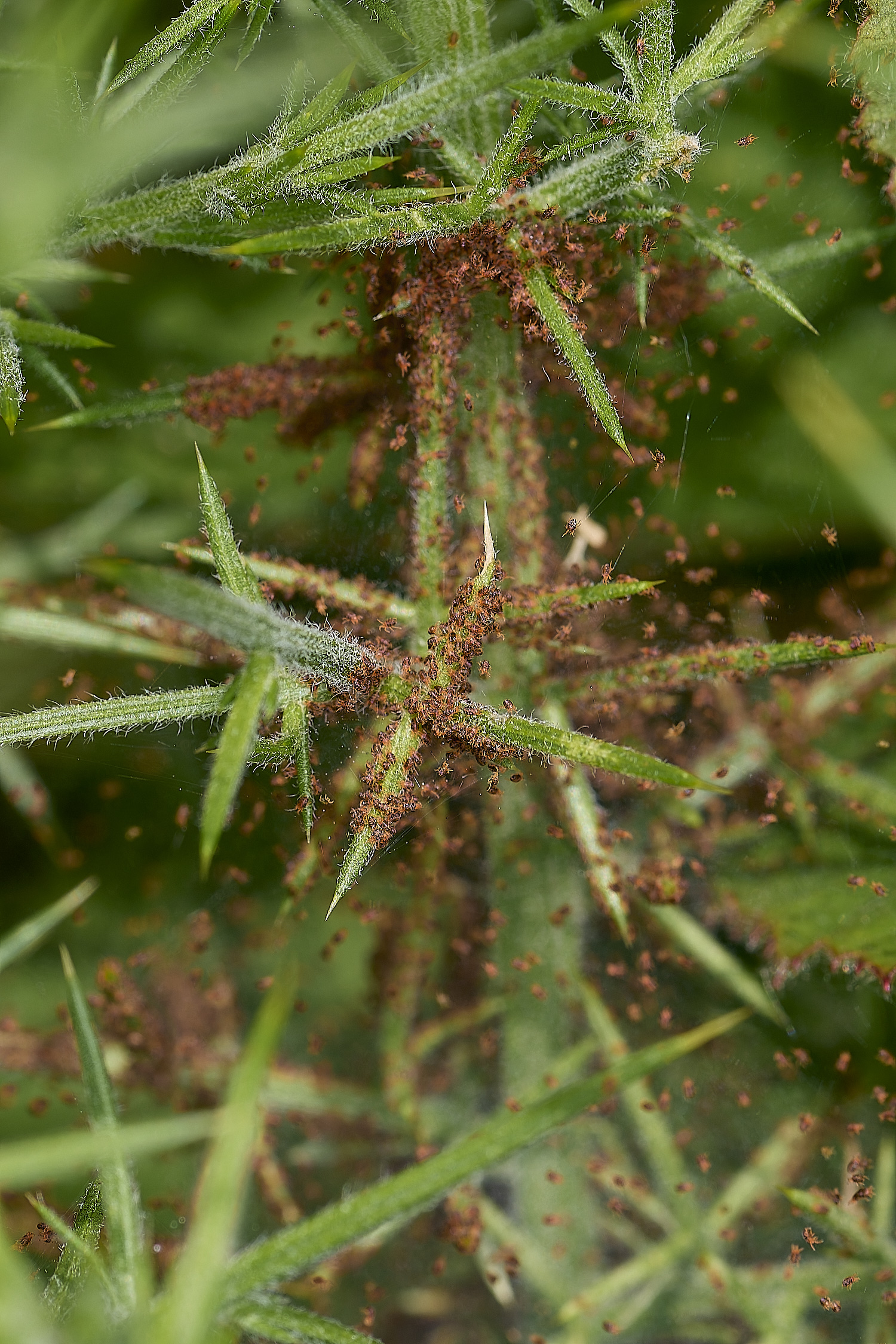
Gorse Spider Mites (Tetranychus lintearius) in a communal web on Gorse (Ulex europaeus)
They can be used as an agent of Gorse Control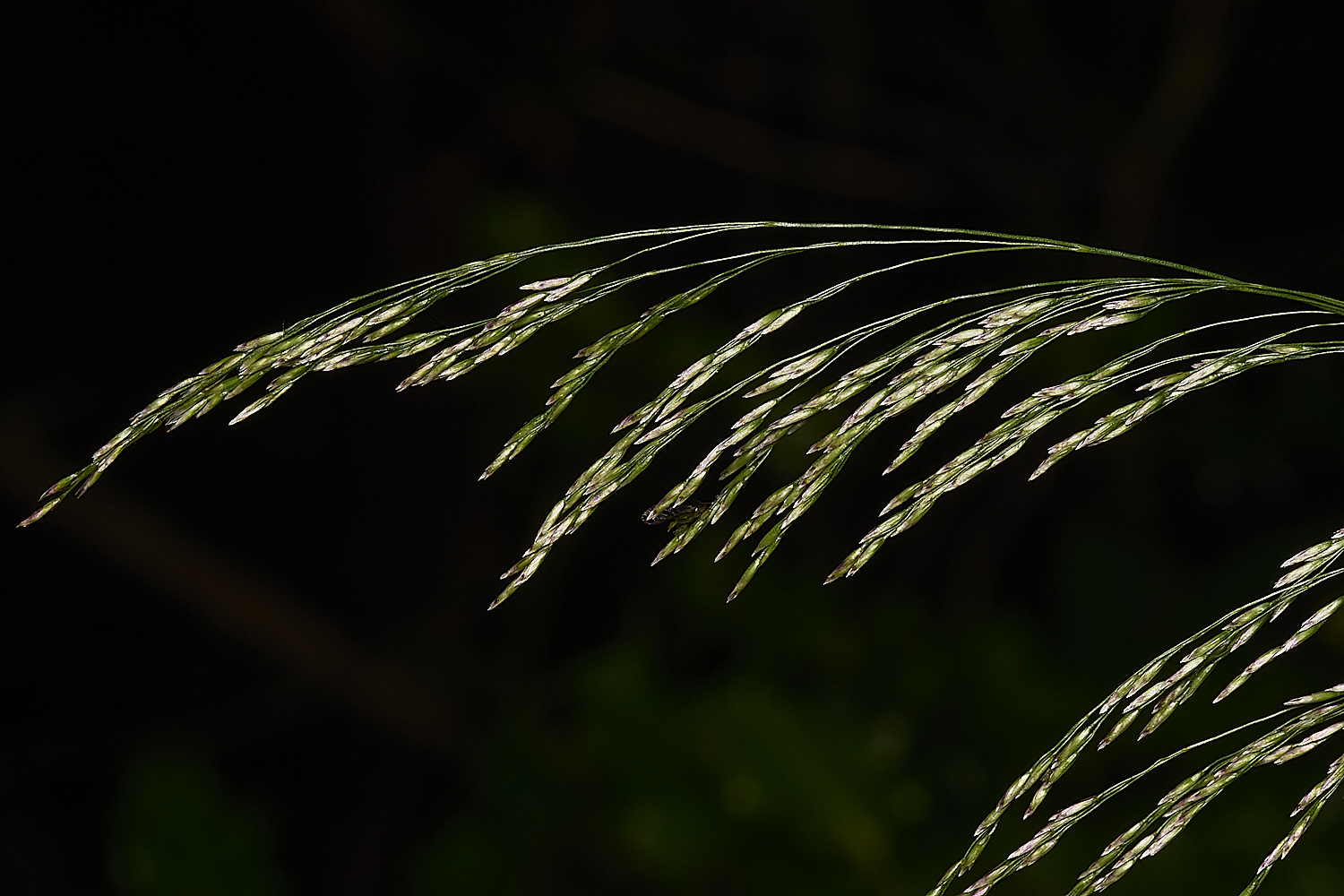
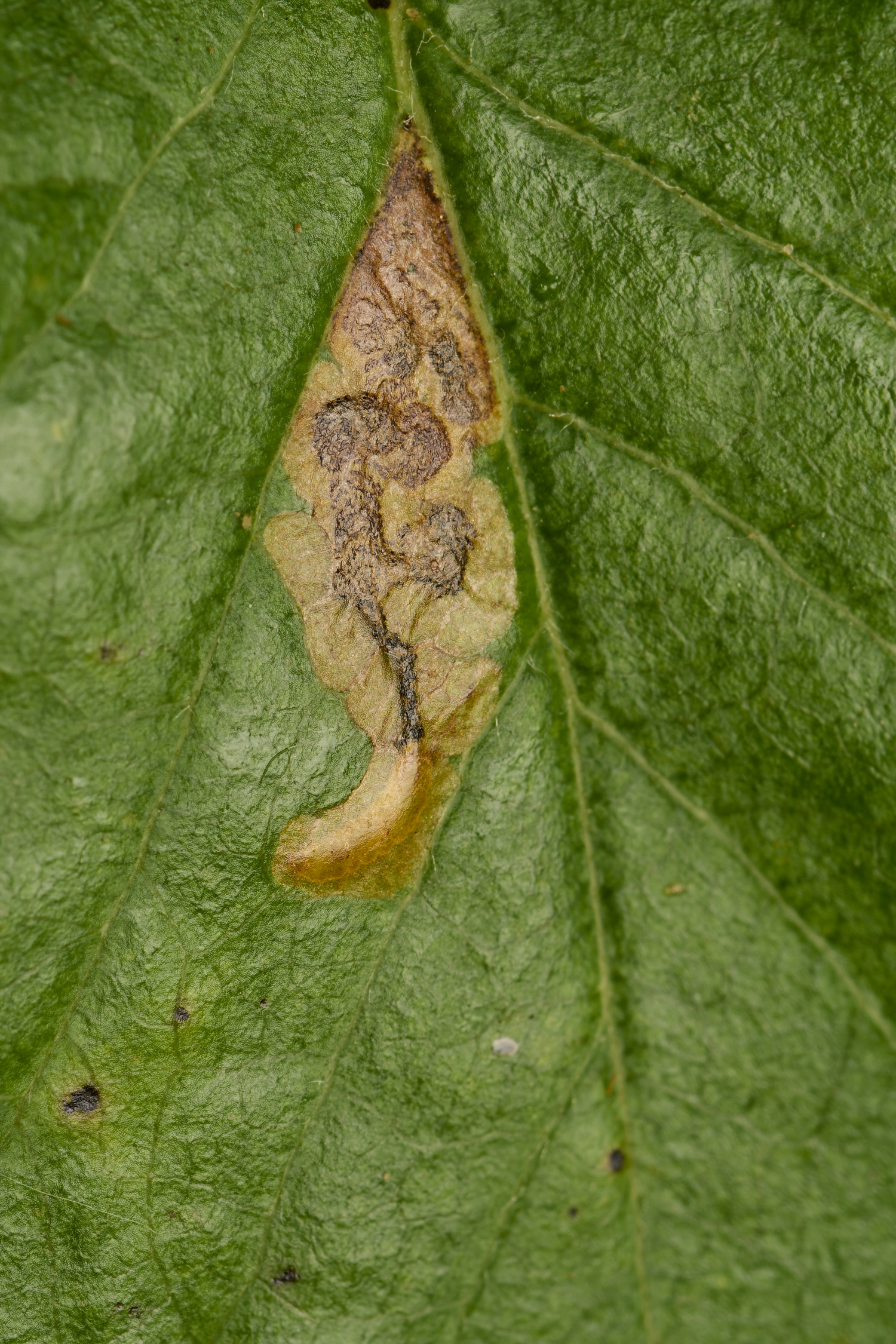
Hawthorn Dot (Stigmella crataegella)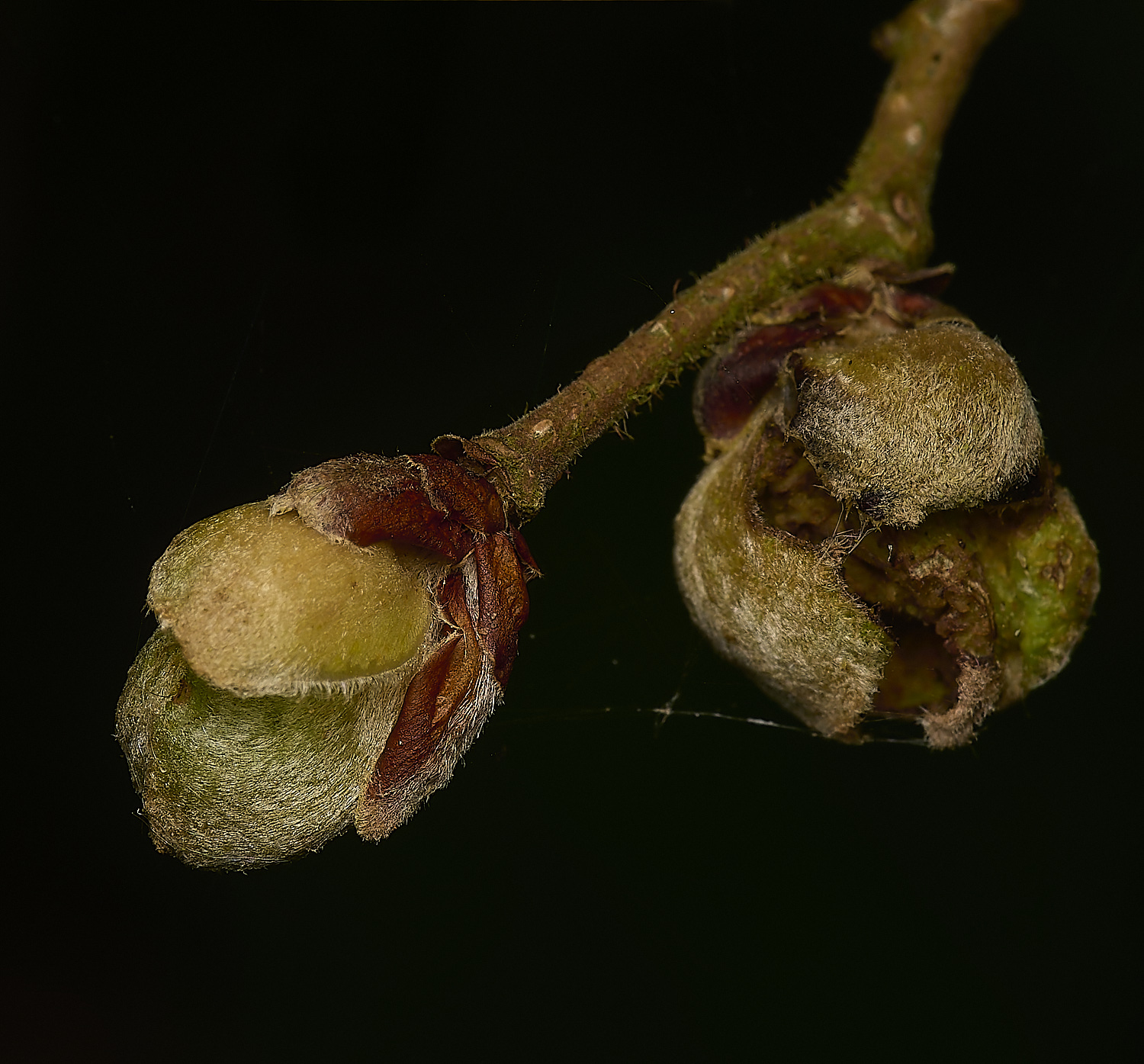
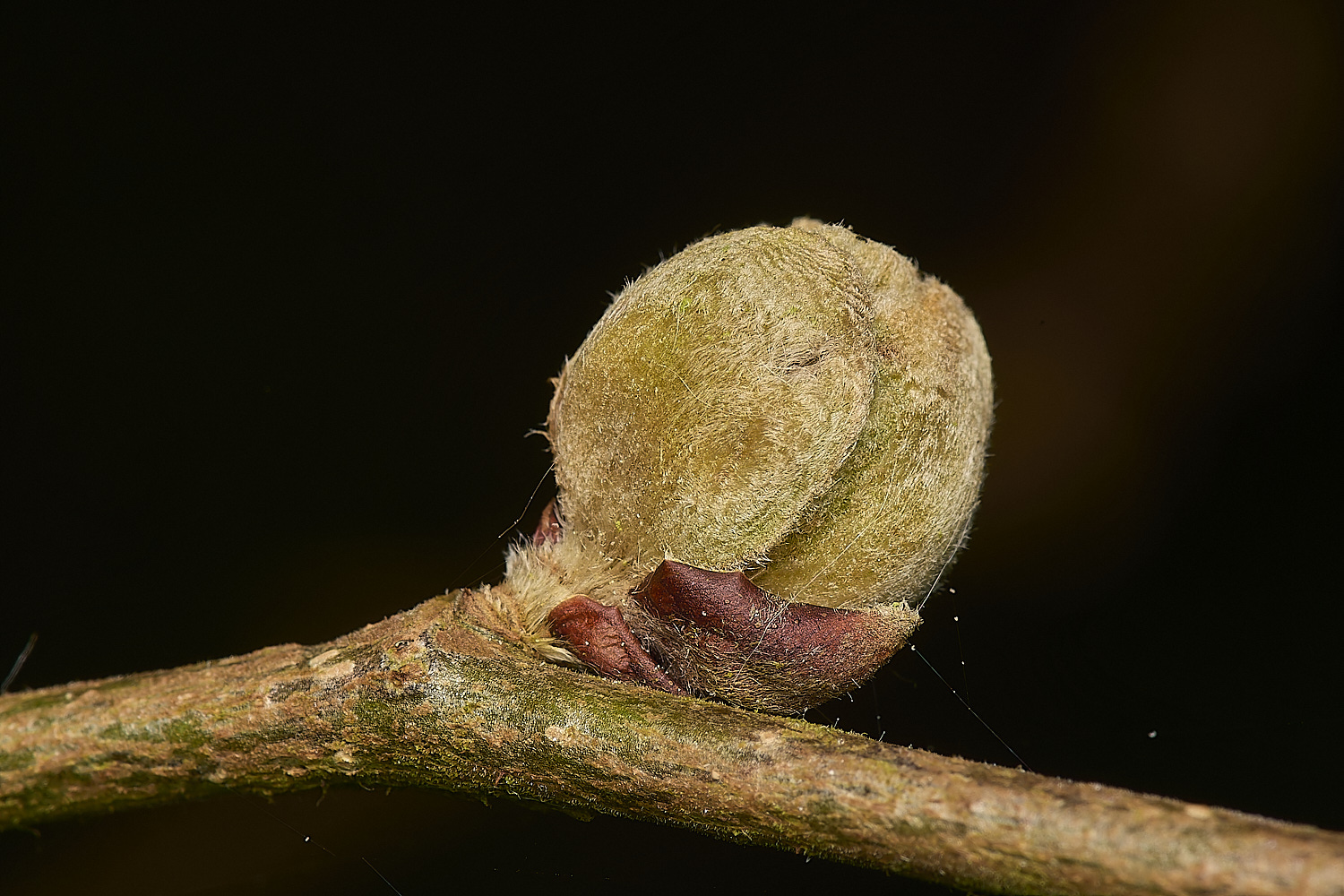
Swollen Buds on Hazel caused by the gall mite (Phytoptus avellanae).
'Big Buds'
The gall mites completely destroy the young leaves or female flowers.
The galls open in late (image shows open galls) allowing the mites to leave the gall.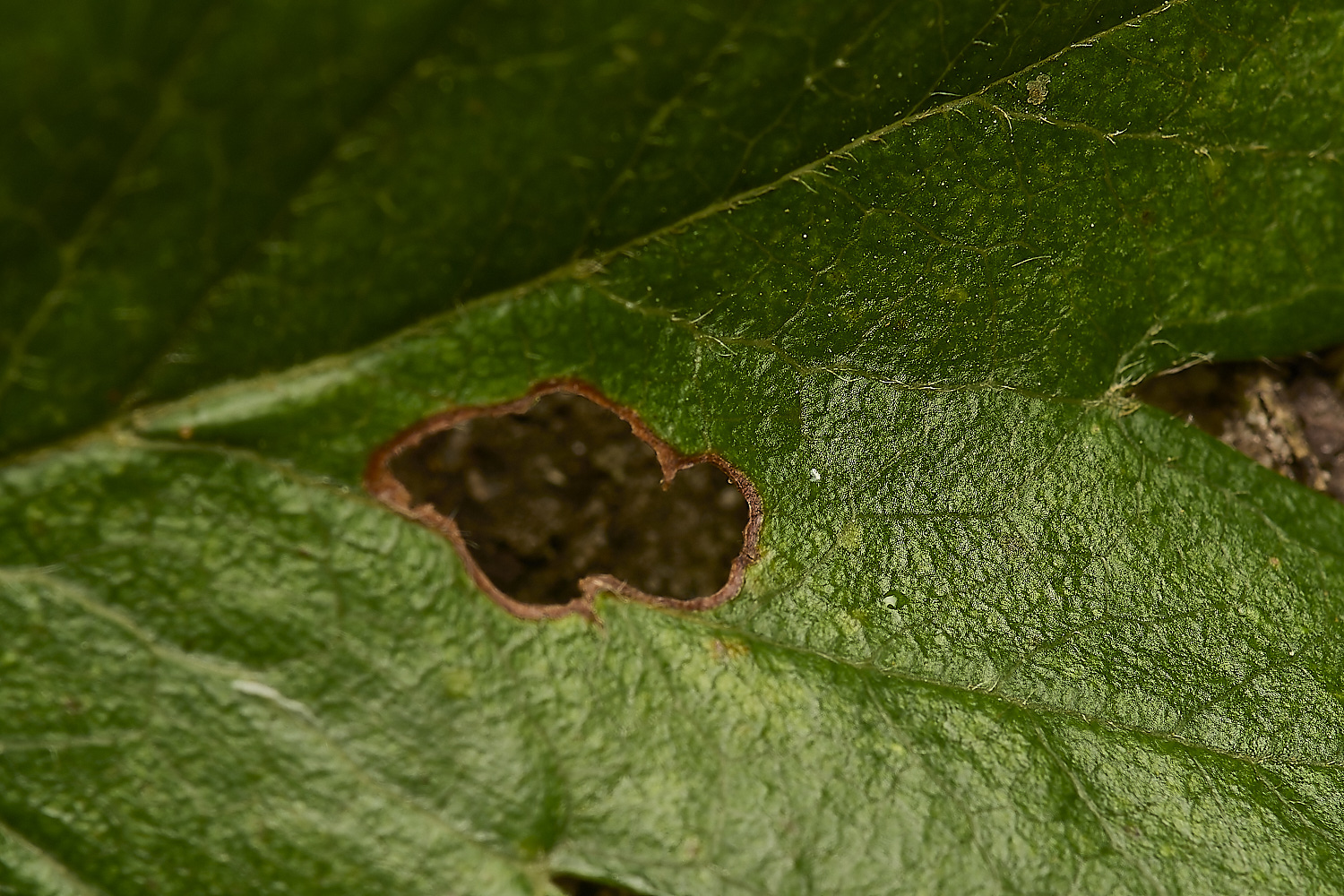
A very special hole in a Hawthorn (Crataegus monogyna) Leaf. Caused by a Feathered Cutter (Incurvaria masculella)
The larvae mine leaves initially and then descend to the ground in a portable case and feeding on dead leaves. The hole is the case.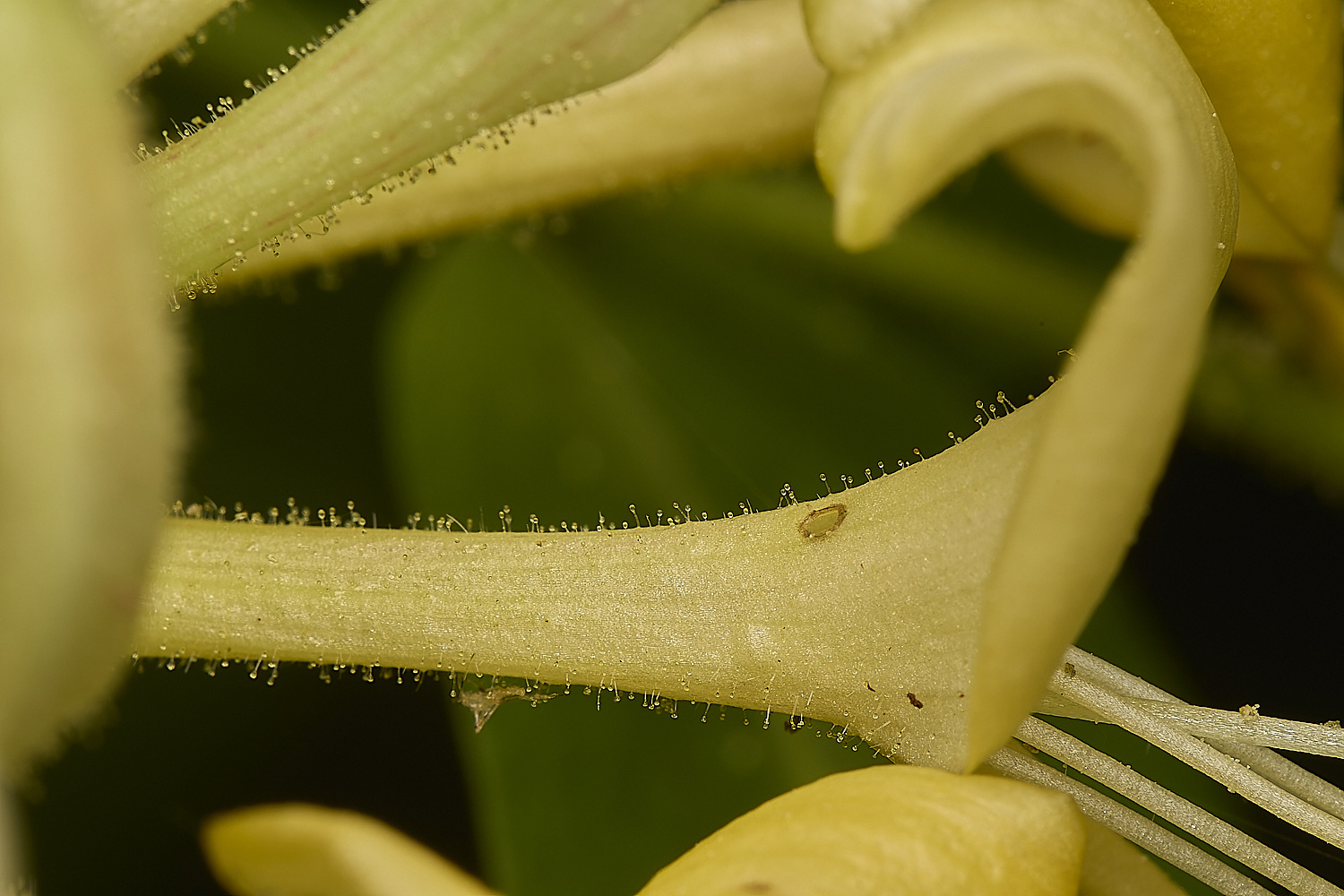
Many-plumed Moth (Alucita hexadactyla) {Each wing separated into six plumes} Hole in Honeysuckle flower.
The larvae feed in the leaves and buds of of Lonicera Sp and pupate on the ground.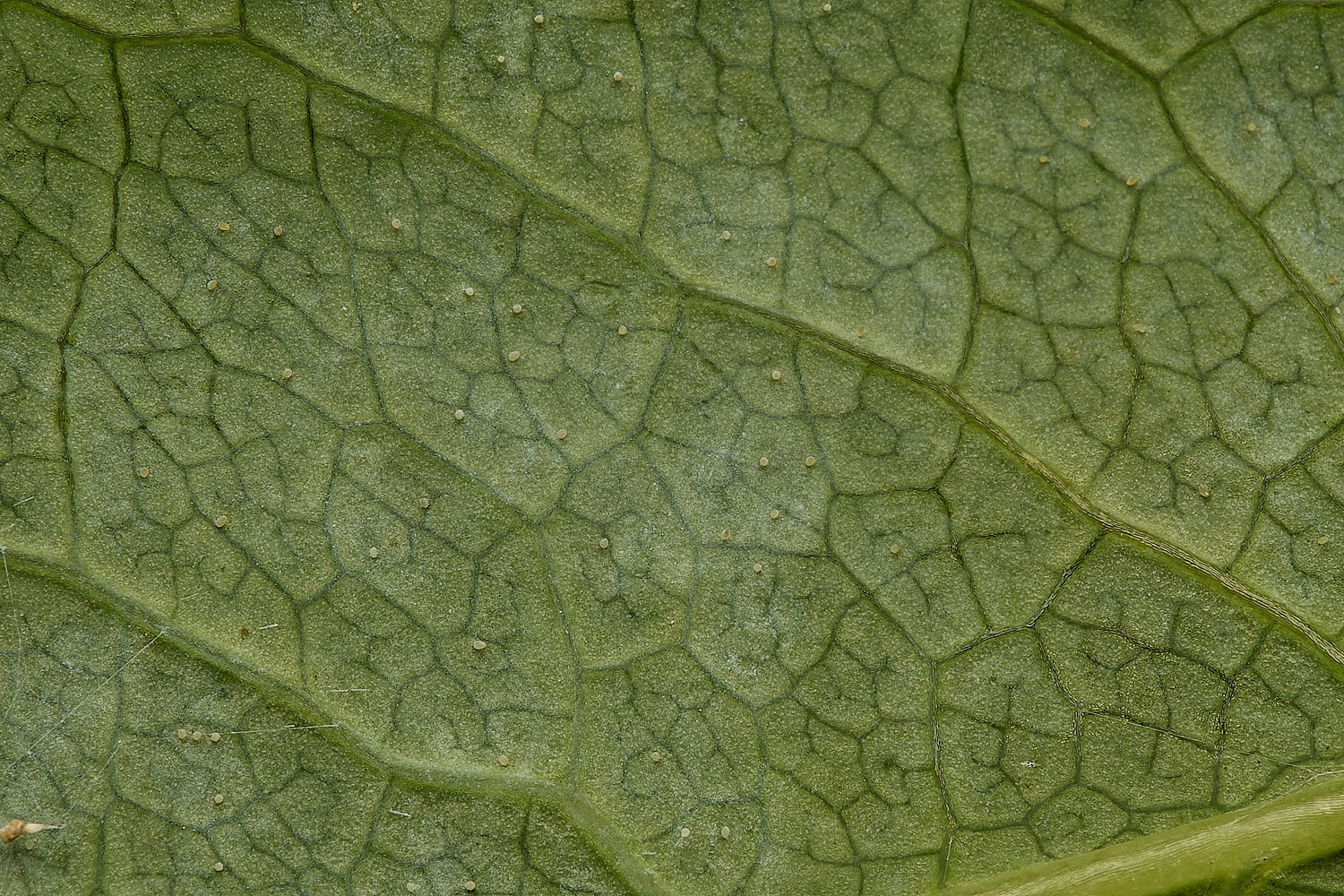
Unknown eggs? on the underside of the leaf.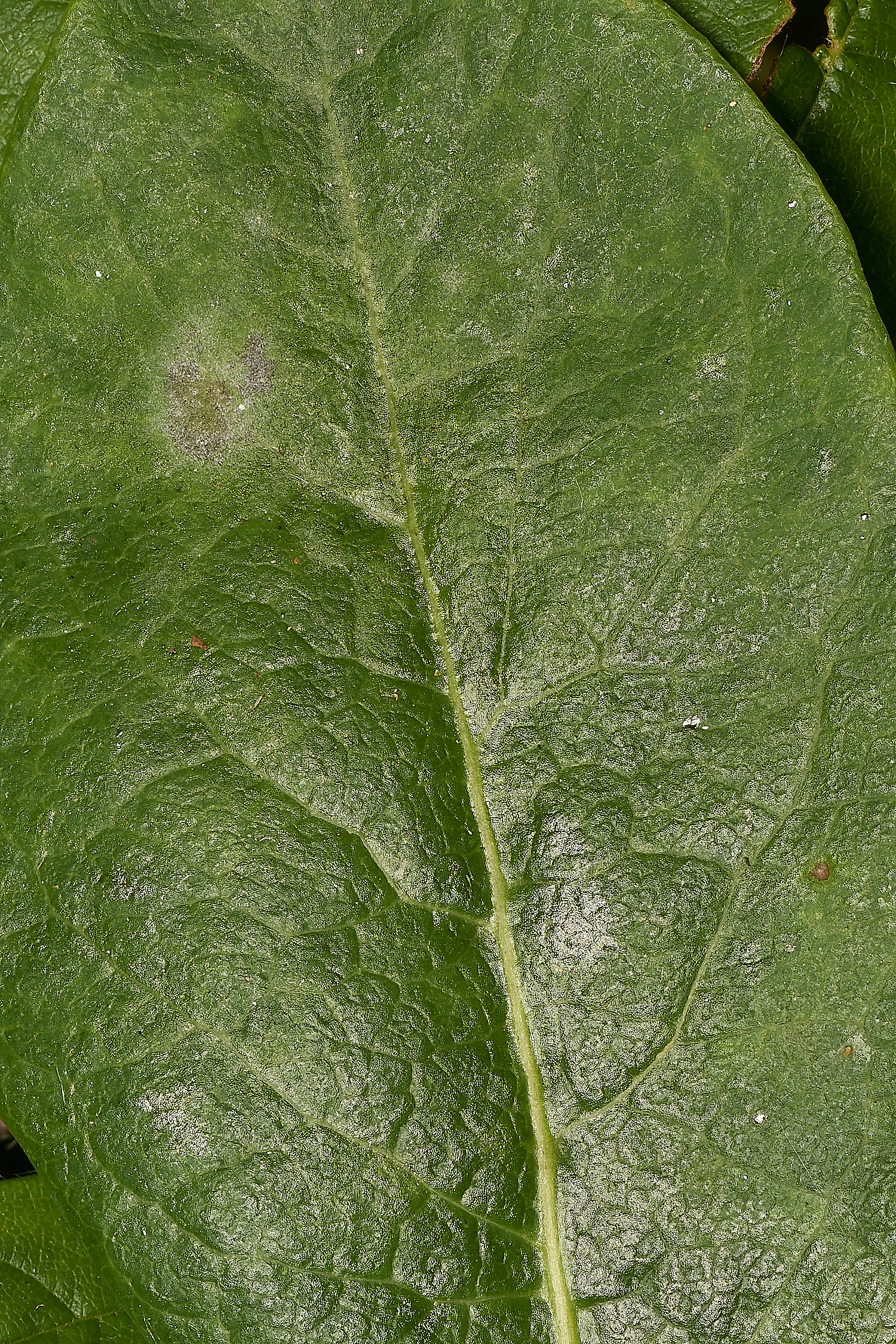
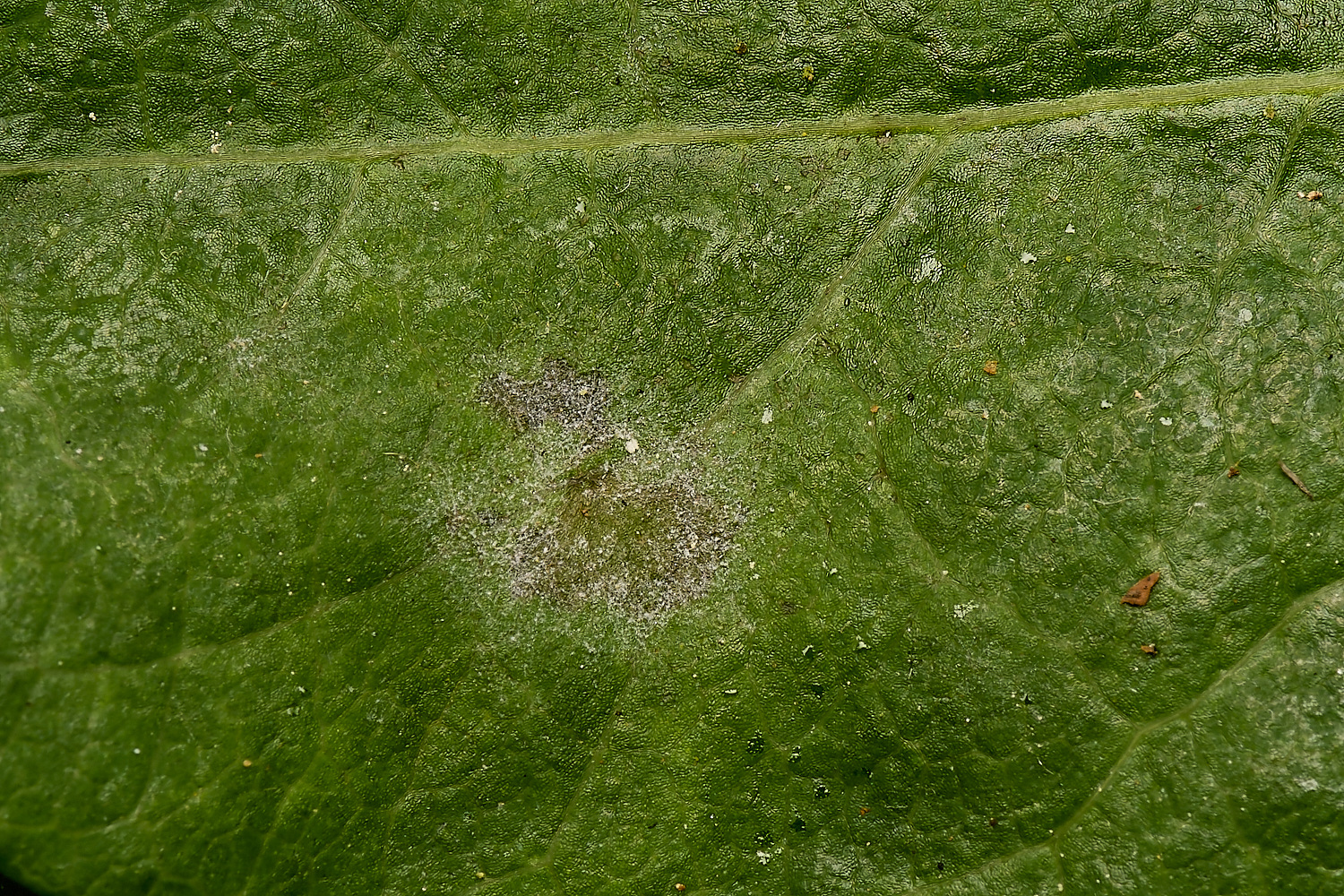
Erysiphe lonicerae (Powdery mildew) on a Honeysuckle (Lonicera periclymenum) leaf 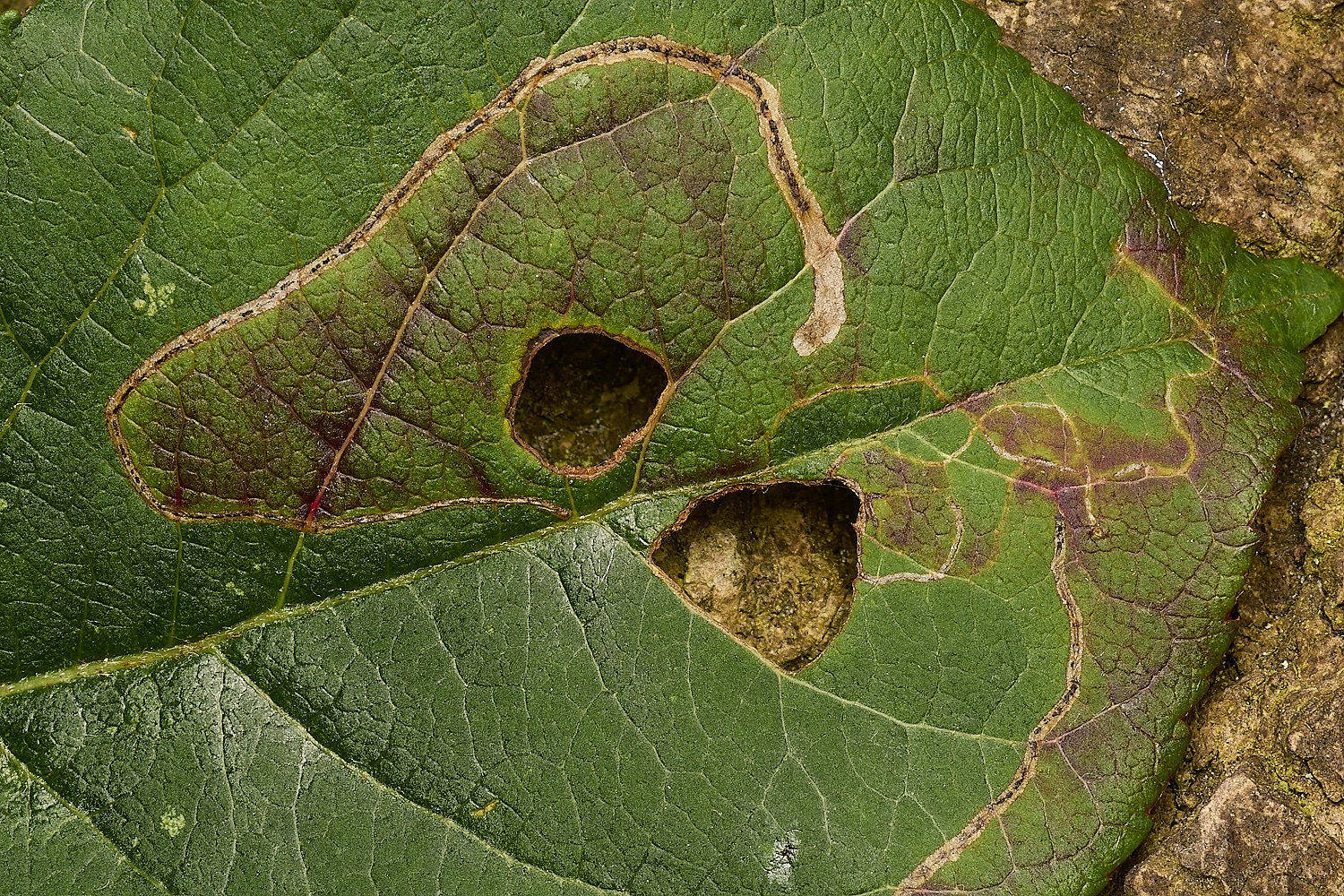
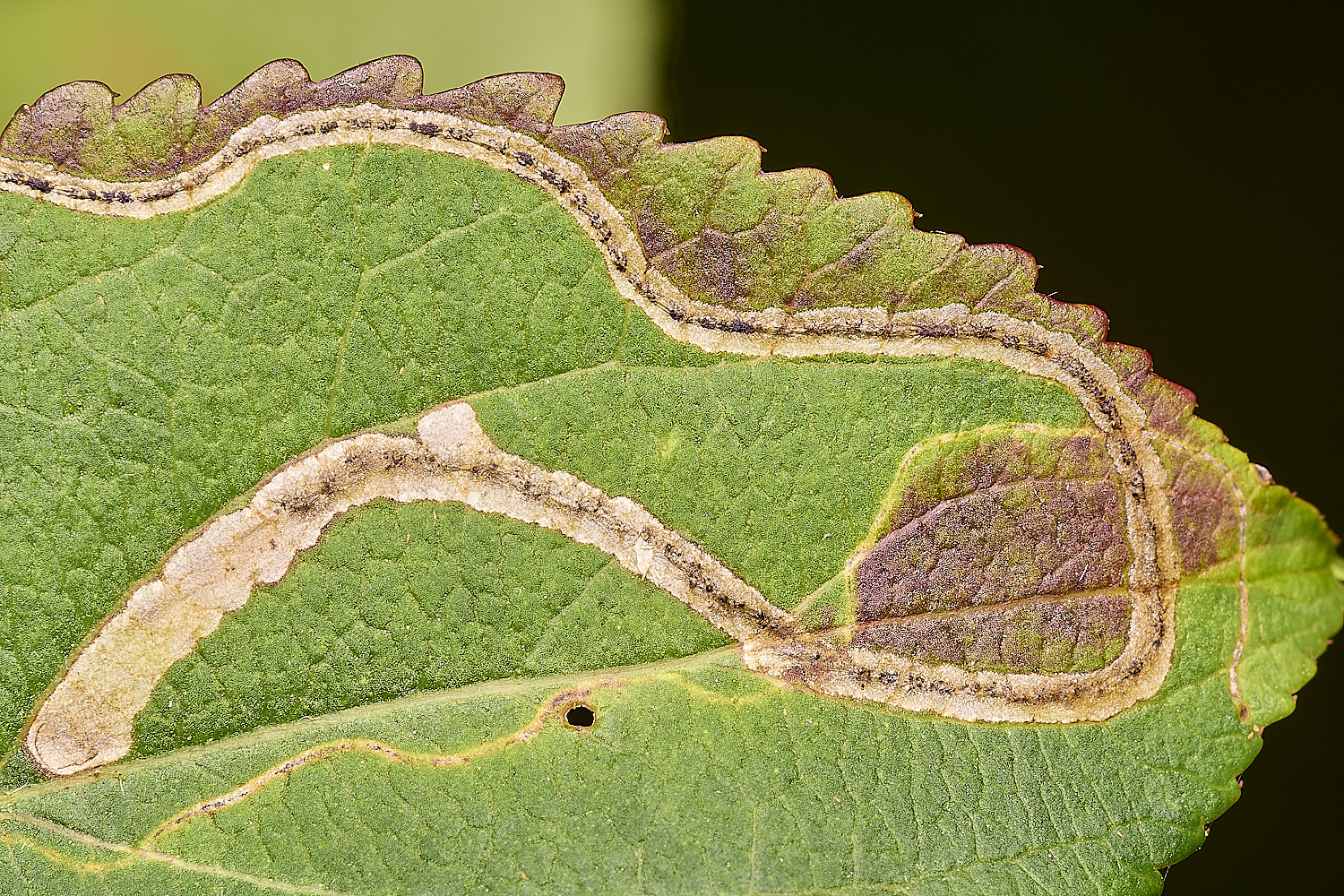
Shining Hawthorn Dot (Stigmella hybnerella)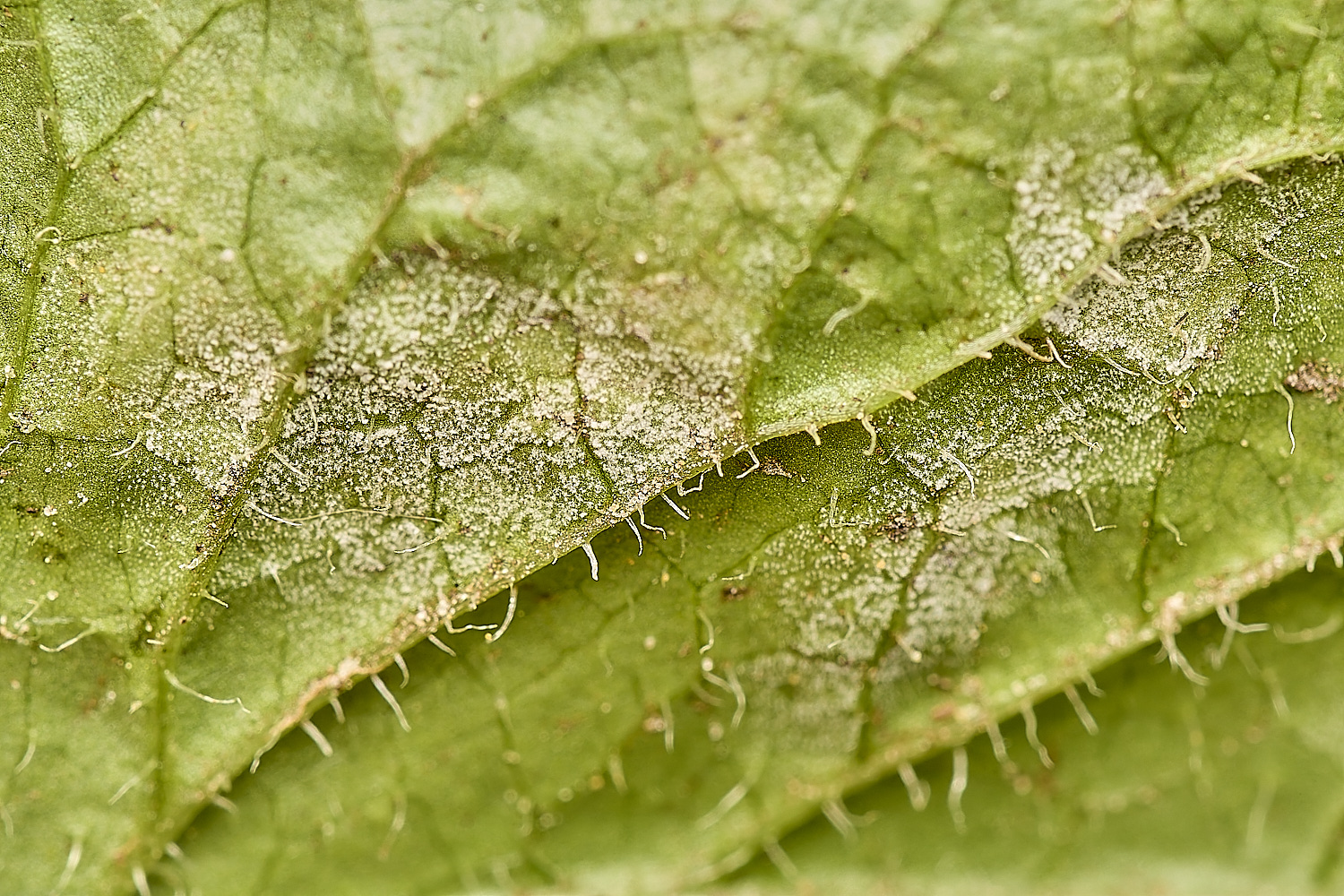
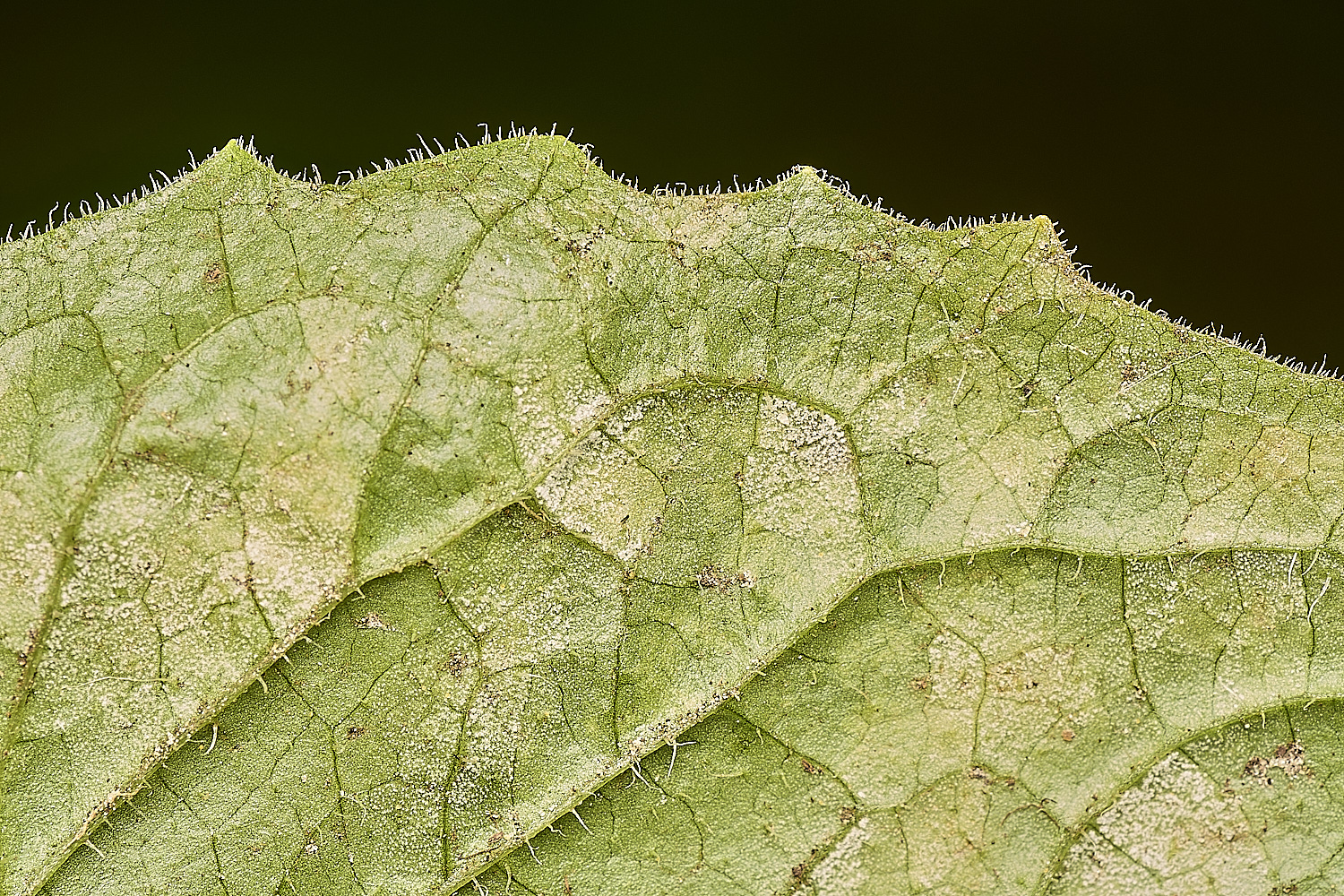
?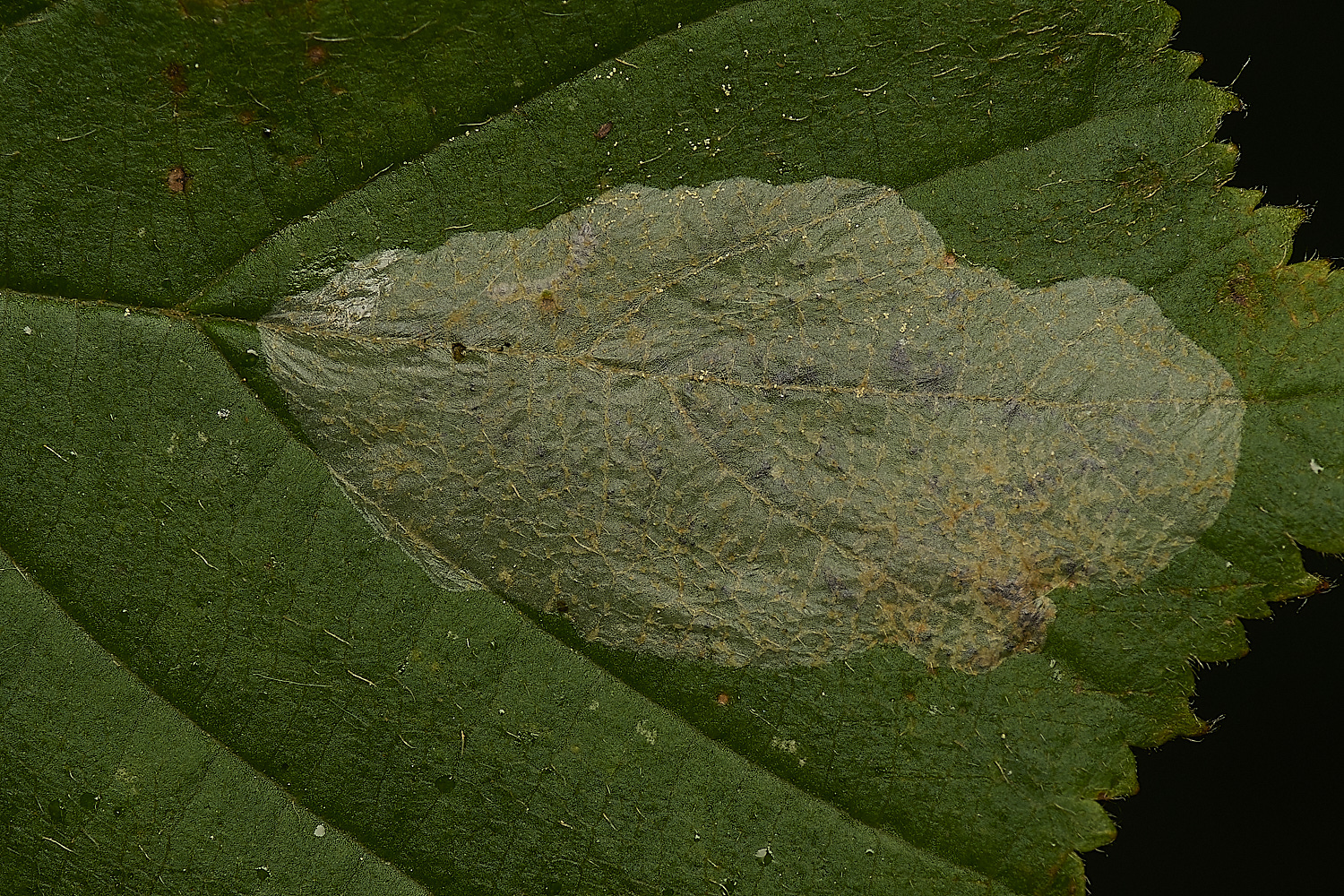
?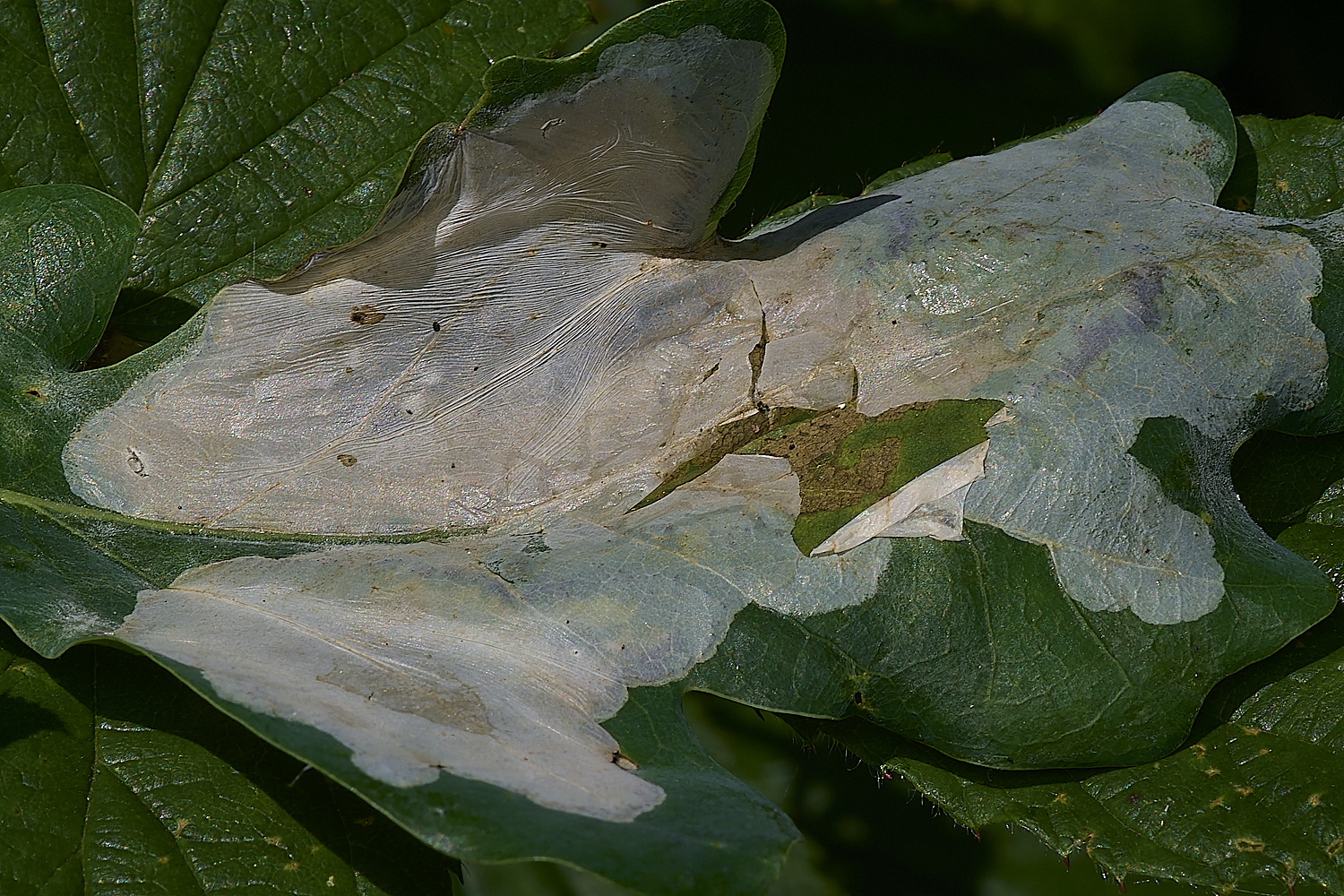
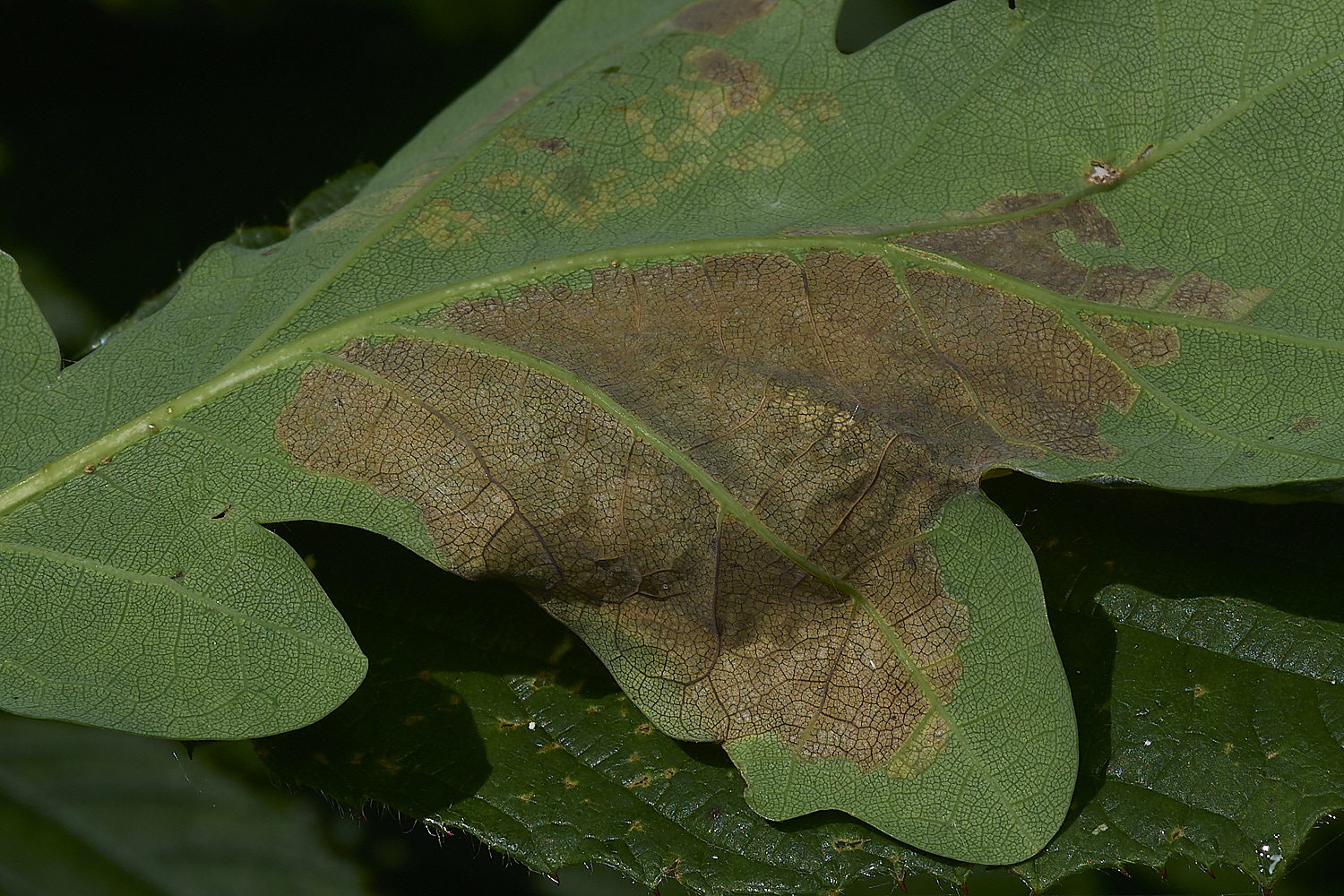
Oak Cloud (Acrocerops bronniardella) Mine on Oak (Quercus robur)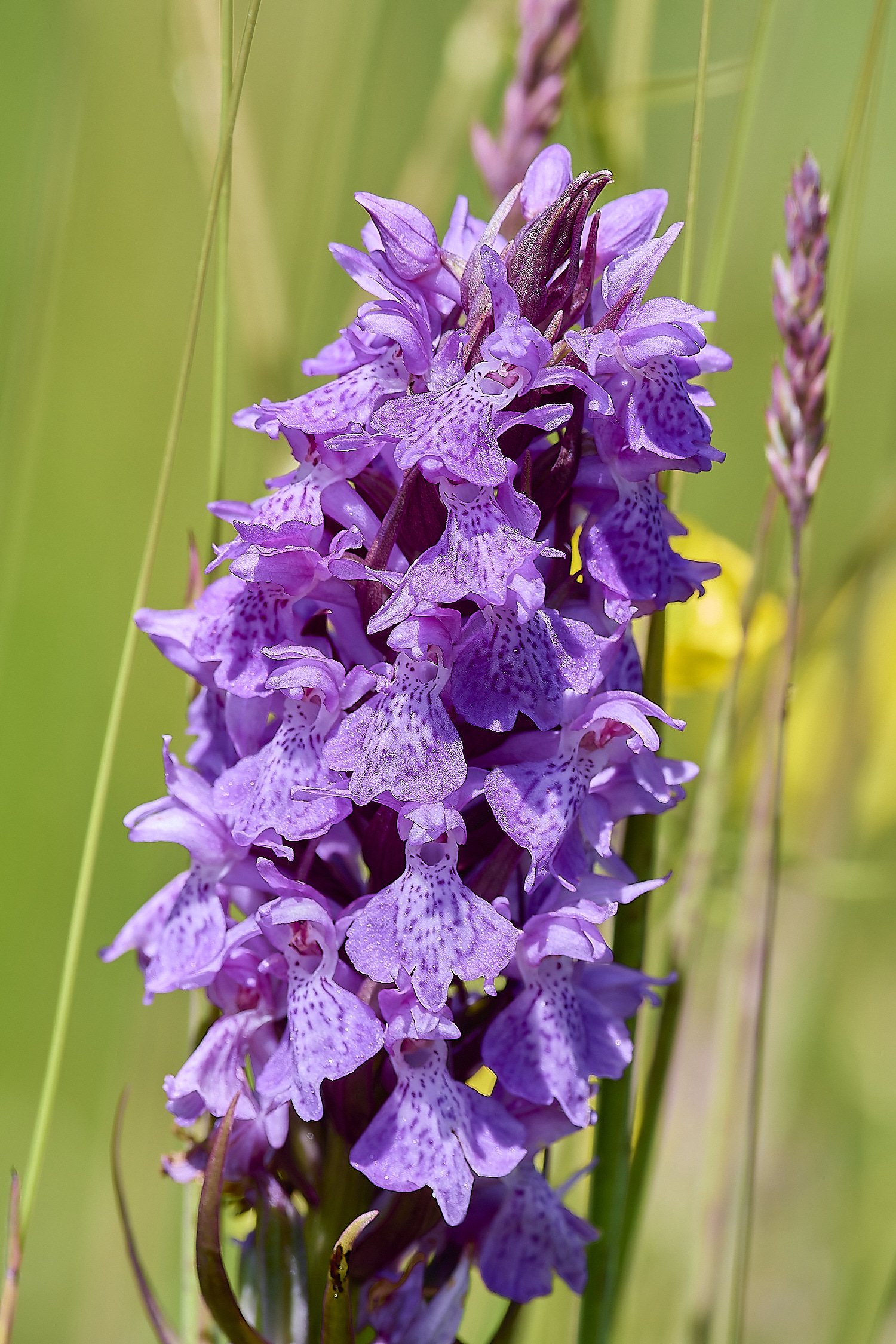
Southern Marsh Orchid (Dactylorhiza praetermissa)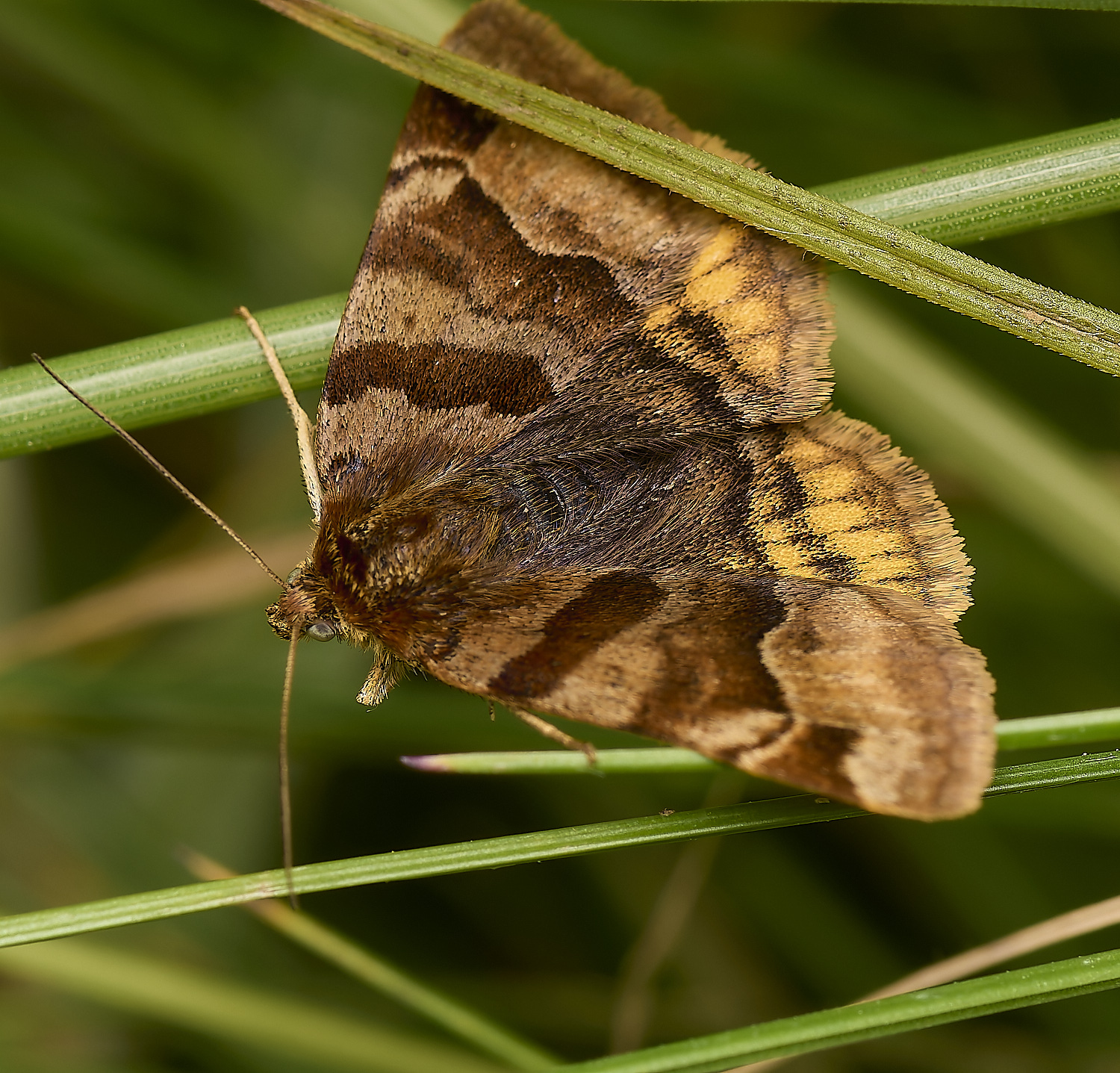
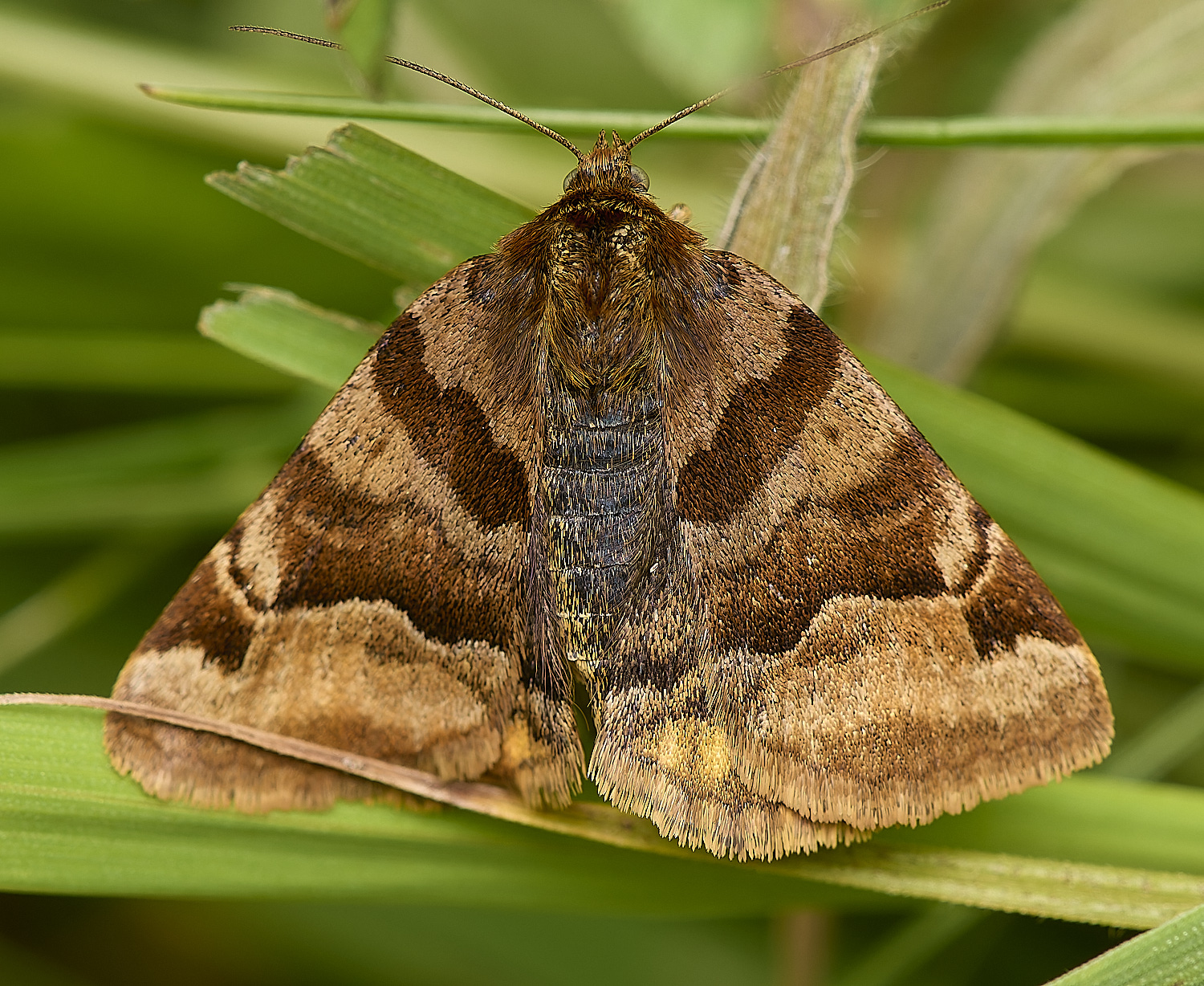
Burnet Companion (Euclidia glyphica)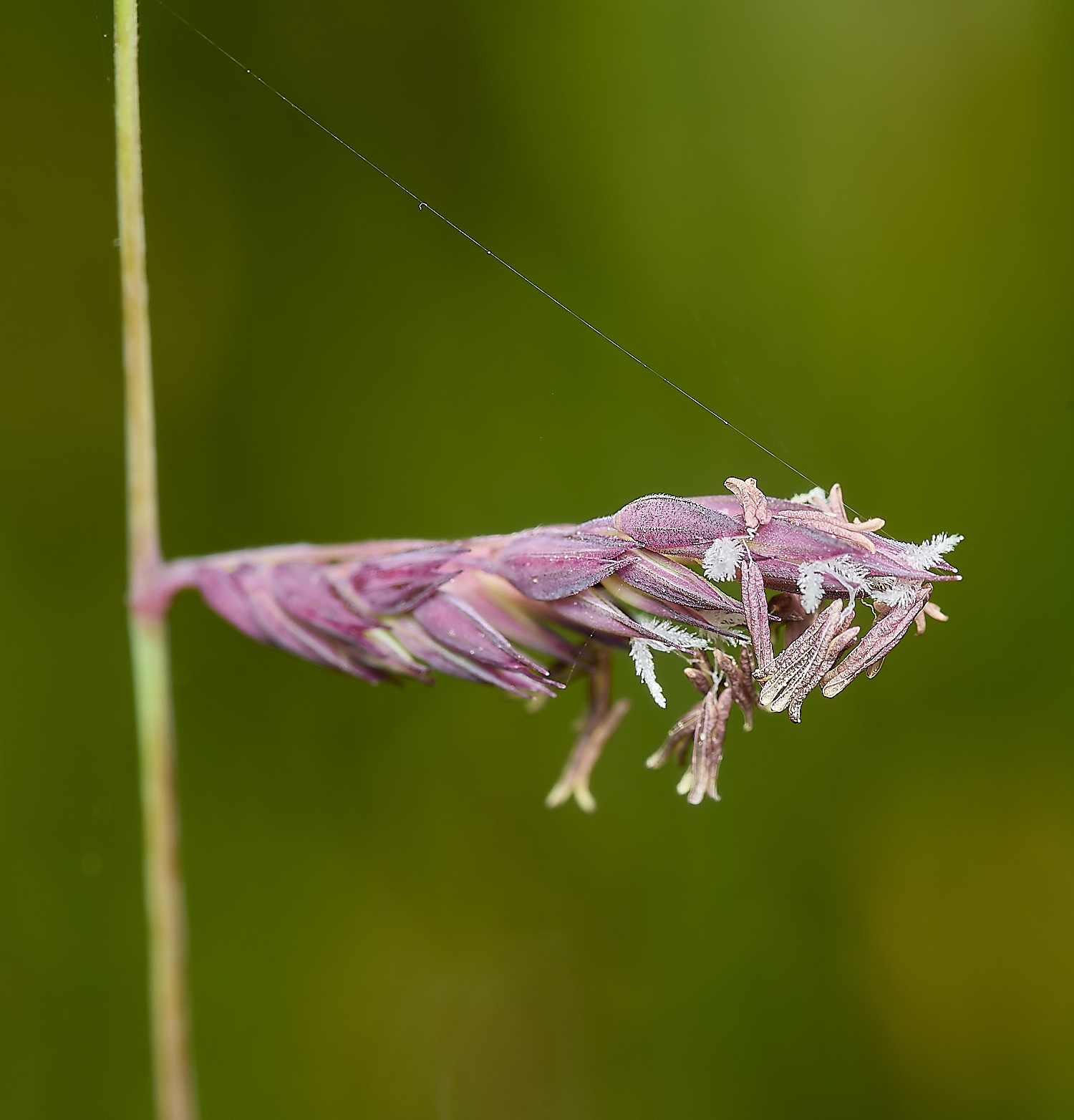
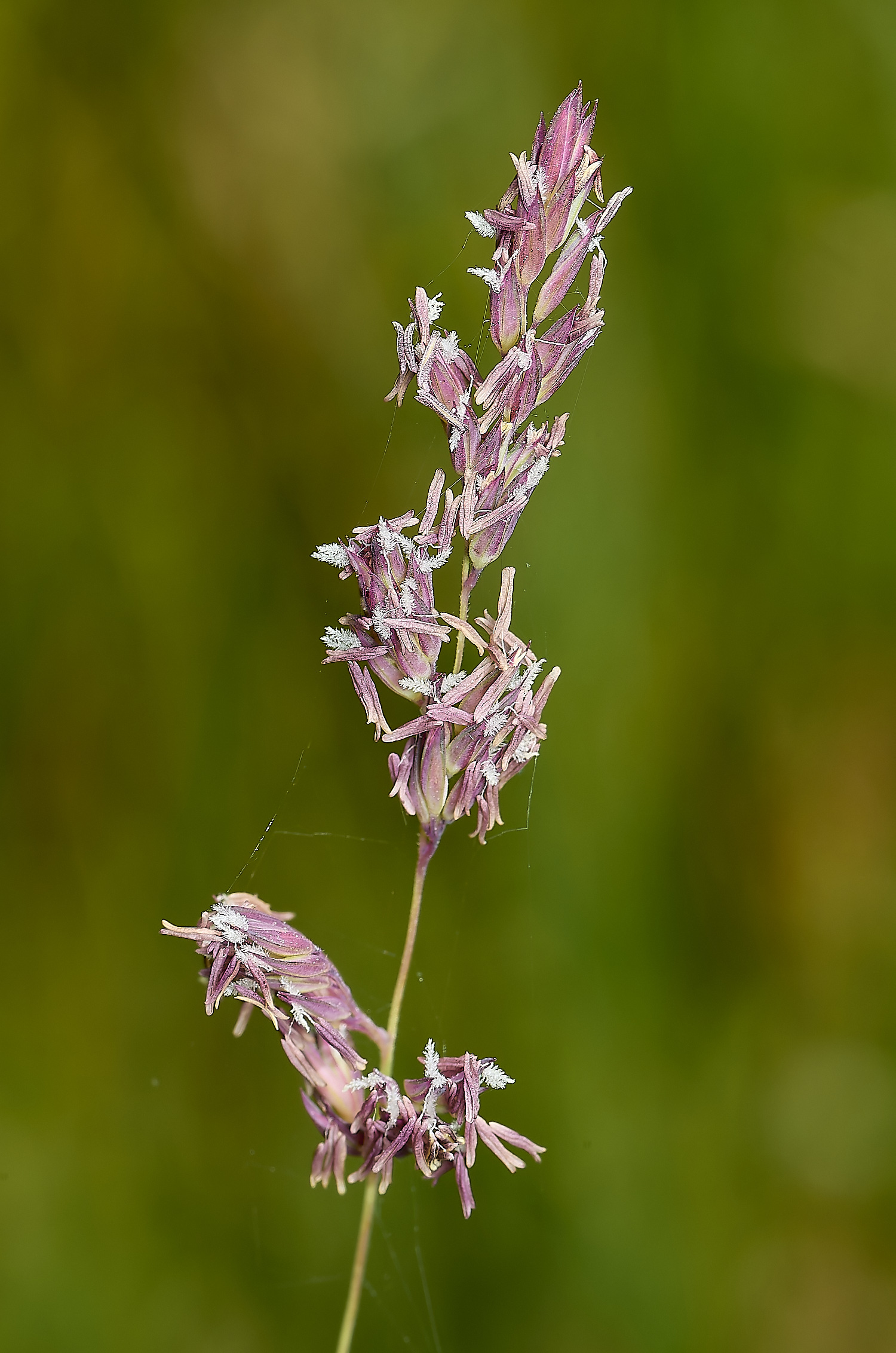
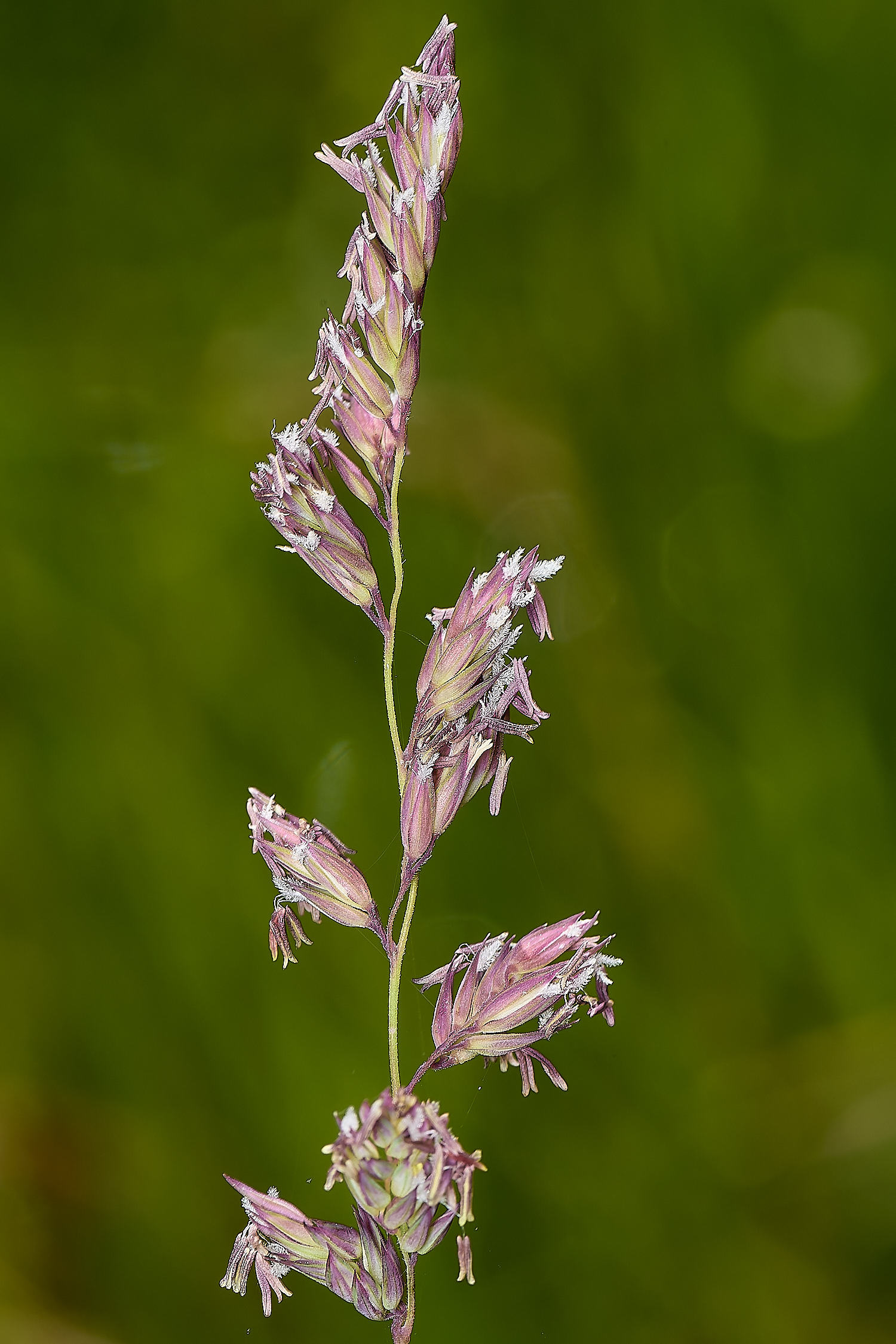
Red Fescue (Festuca rubra)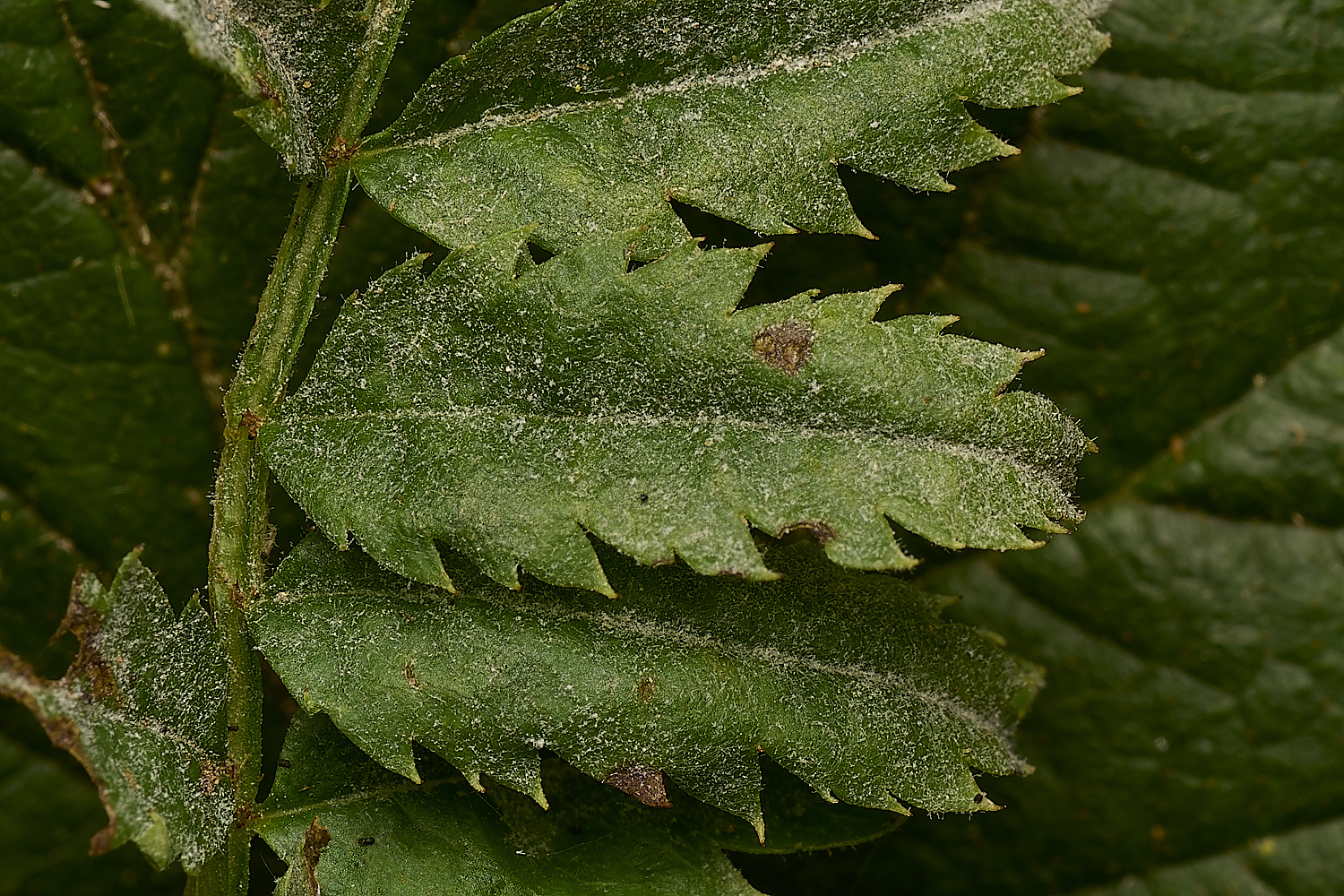
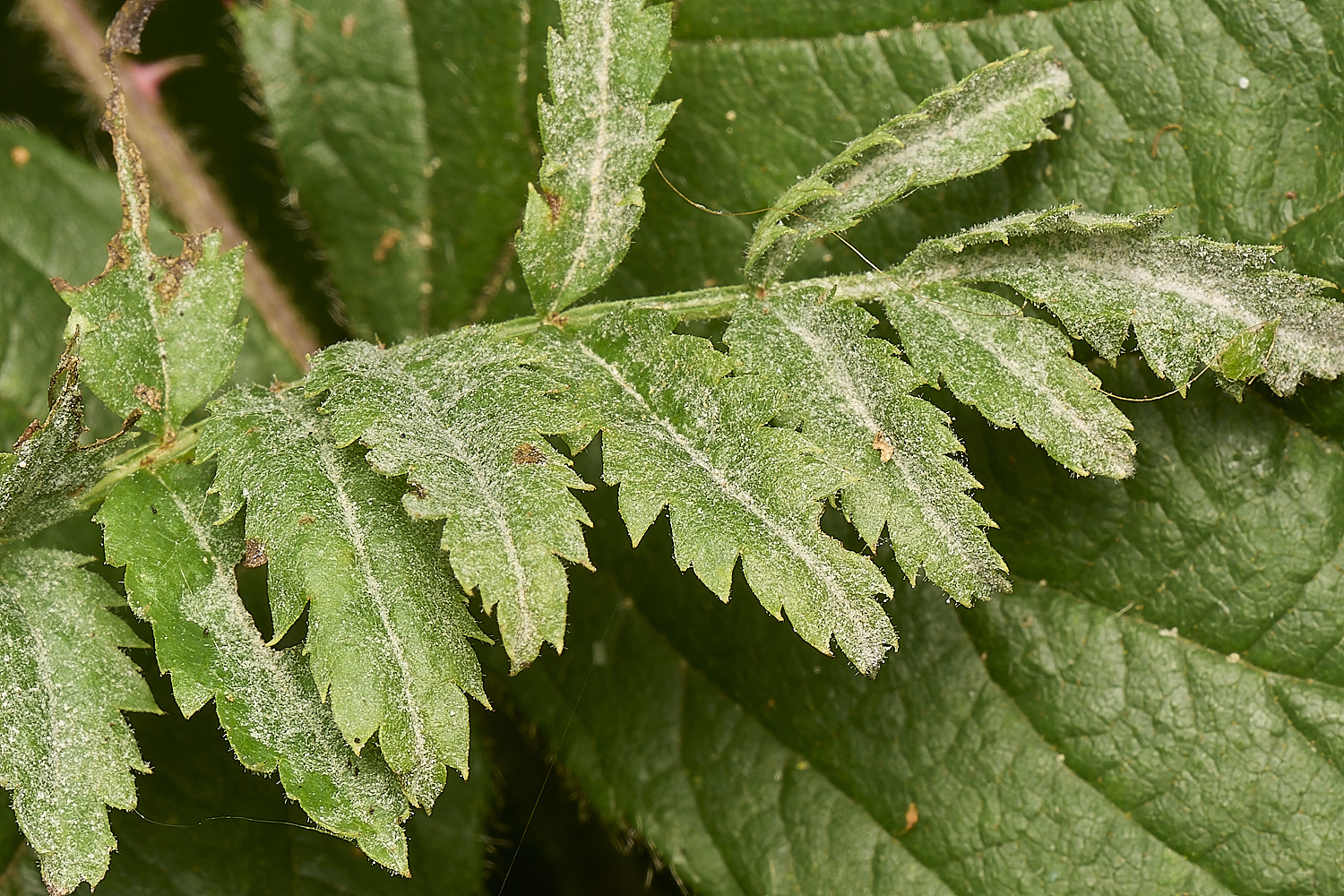
Podospaera aucupariae (Powdery mildew) on Rowan (Sorbus aucuparia)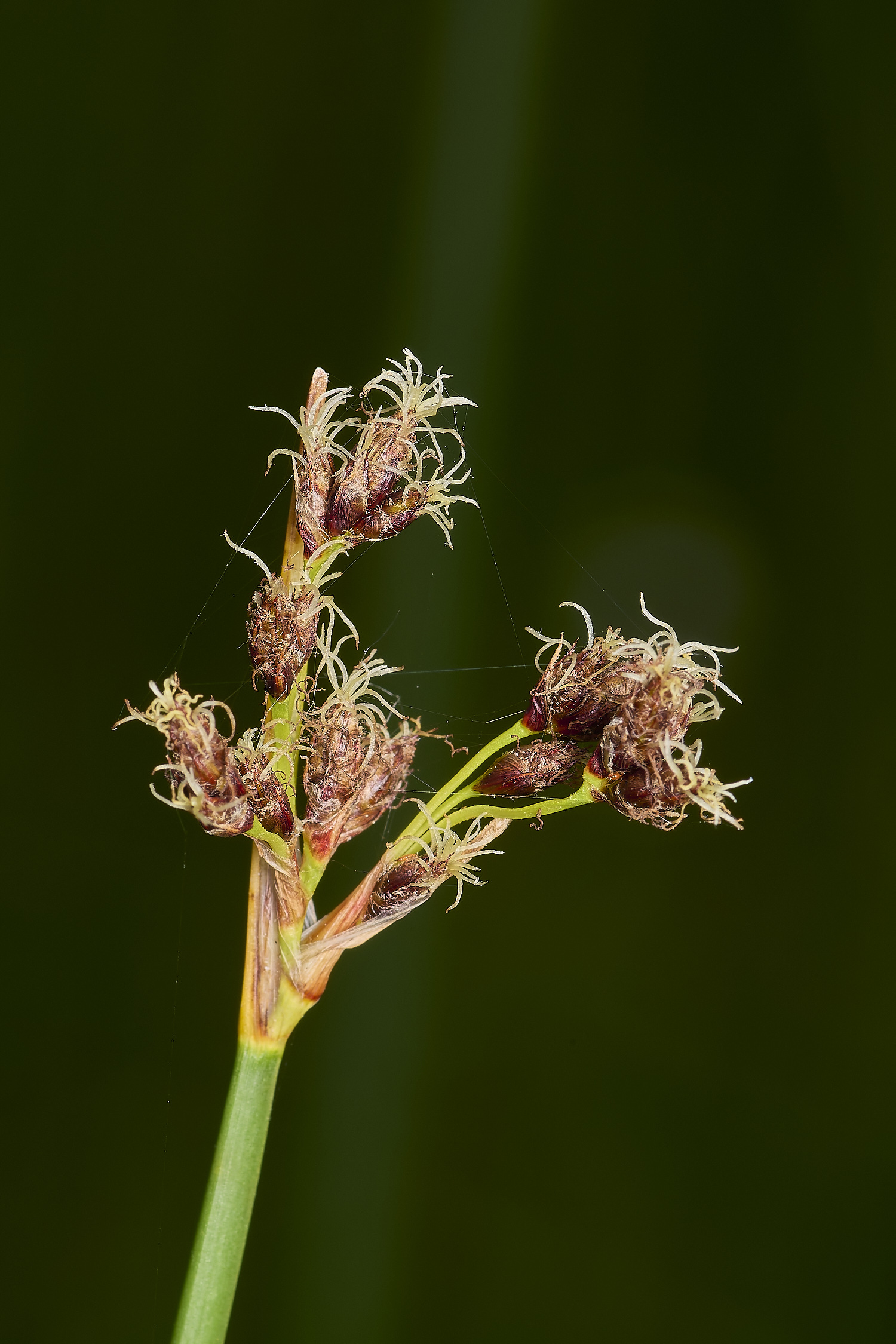
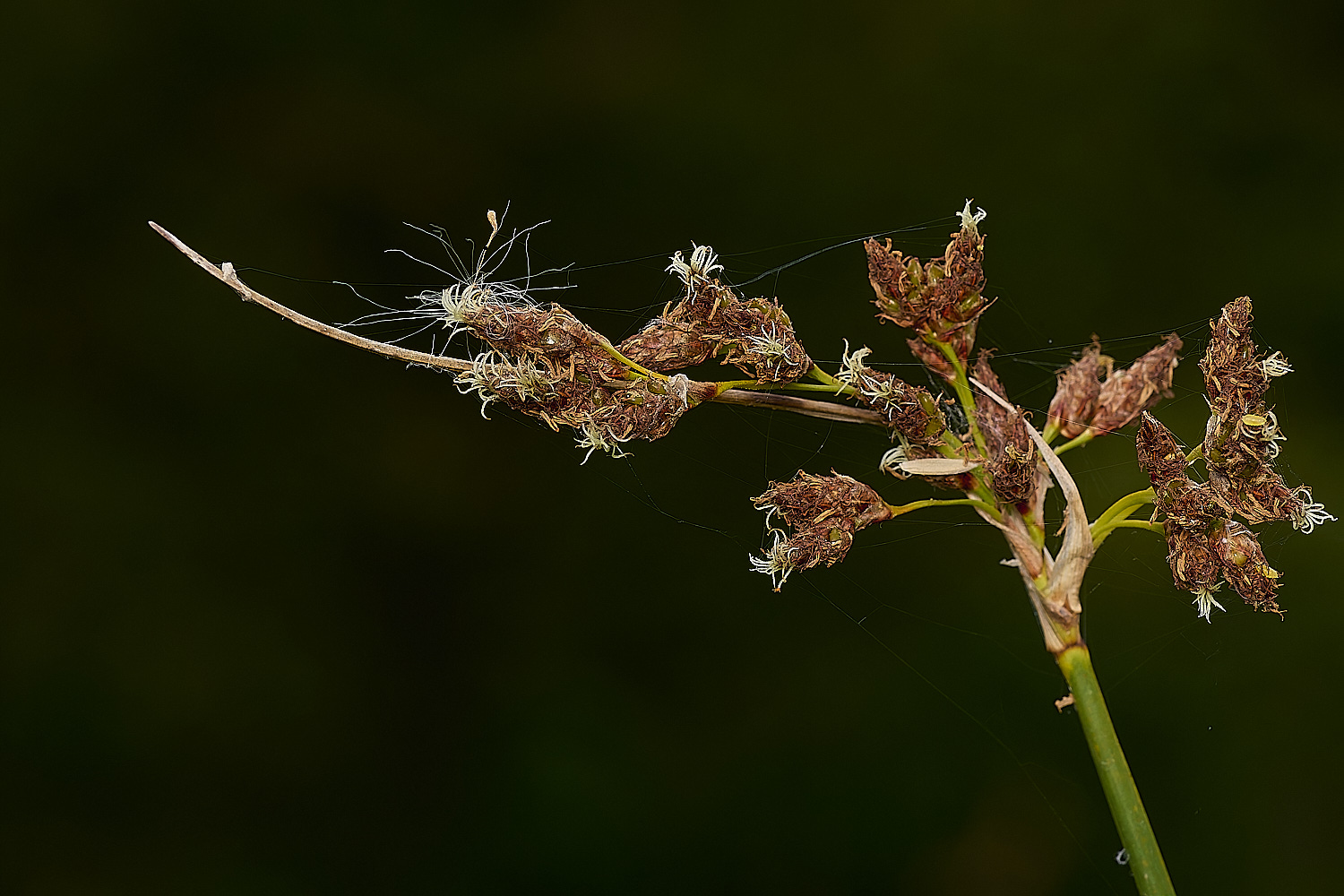
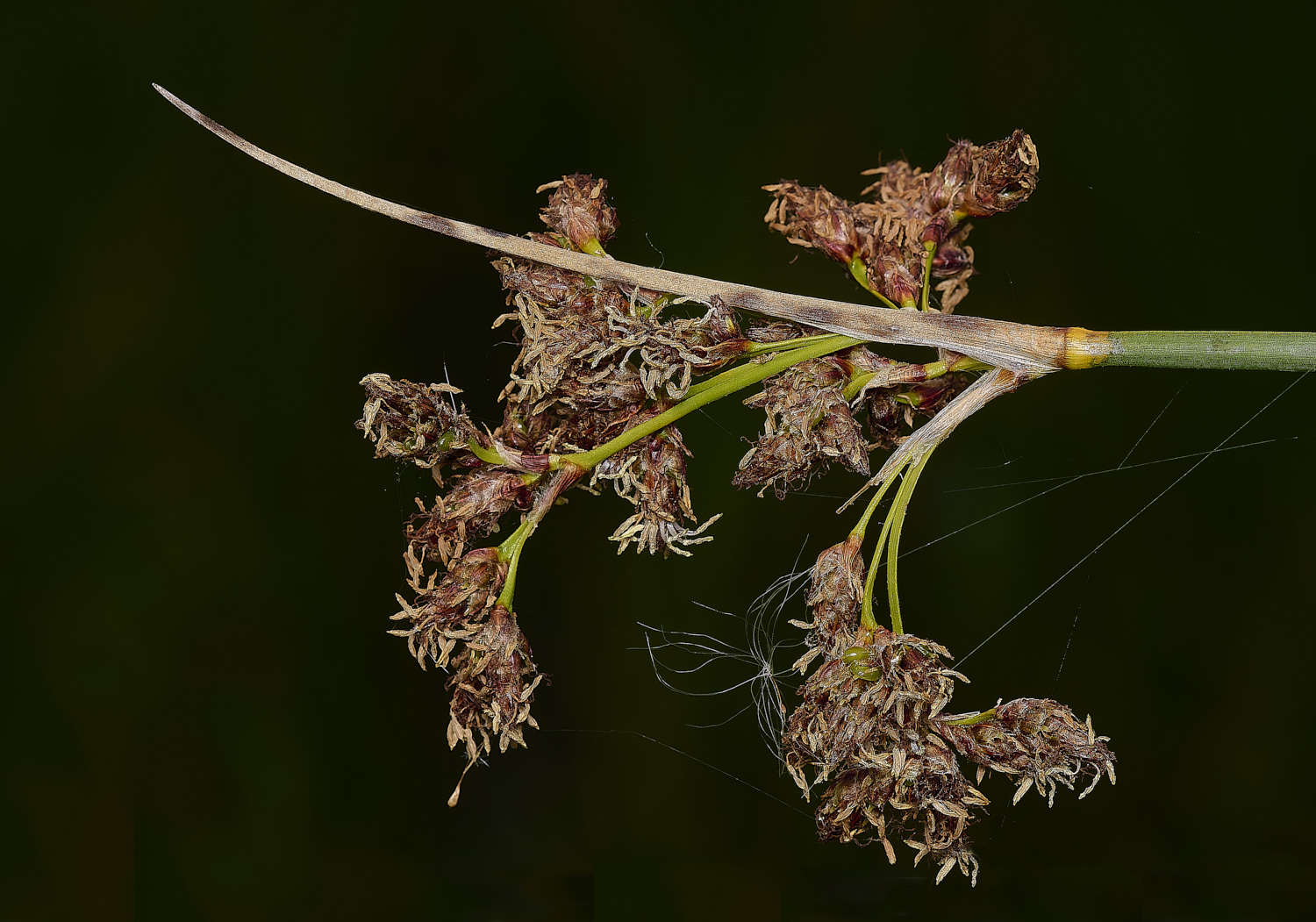
Common Club-rush (Schoenoplectus lacustris)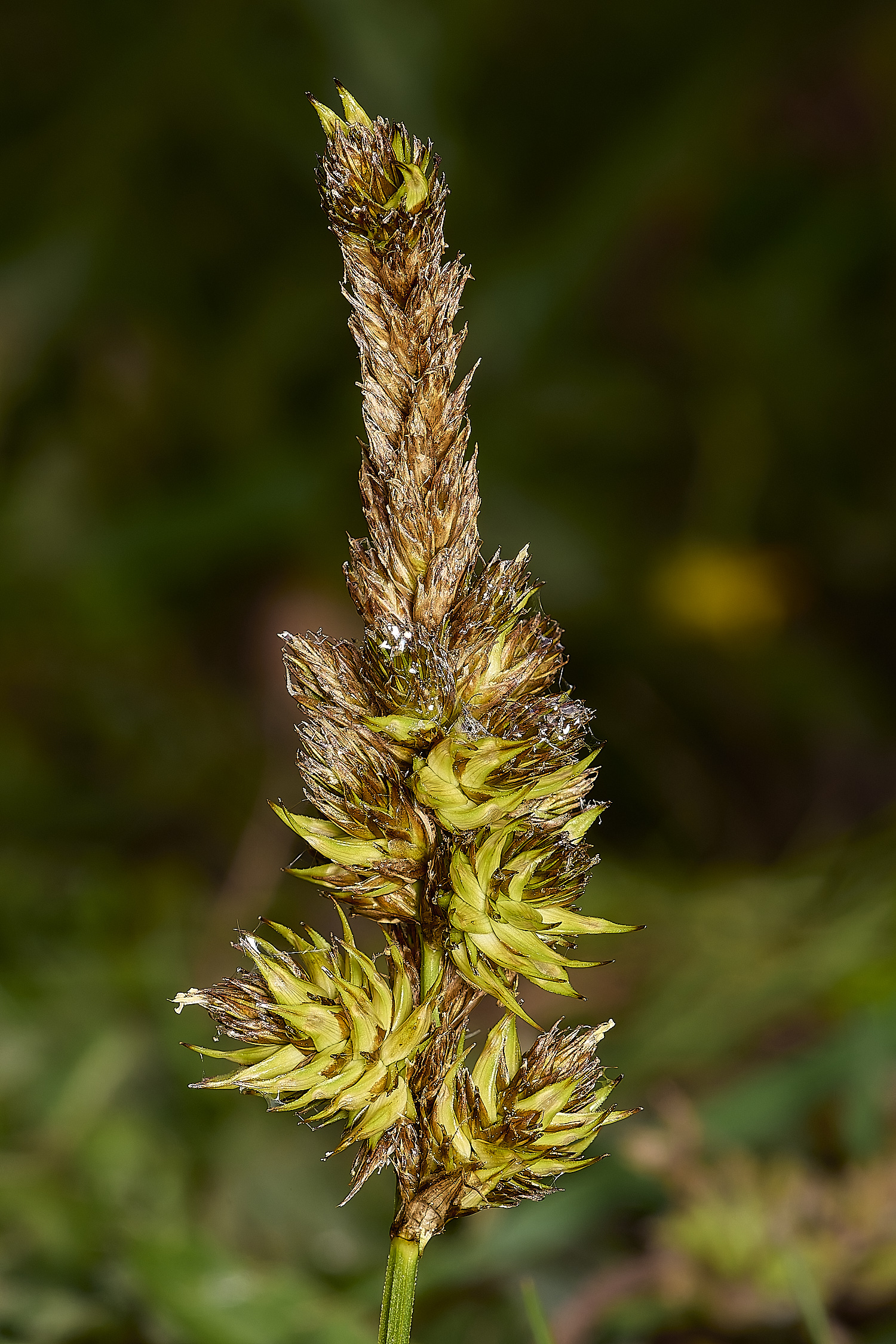
?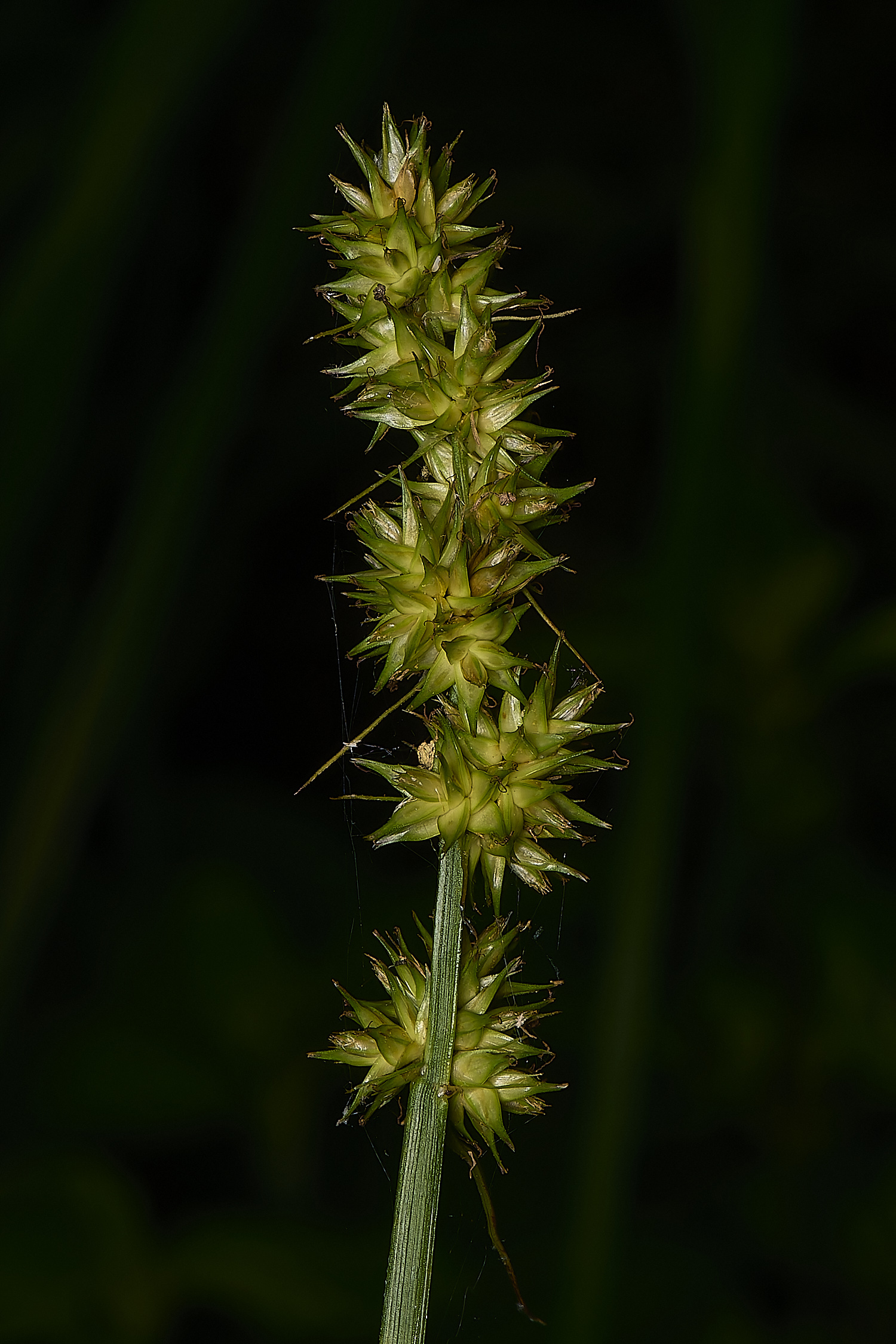
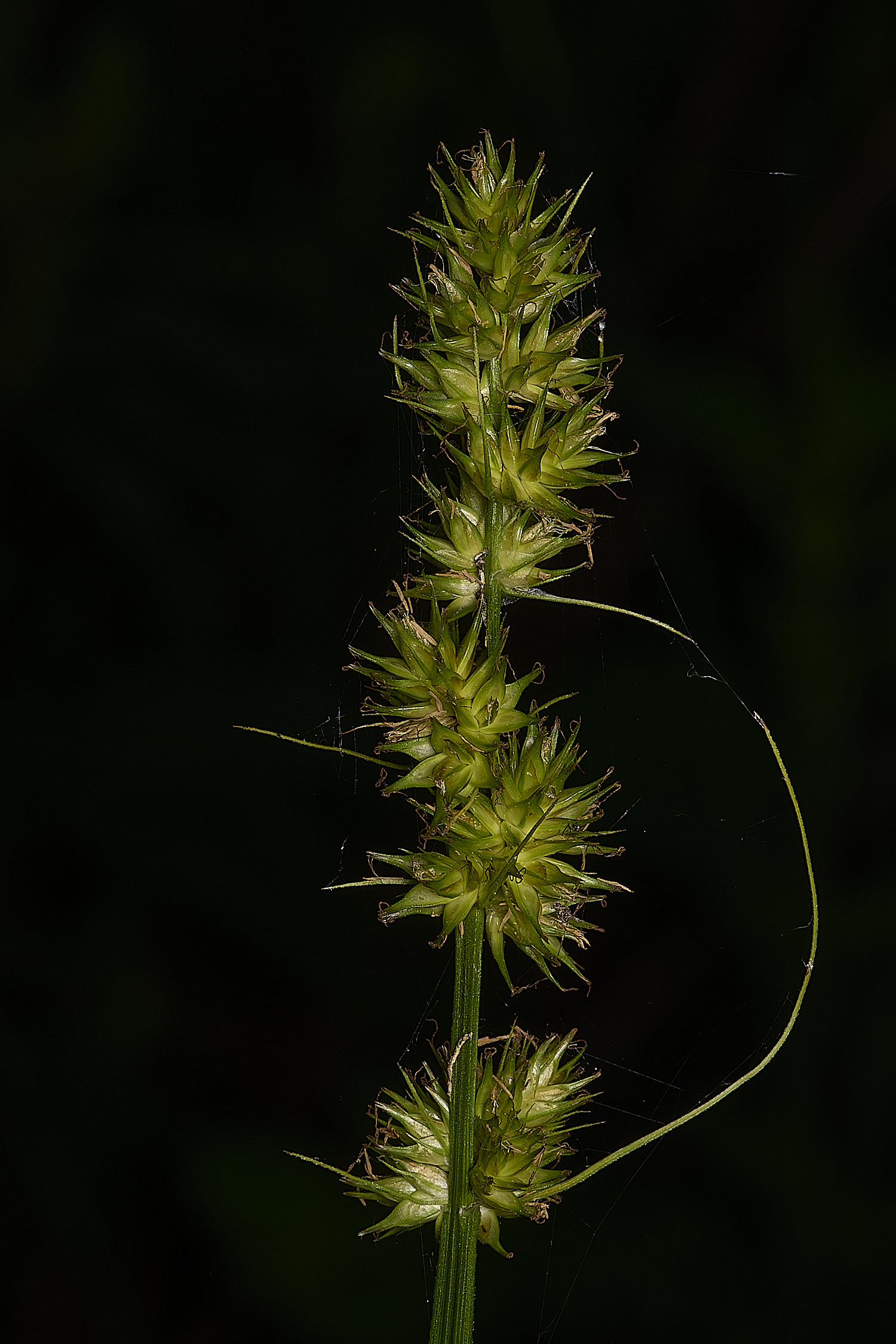
False Fox Sedge (Carex otrobae)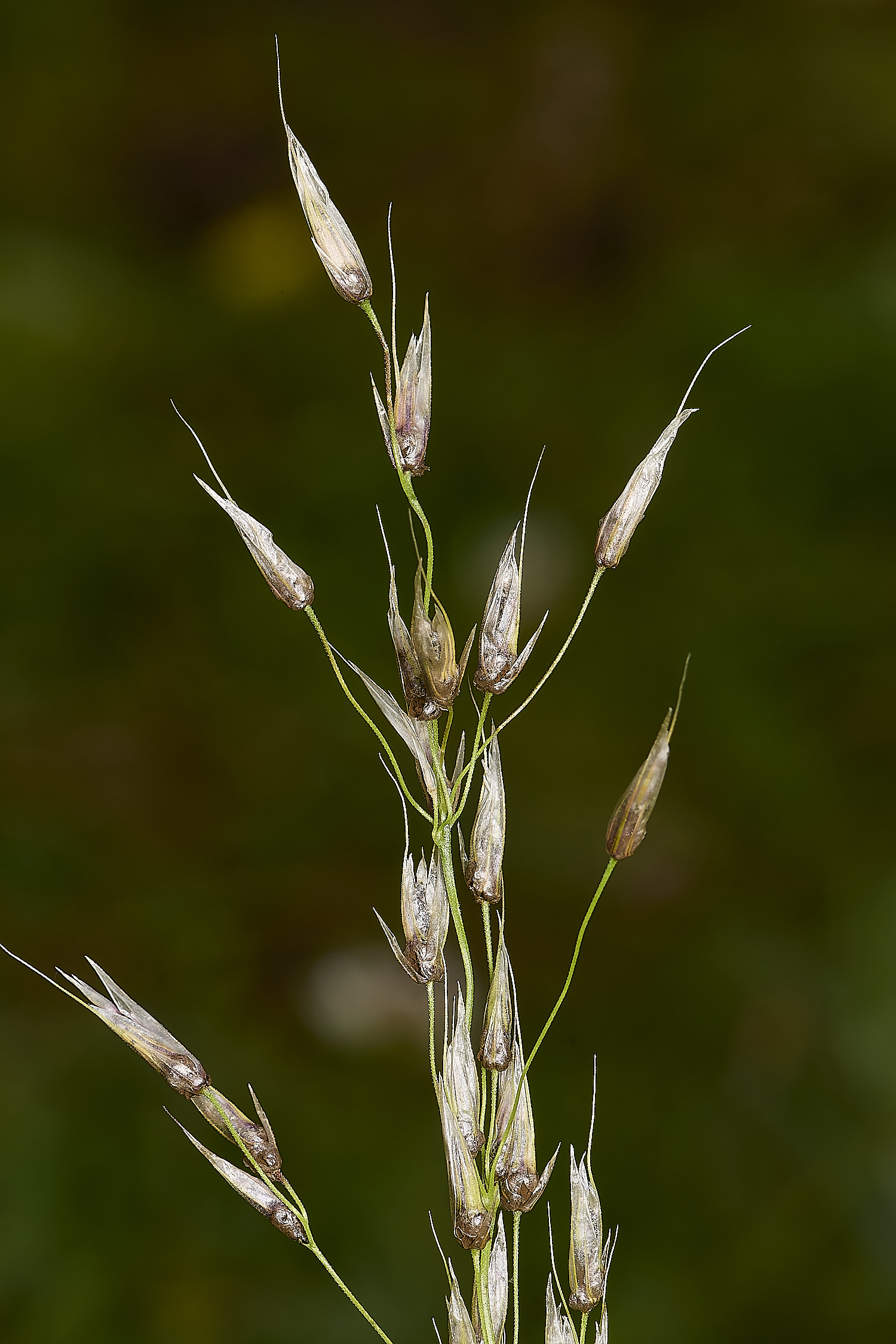
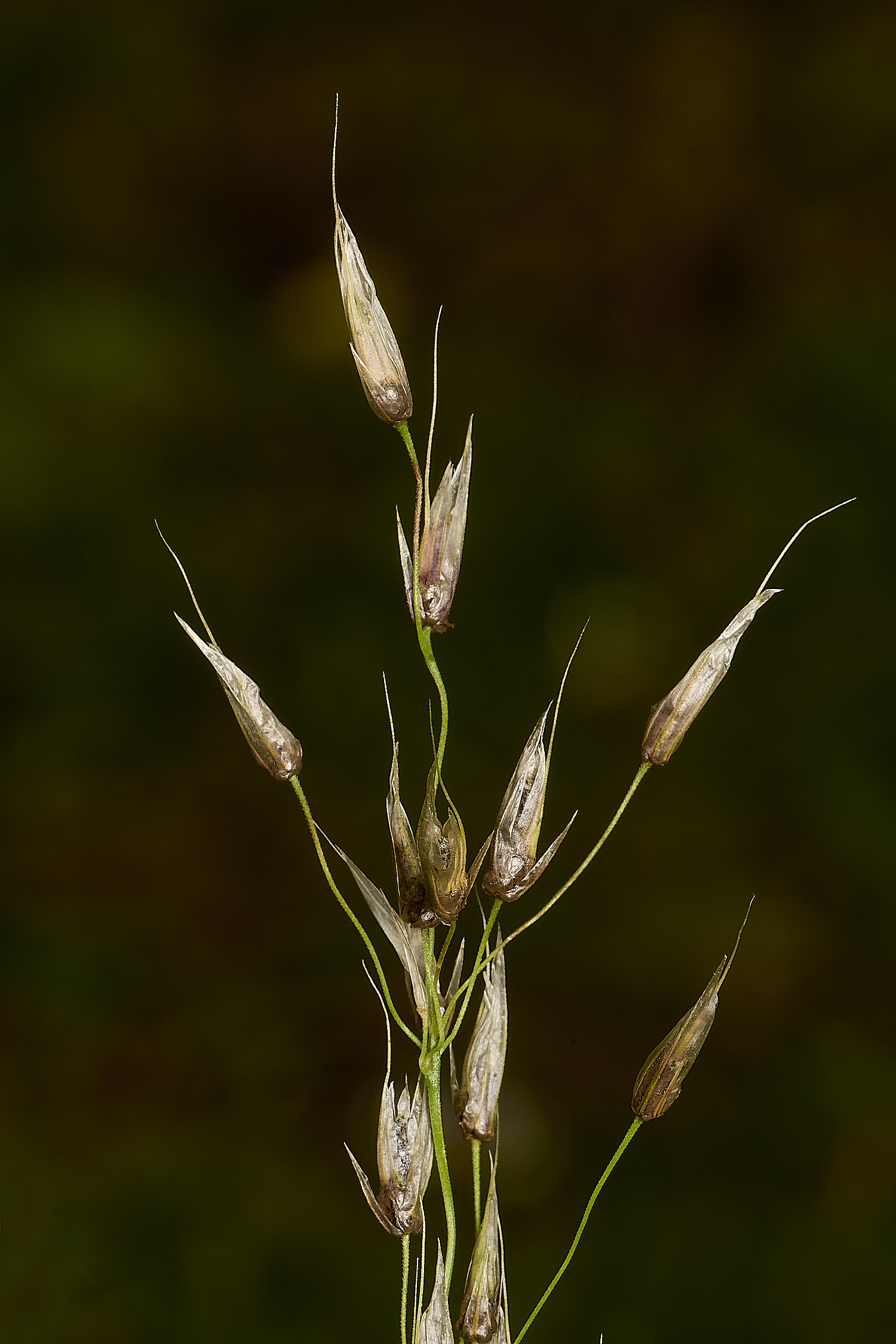
Smut Fungus (Ustilago avenae) infects the spikelets of Oats and in this case False Oat Grass (Arrhenatherum elatius),
causing blackening of the seeds, which will eventually destroy them.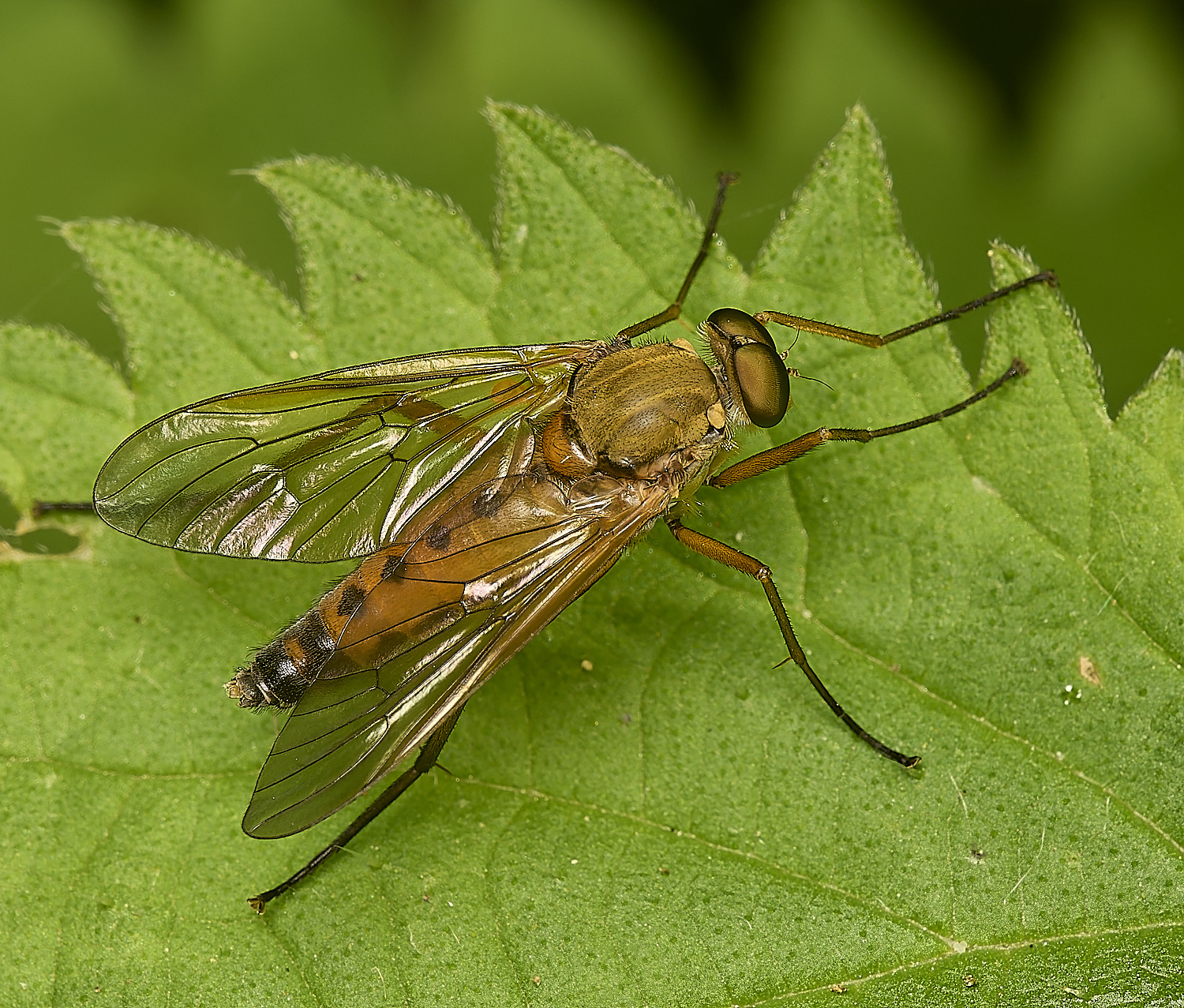
Snipe Fly Sp
No dark wing stigma. The only UK Rhagio Sp that doesn't have them.
Thus
Rhagio tringarius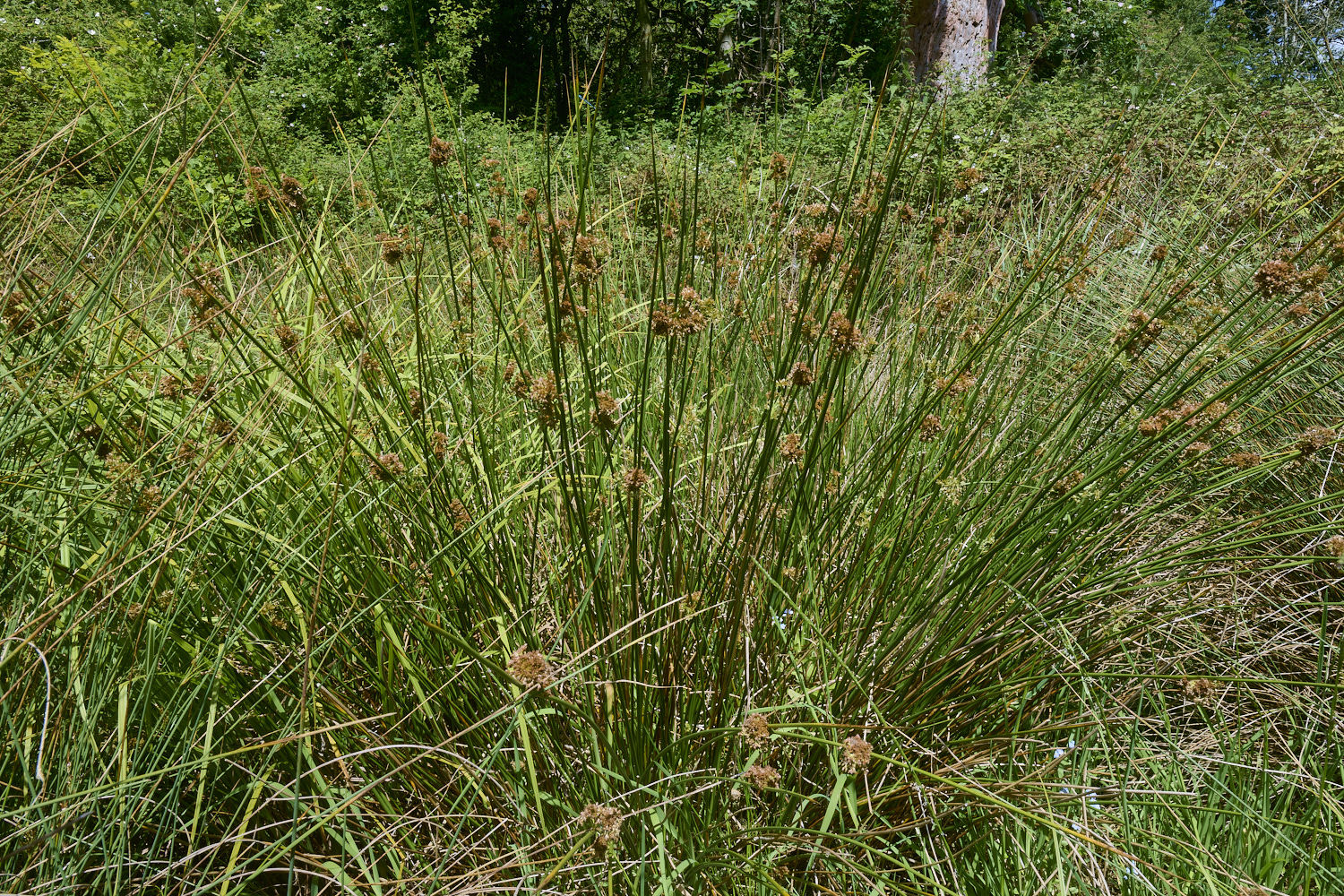
Soft Rush (Juncus effusus)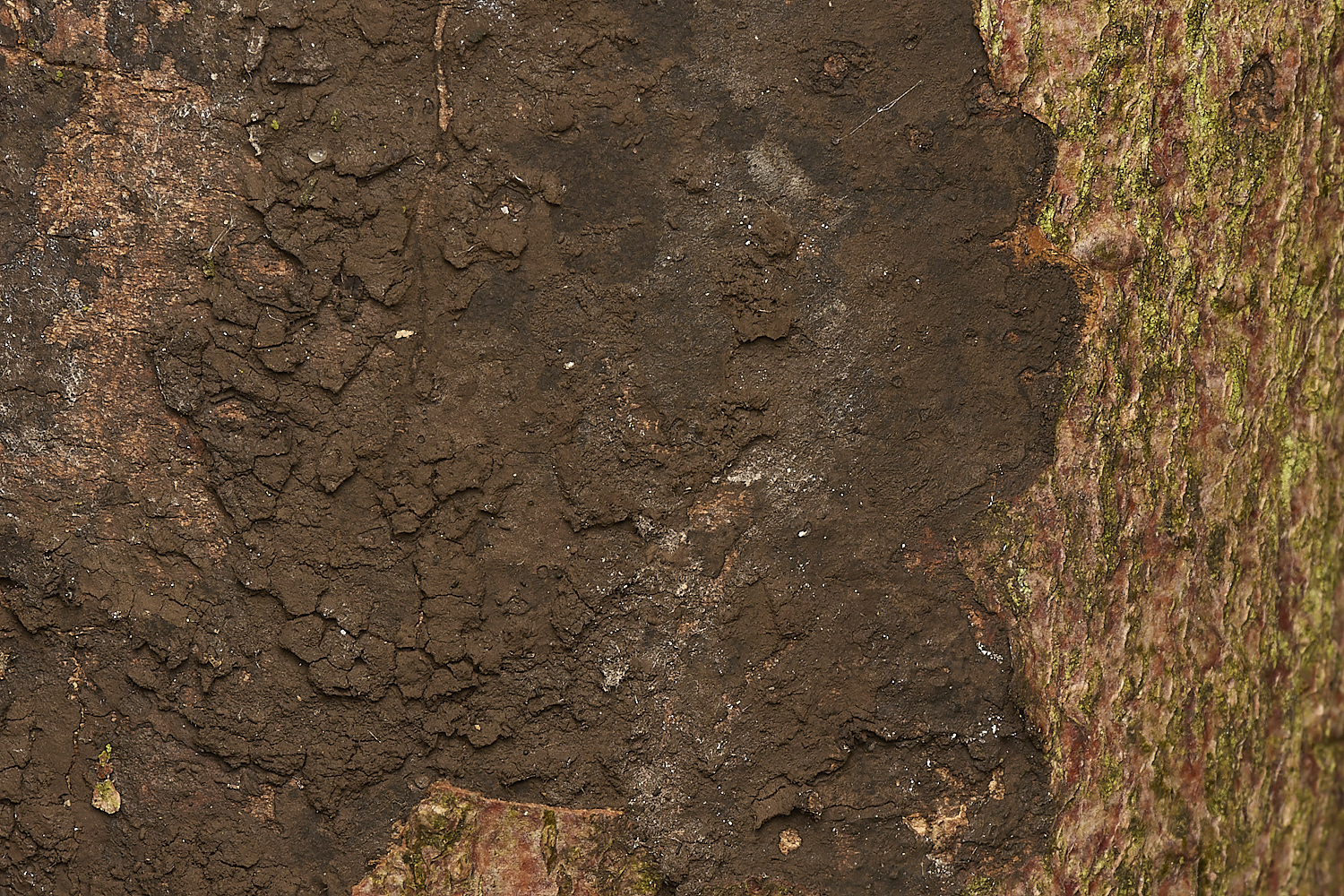
Sooty Bark disease caused by Cryptostroma corticale on Sycamore (Acer pseudoplatanus)
Once infected trees are unlikely to be saved.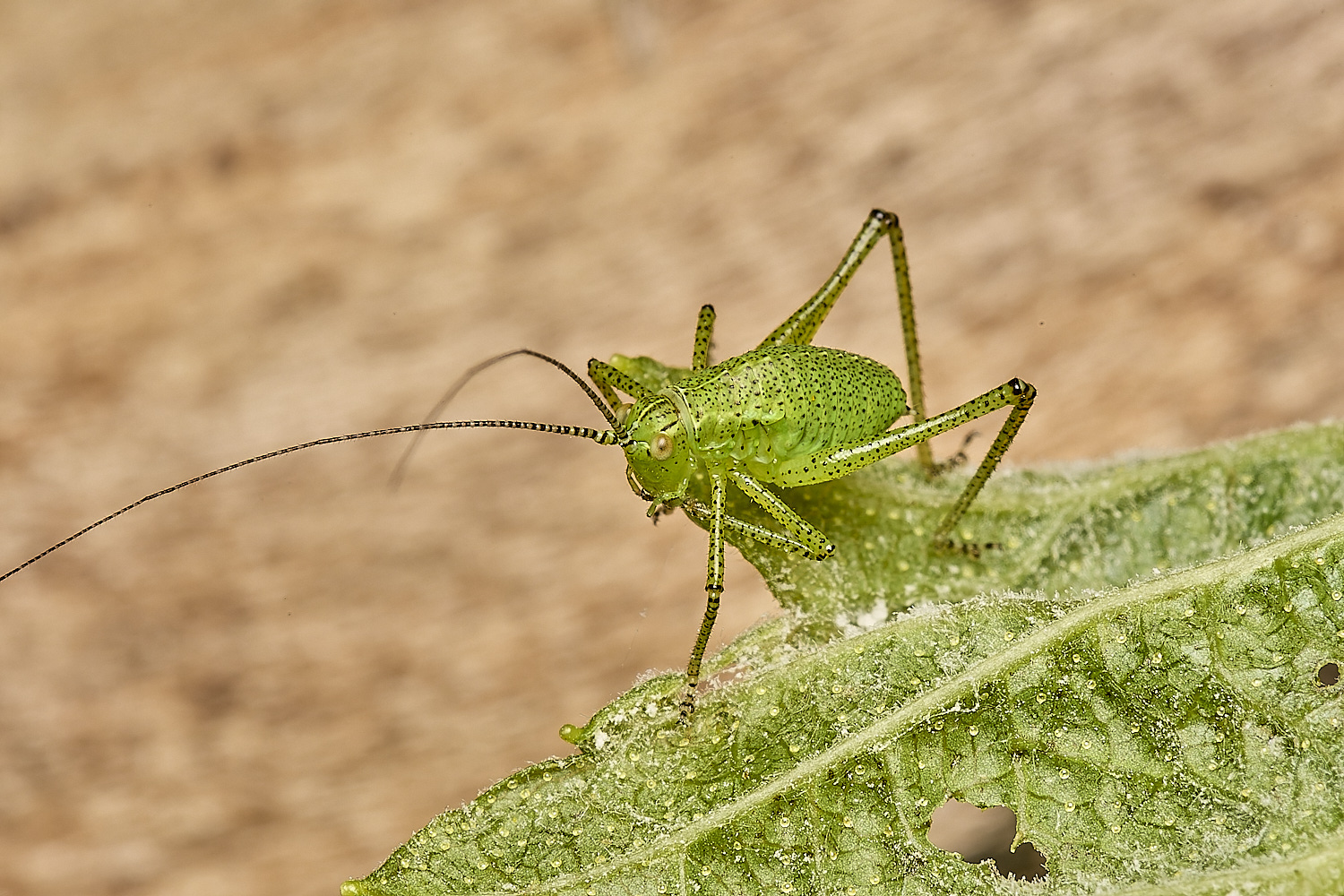
Speckled Bush-cricket (Leptophyes punctatissima)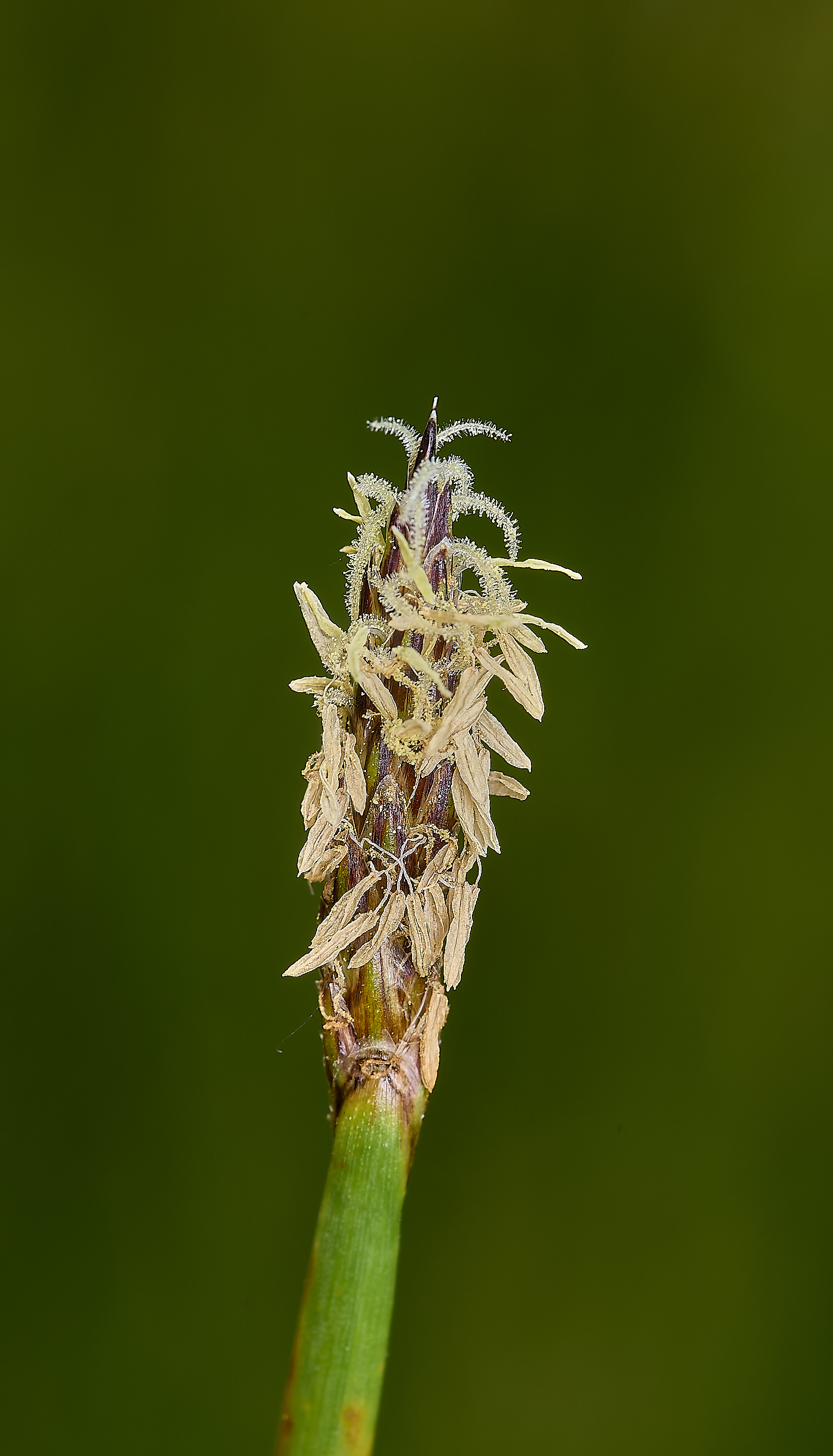
Spike Rush Sp?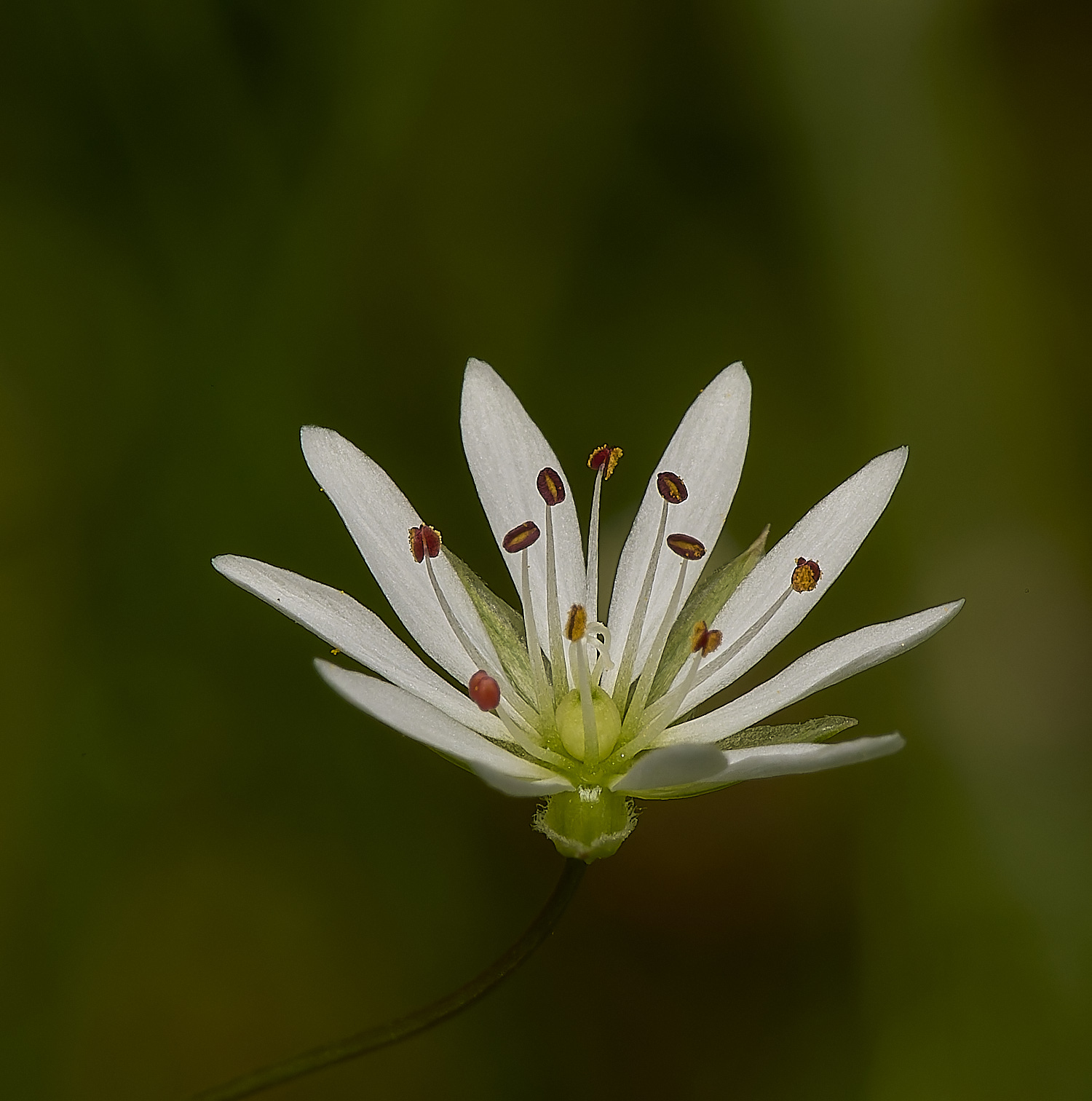
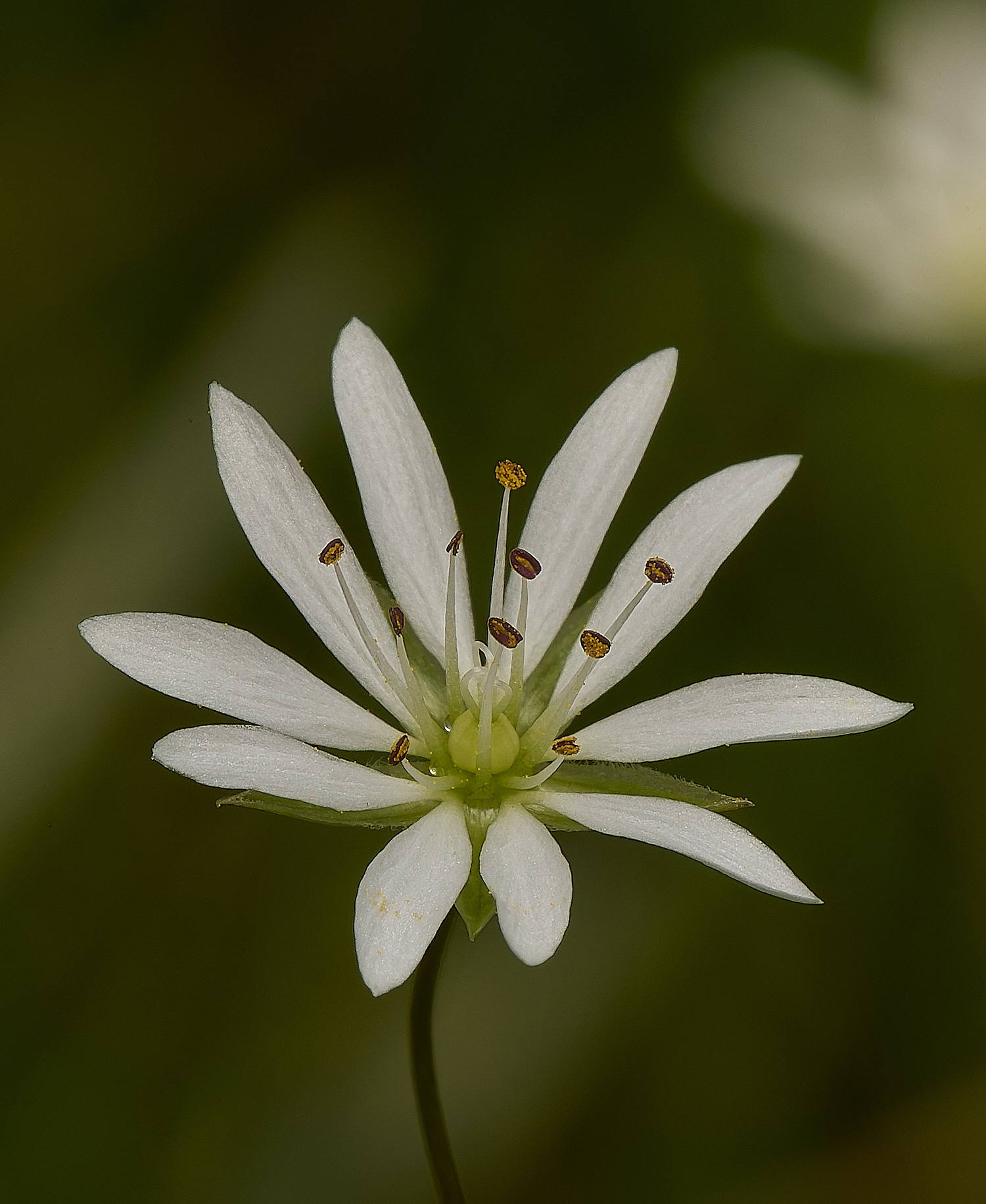
Lesser Stitchwort (Stellaria graminea)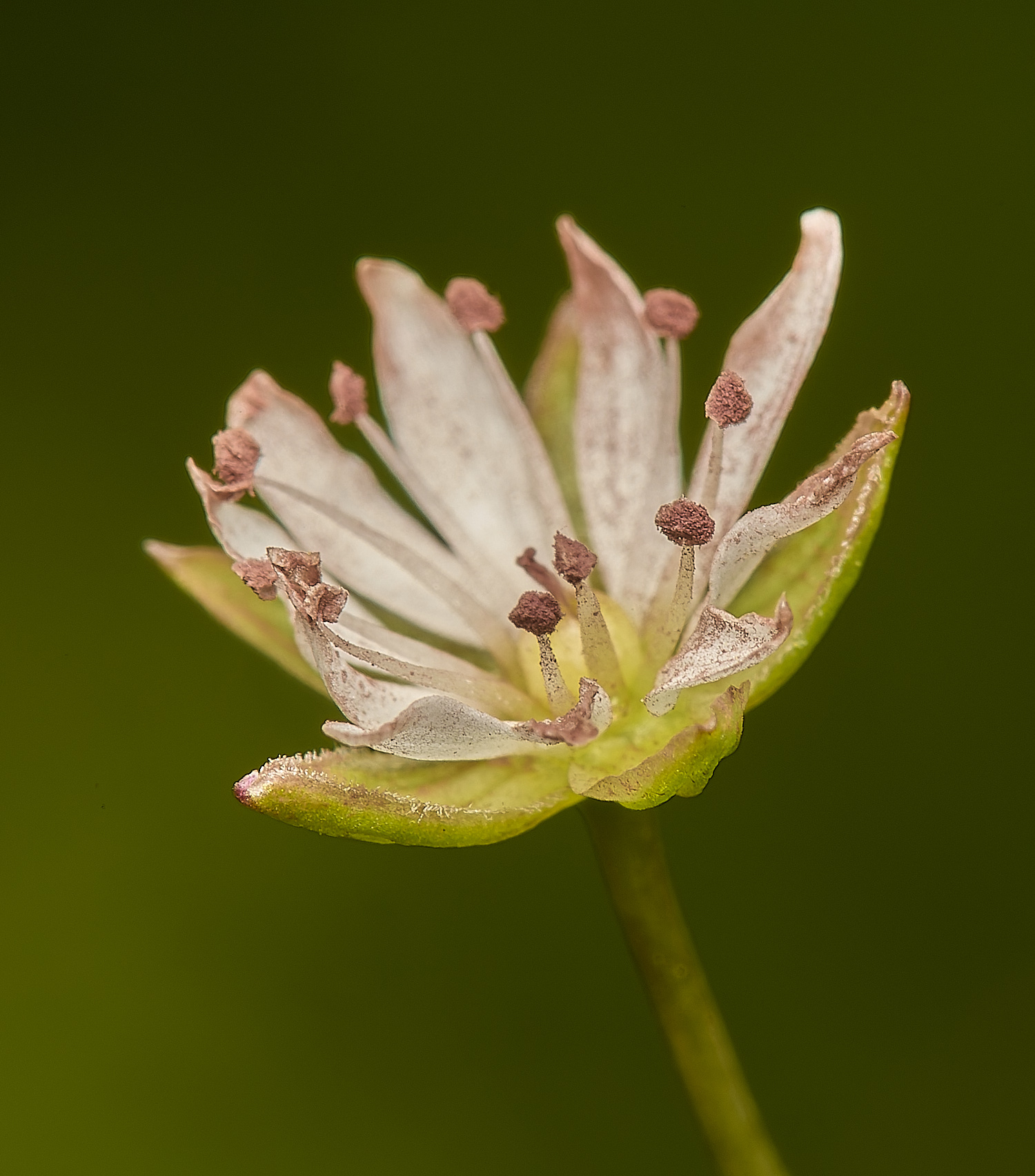
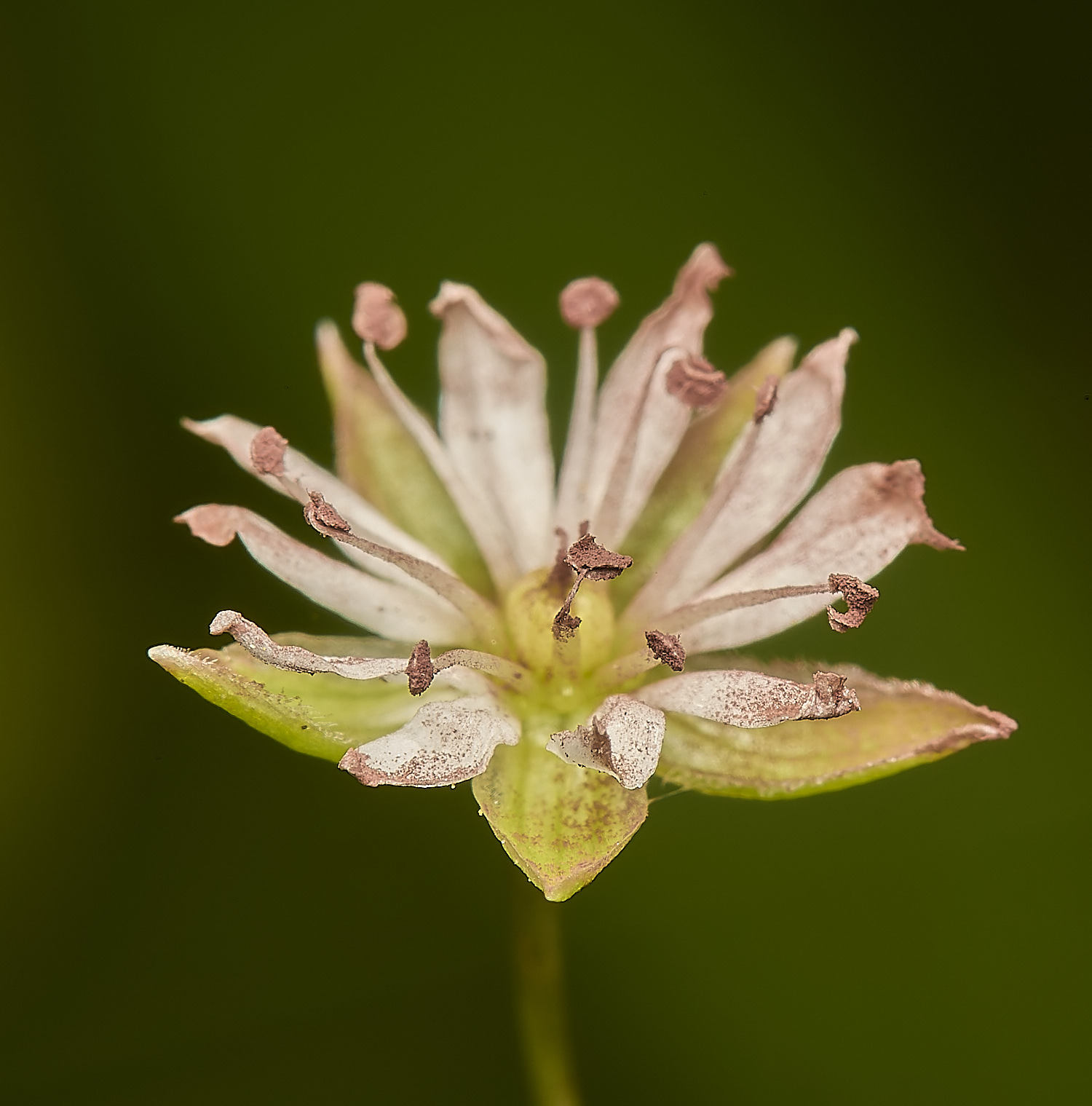
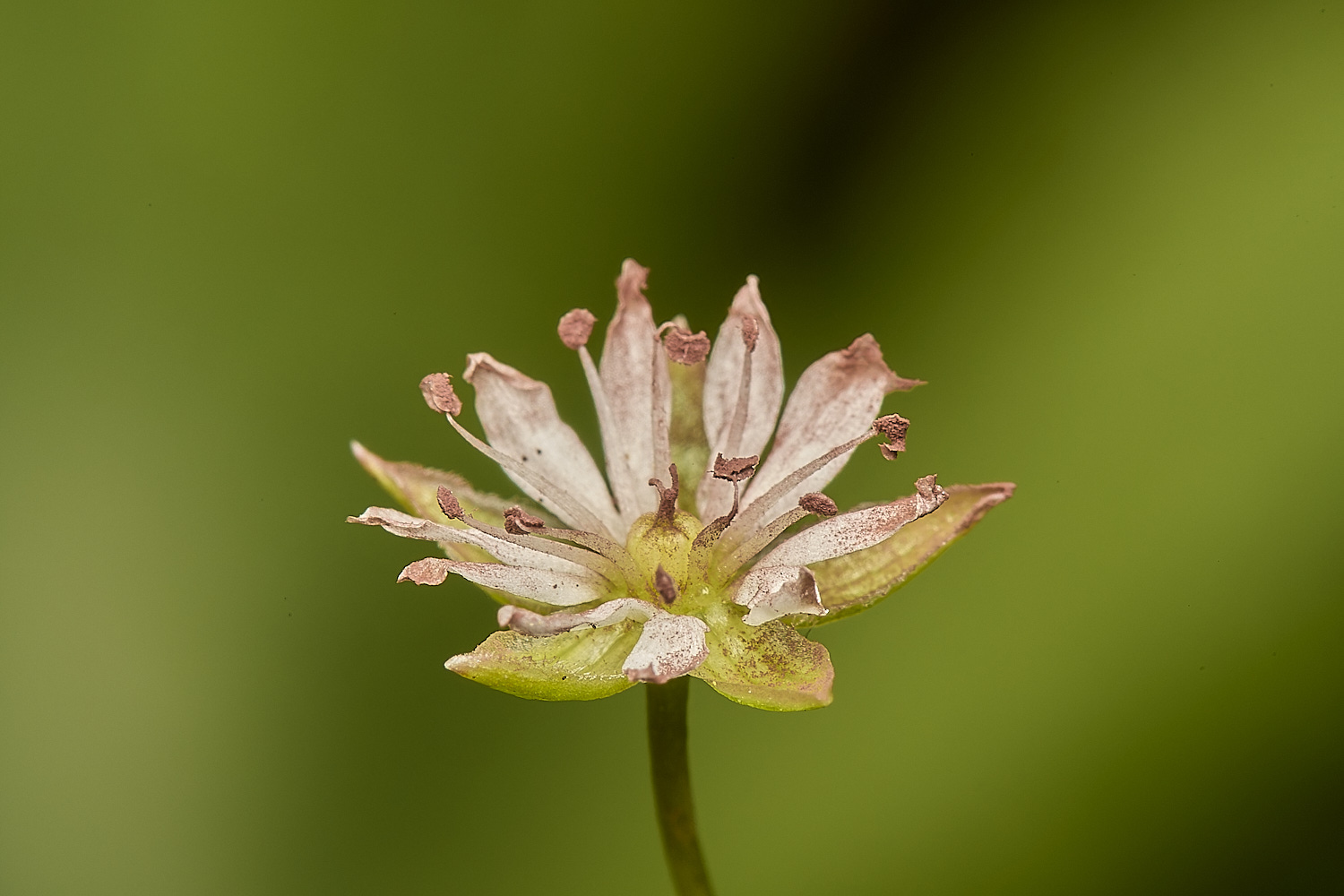
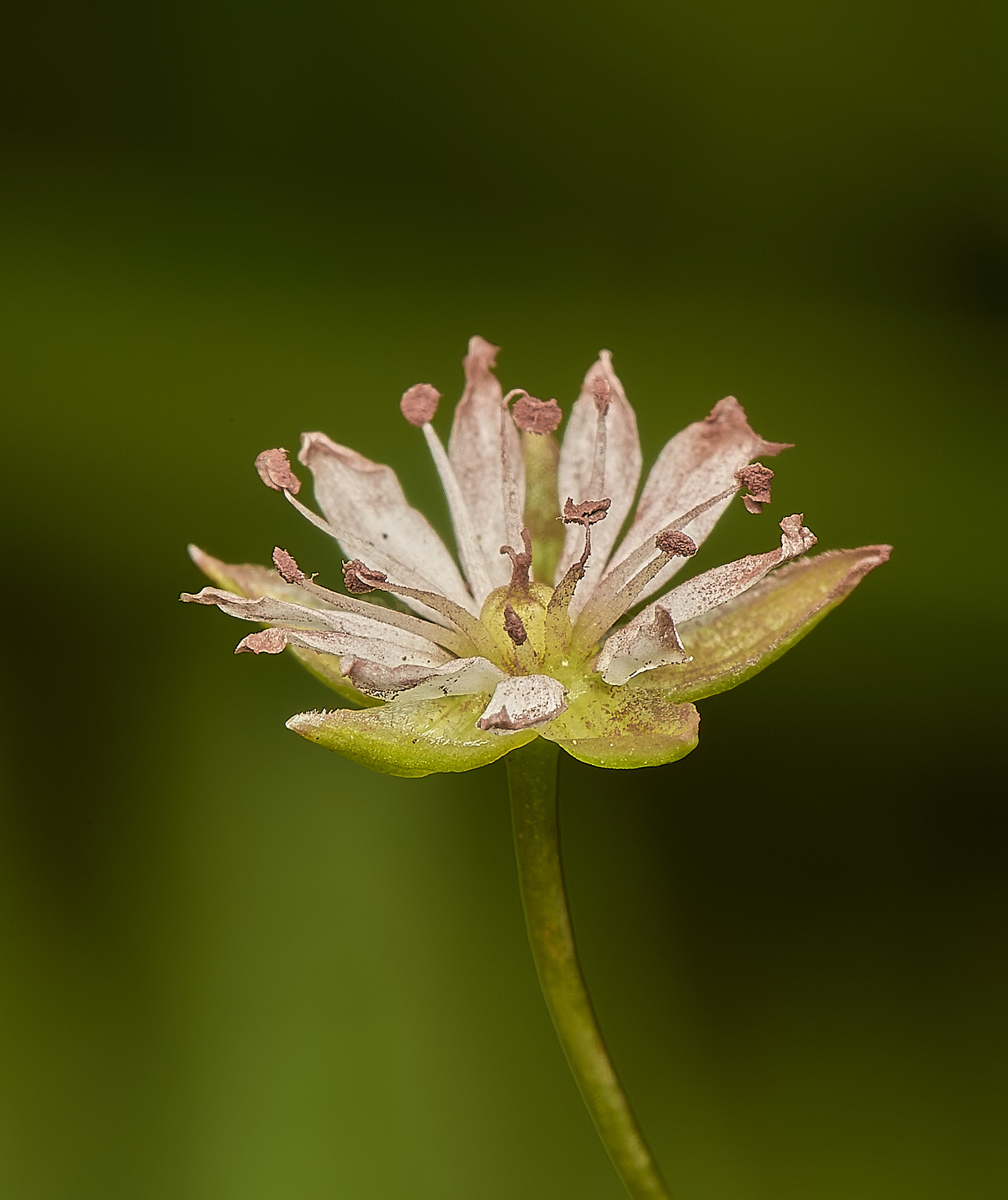
Anther Smut (Microbotryum stellariae) on Lesser Stitchwort (Stellaria graminea)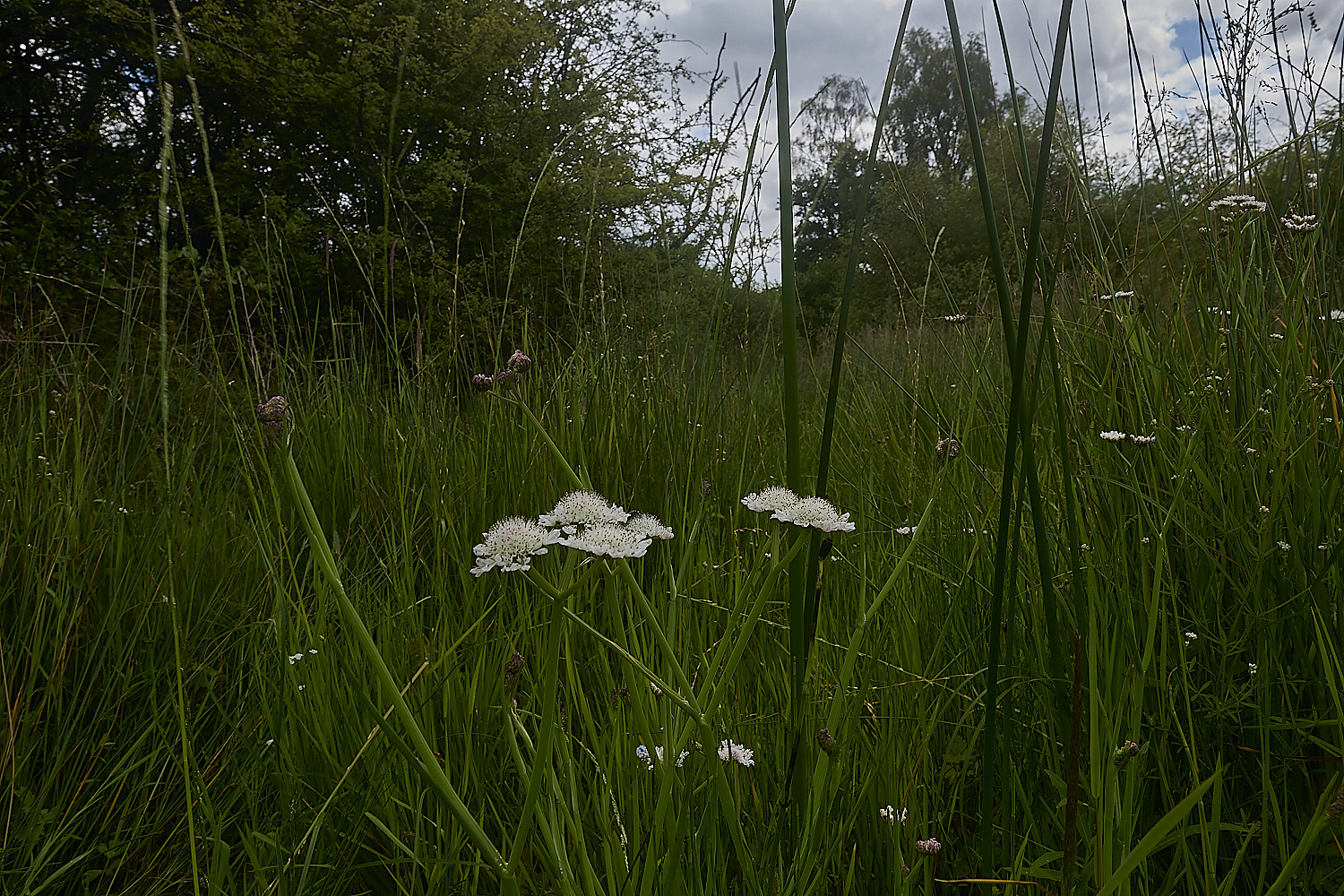
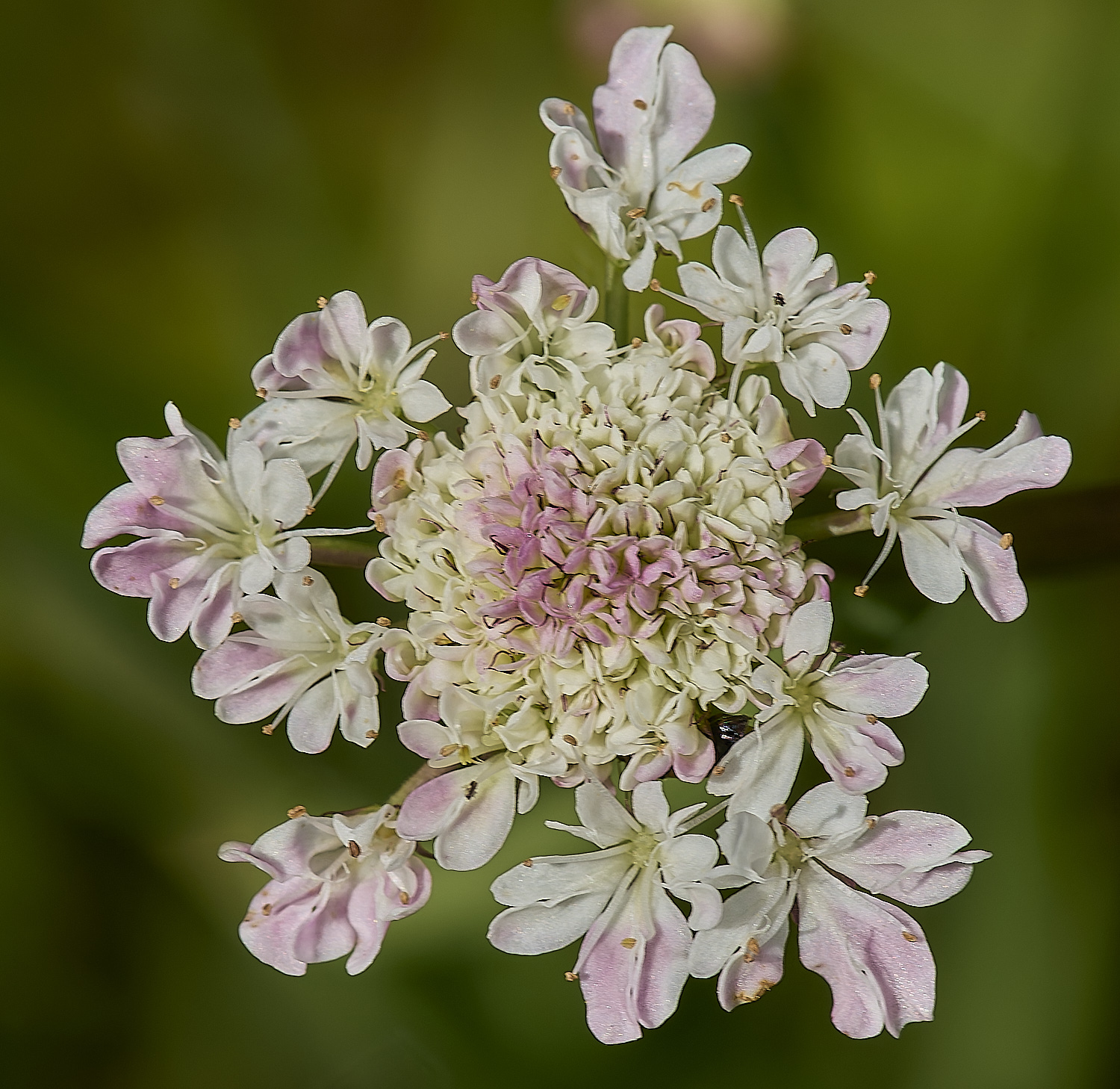
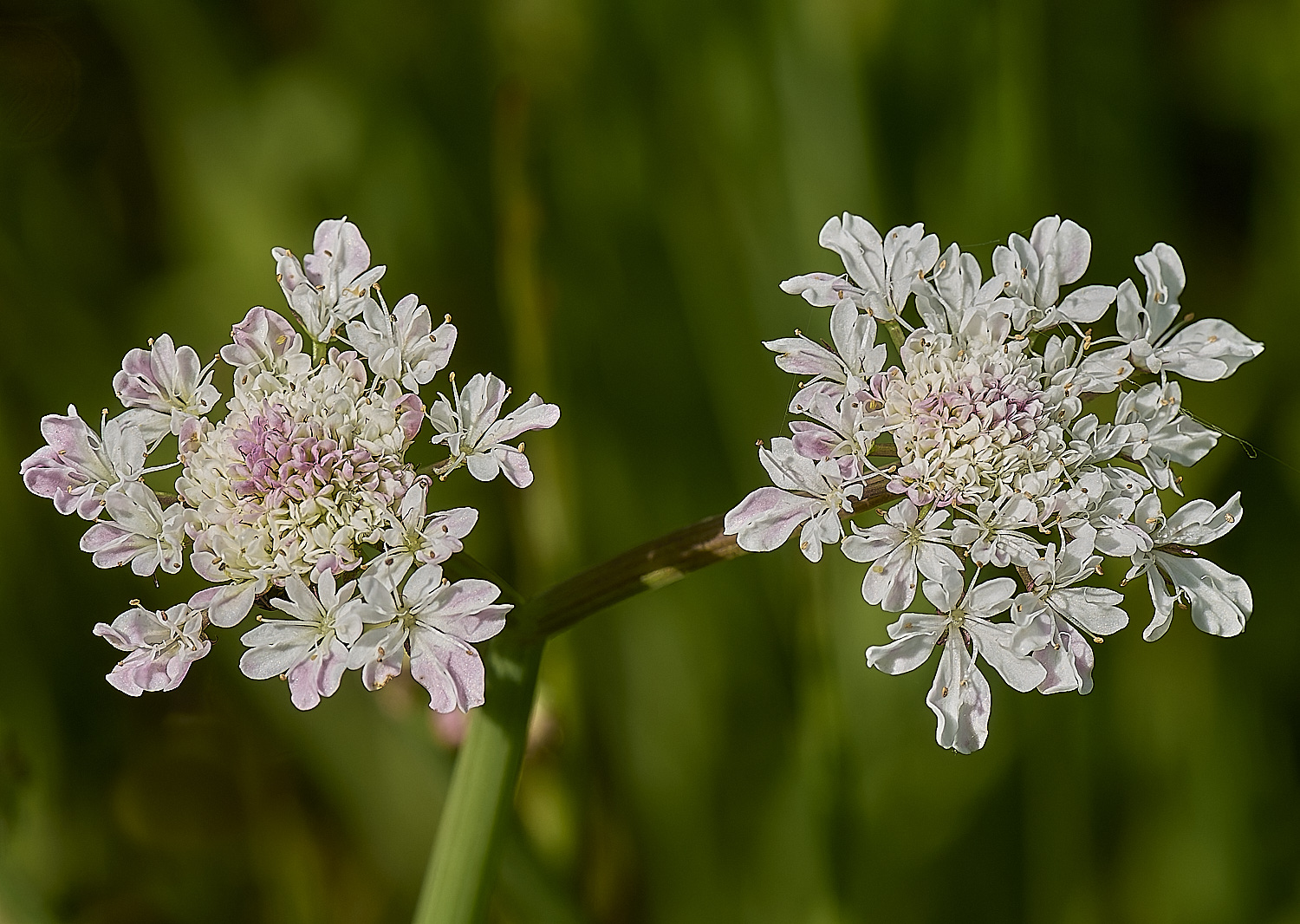
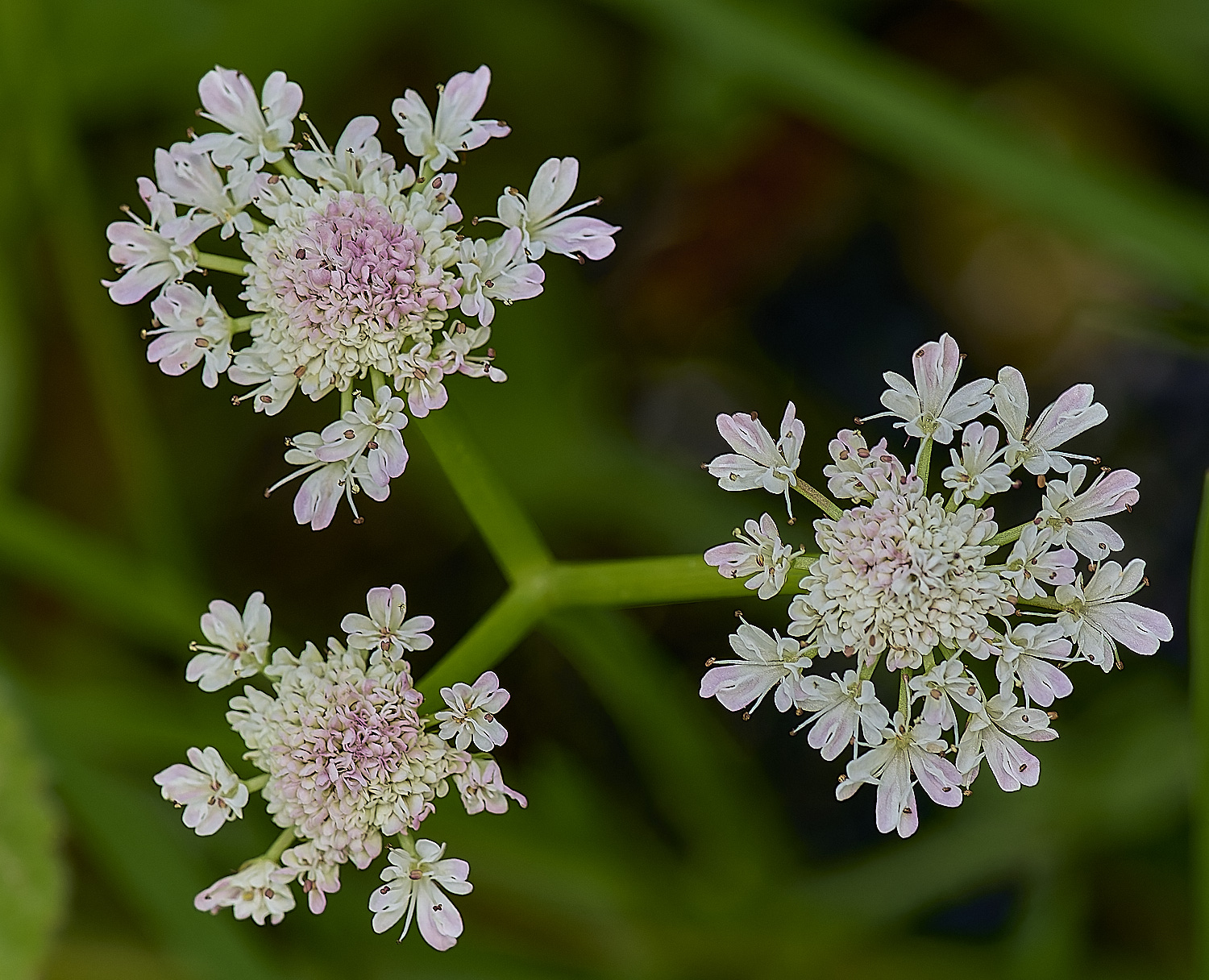
Tubular Water Dropwort (Oenanthe fistulosa)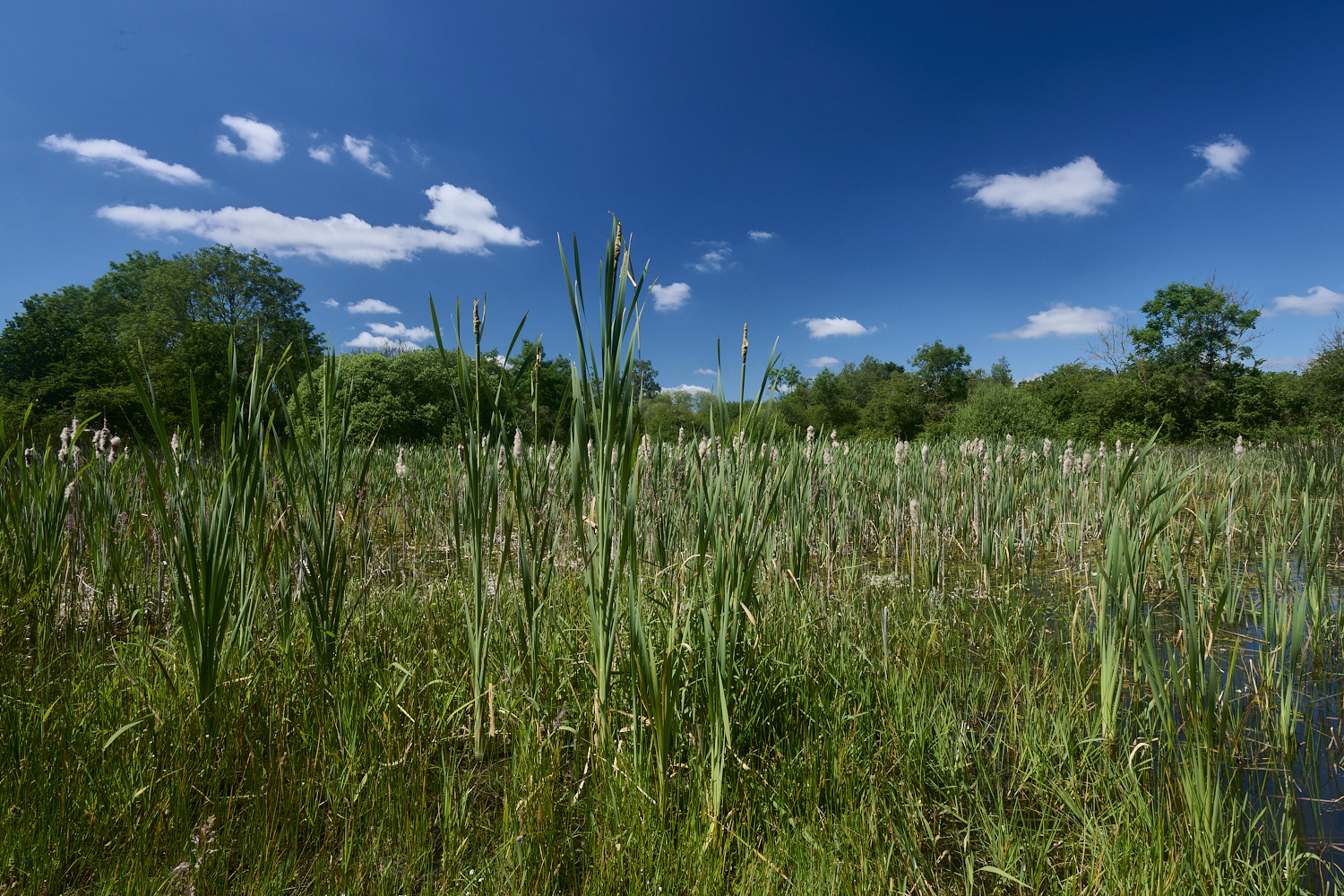
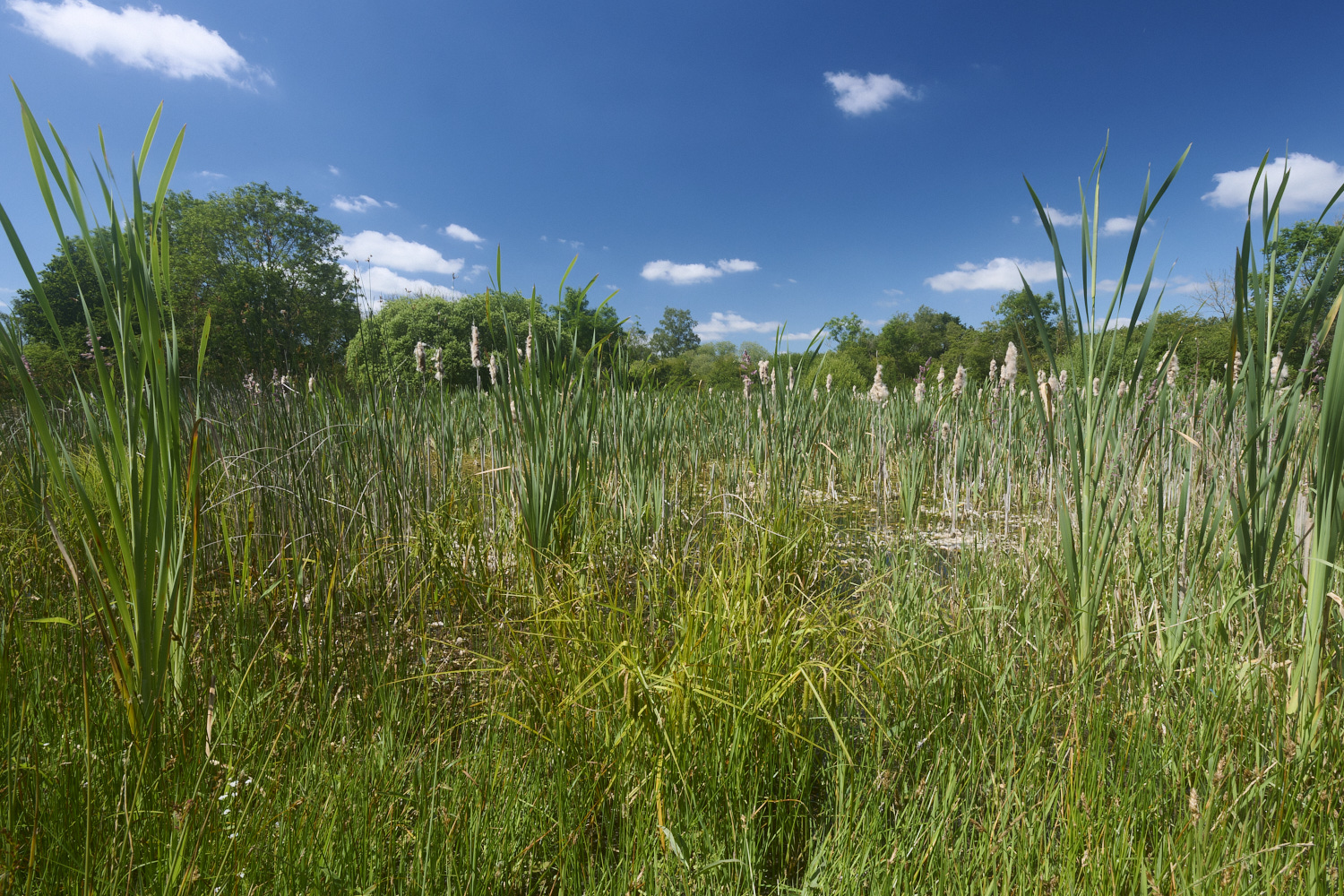
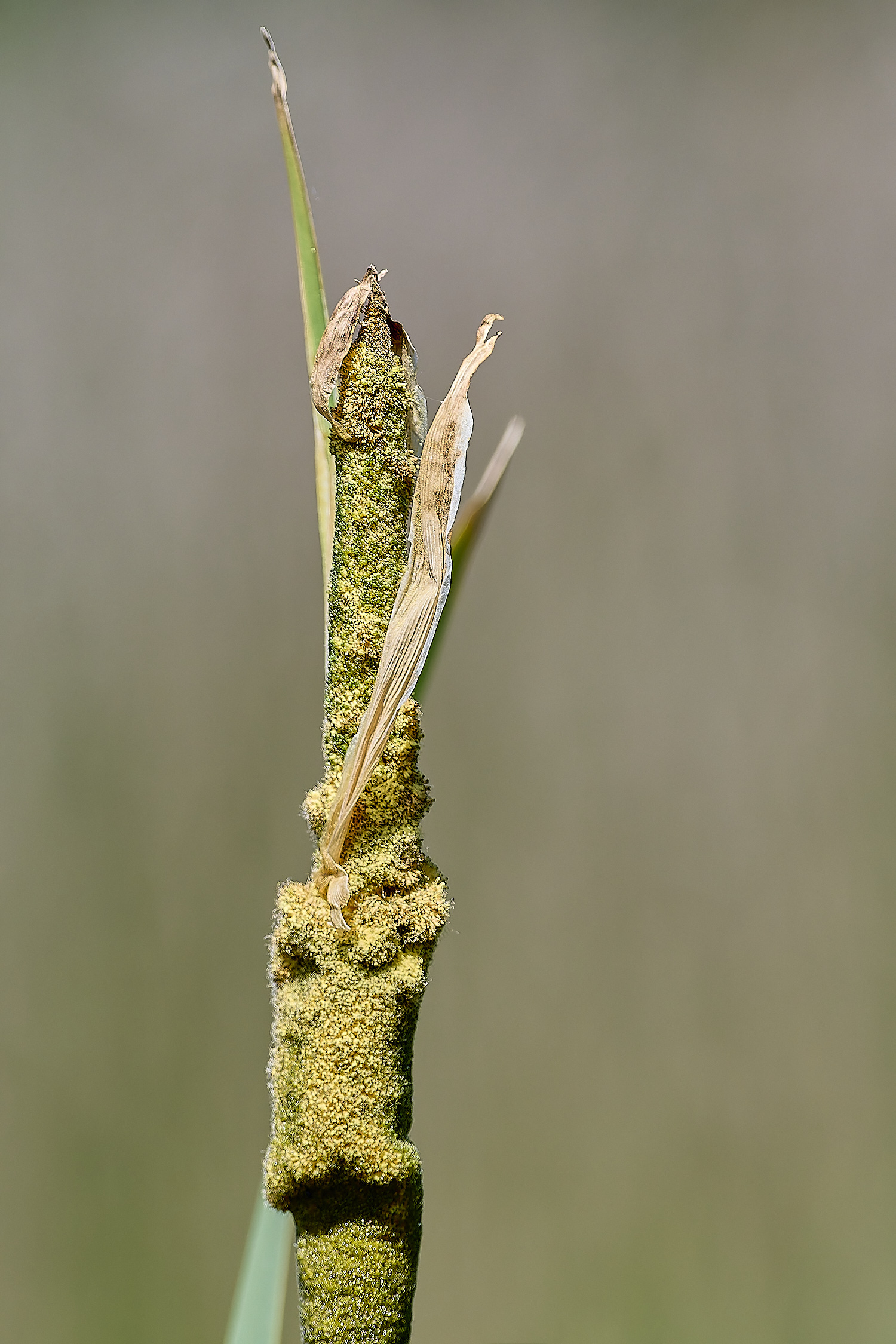
Cat Tail (Typha latifolia)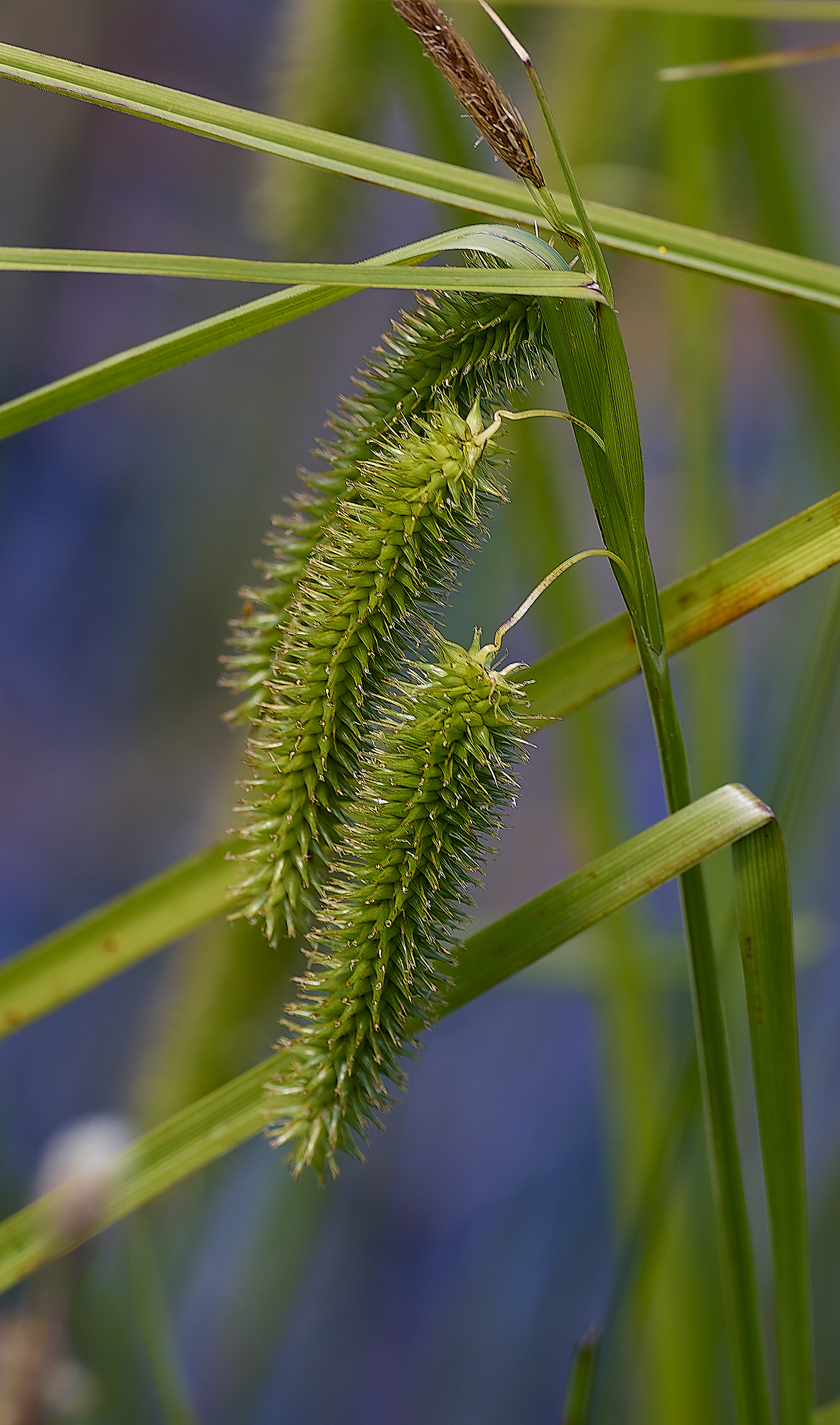
Cyperus/Hop Sedge (Carex pseudocyperus)
